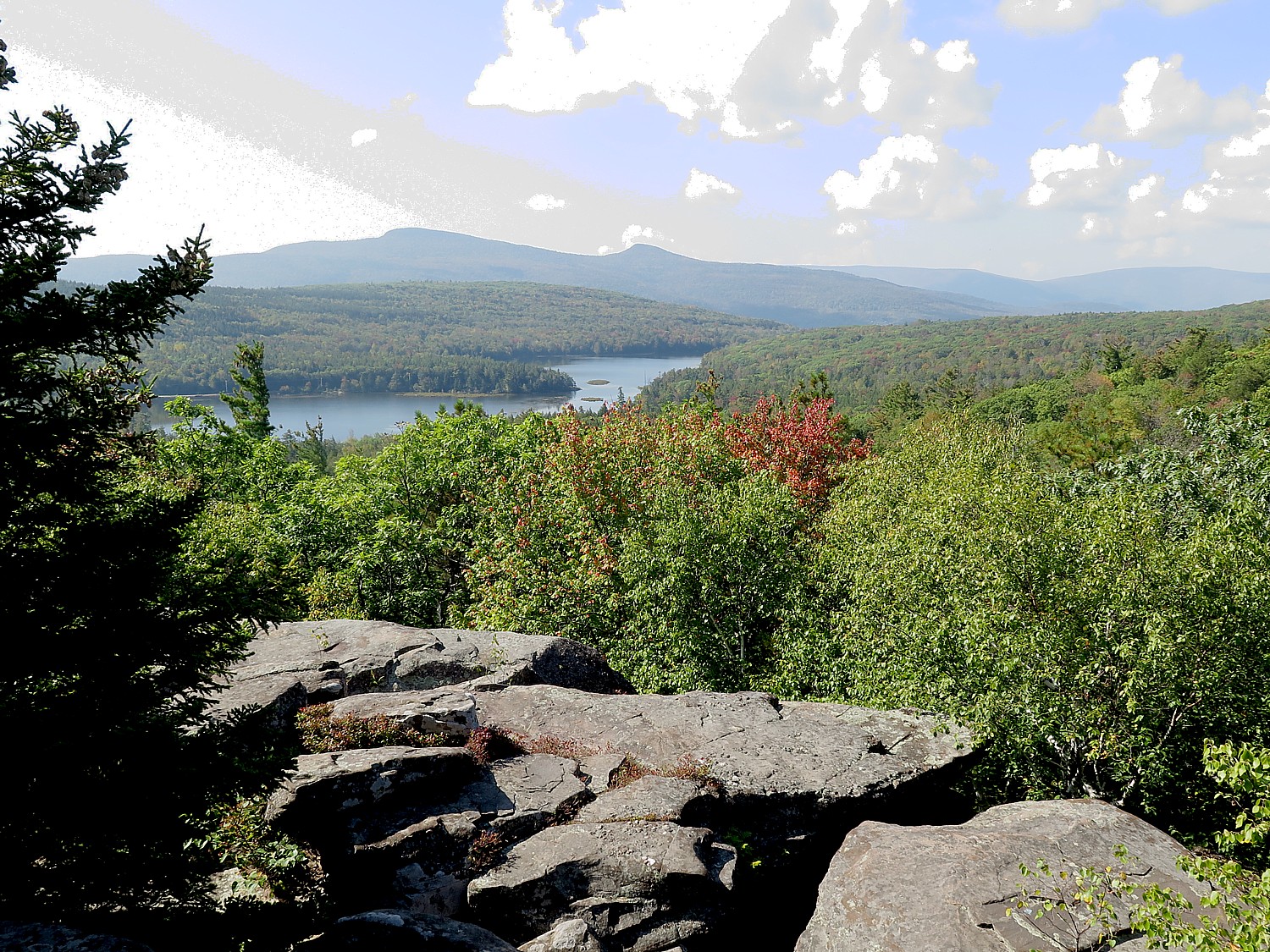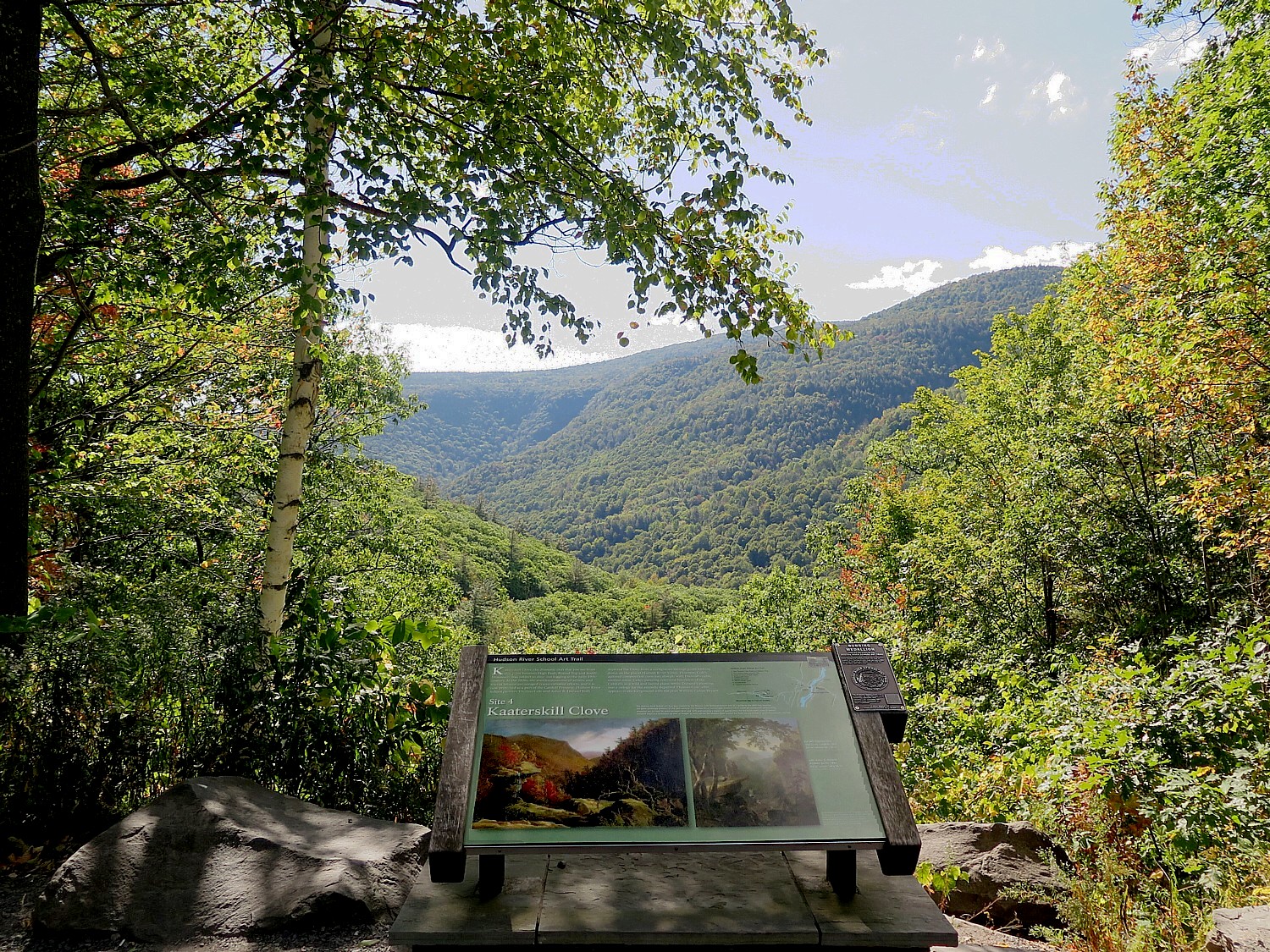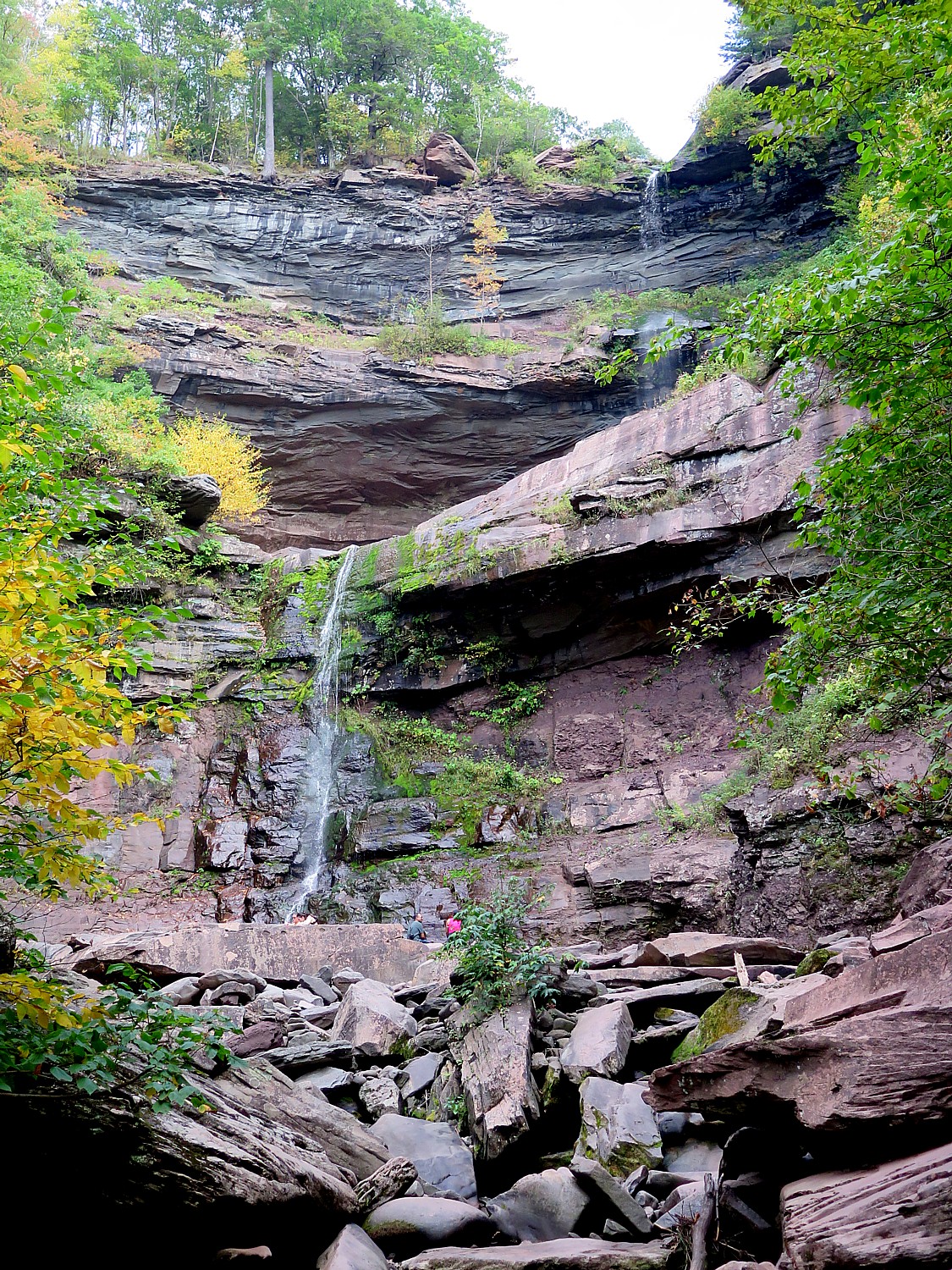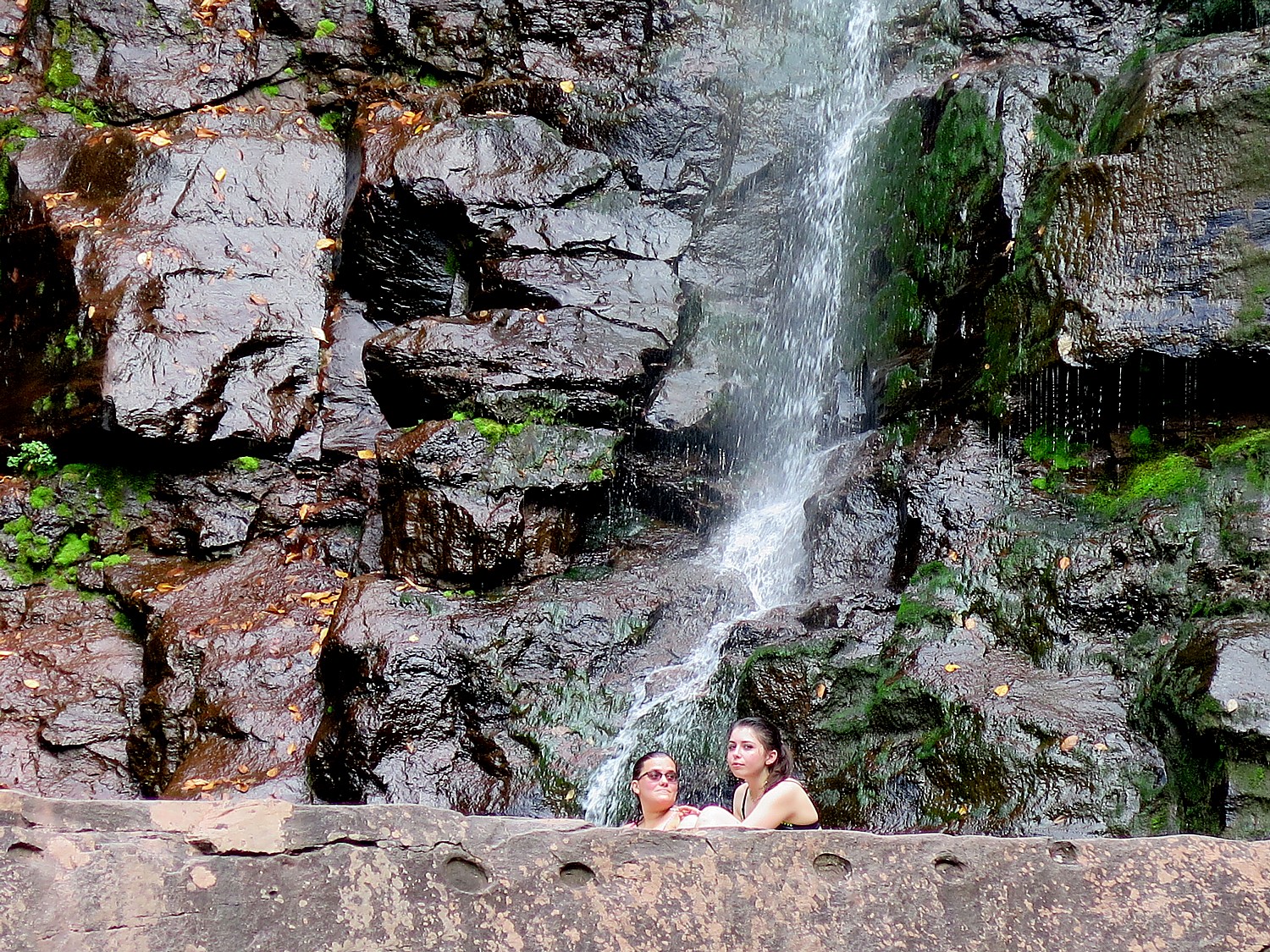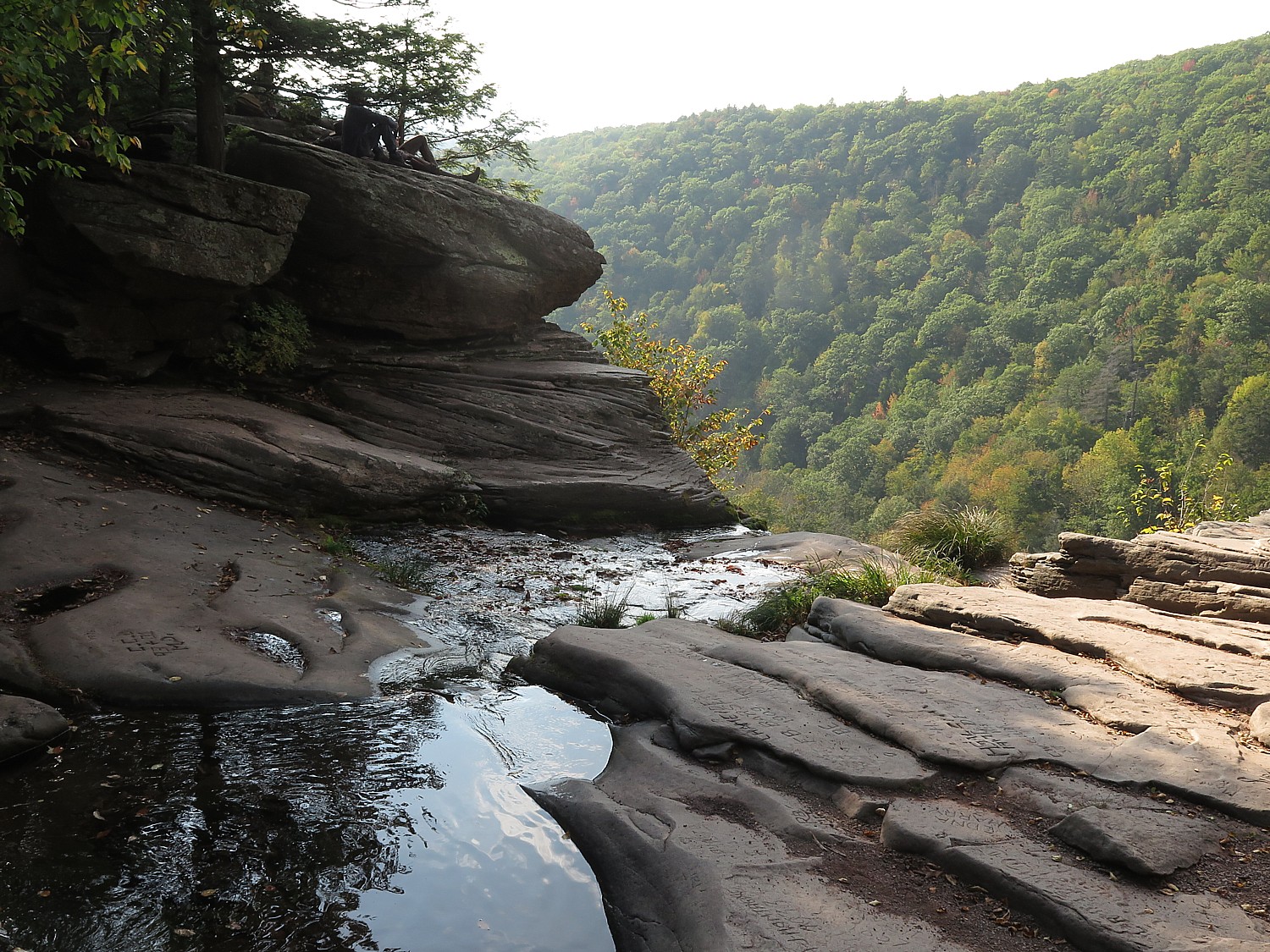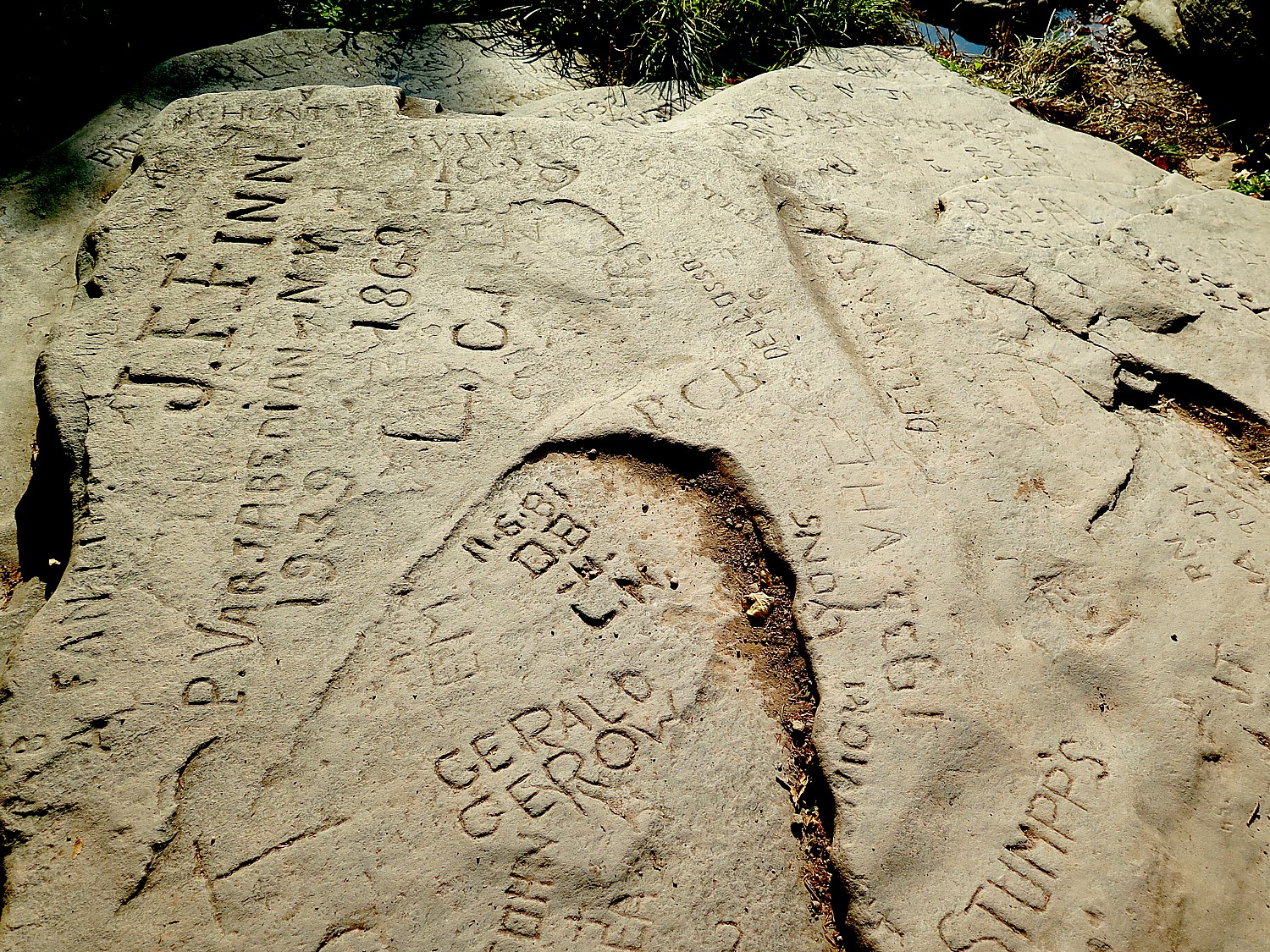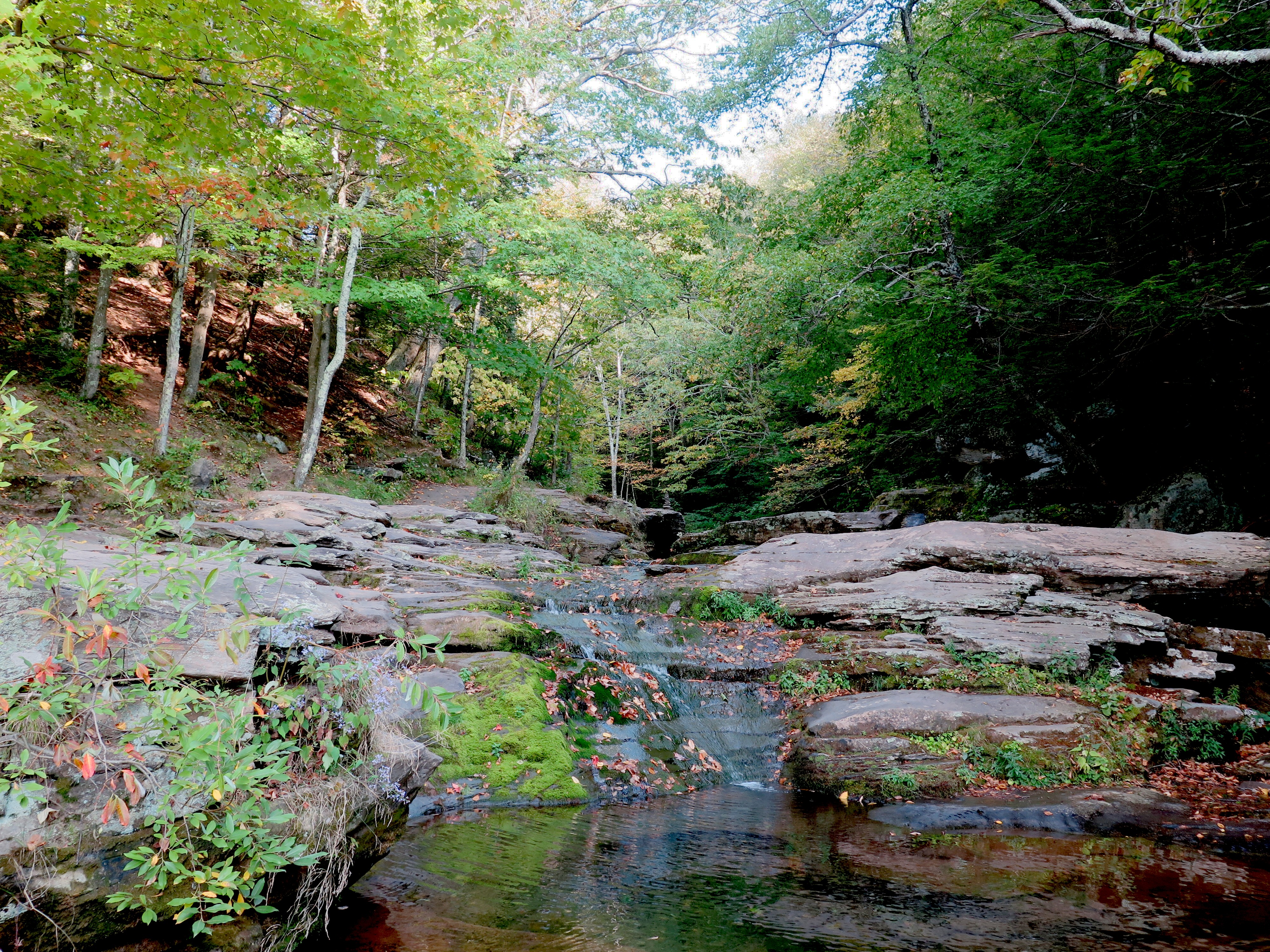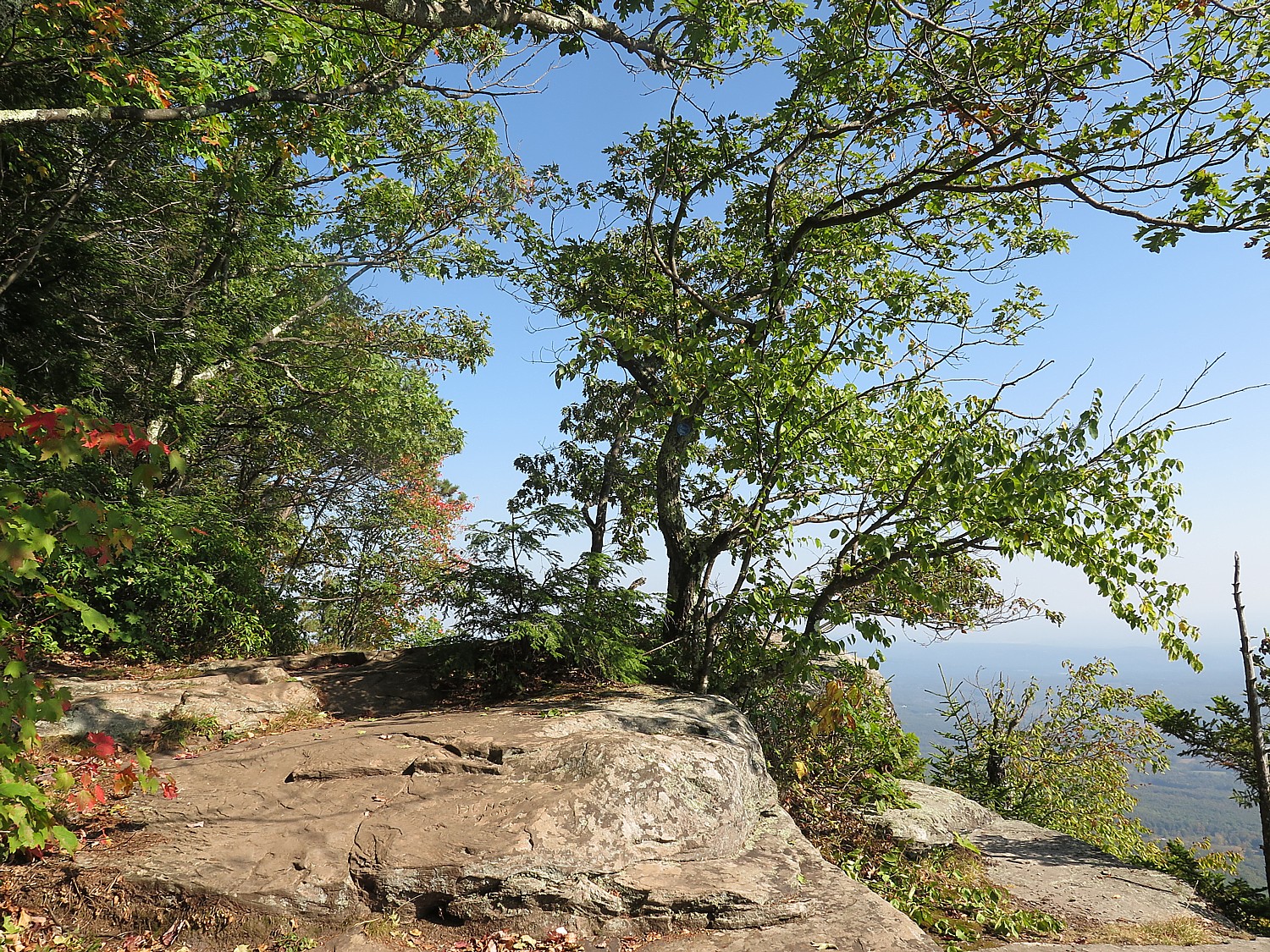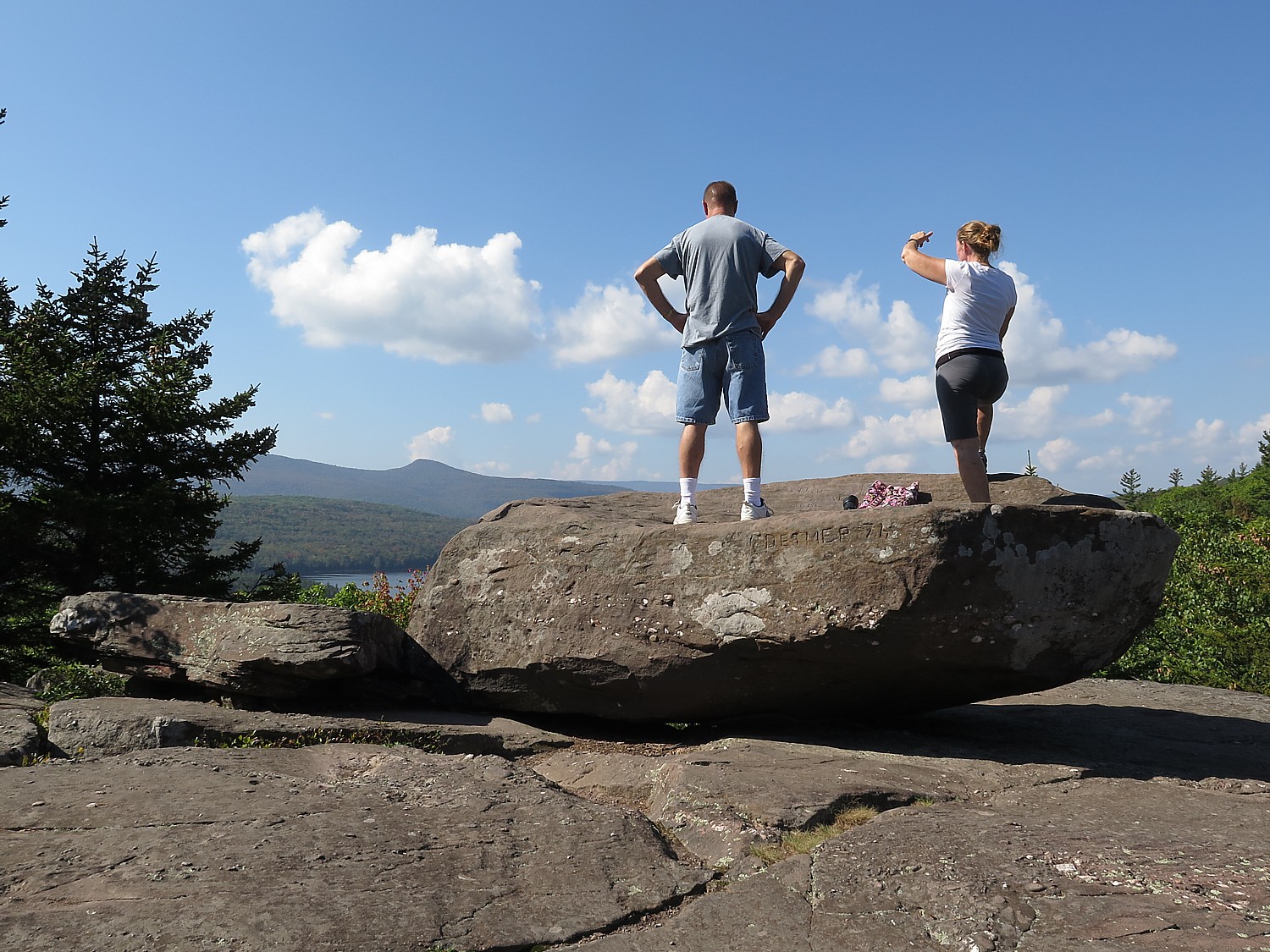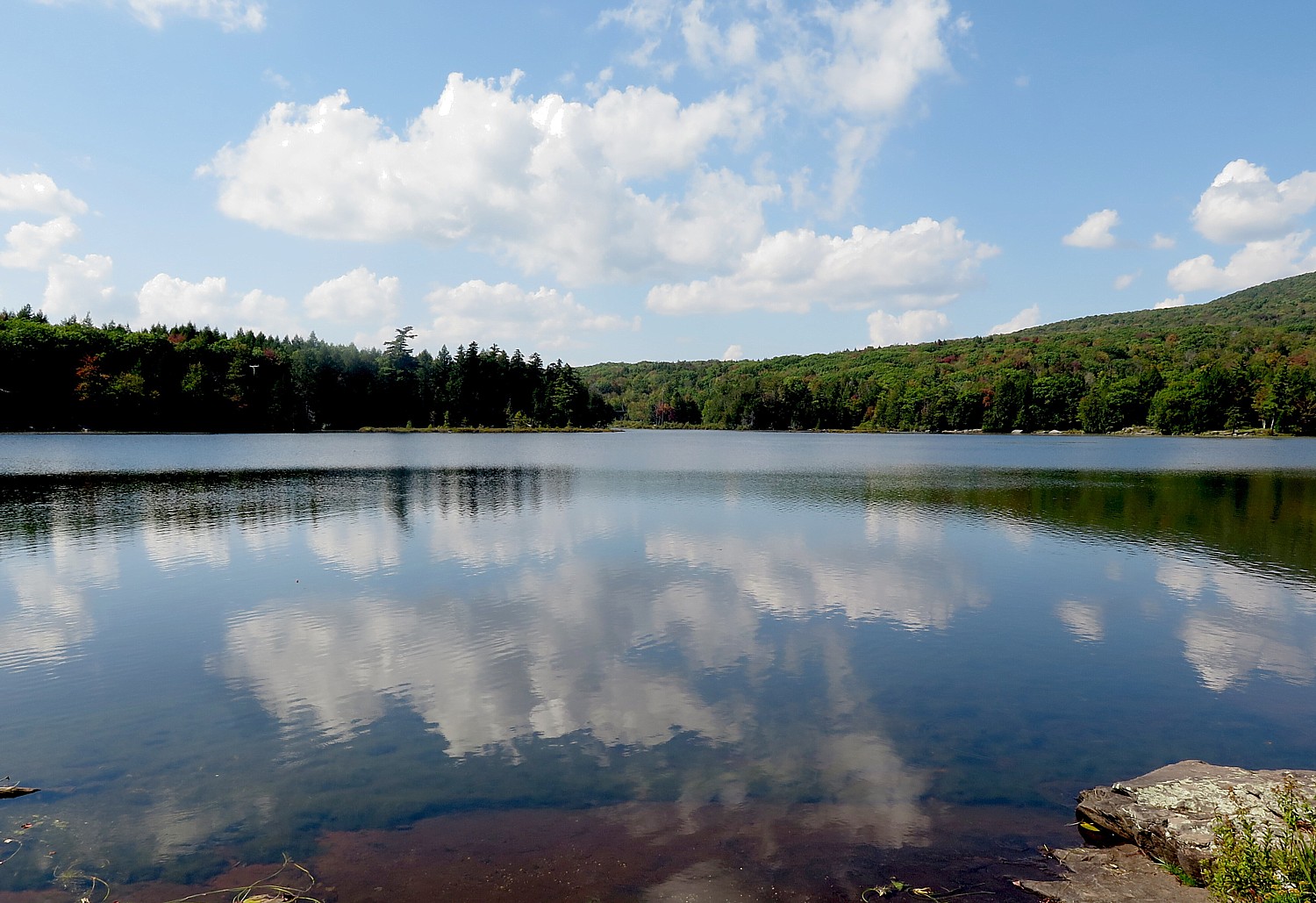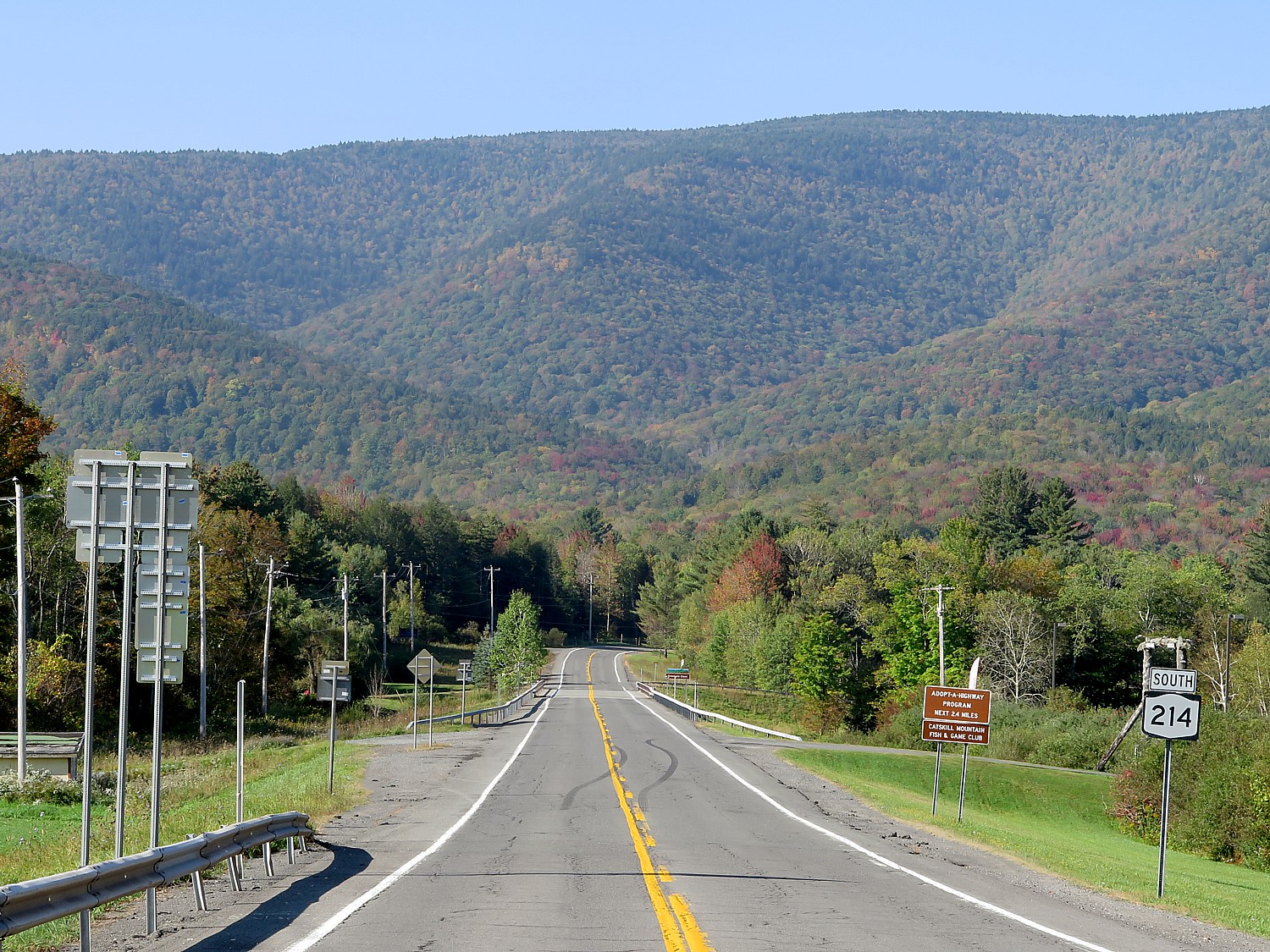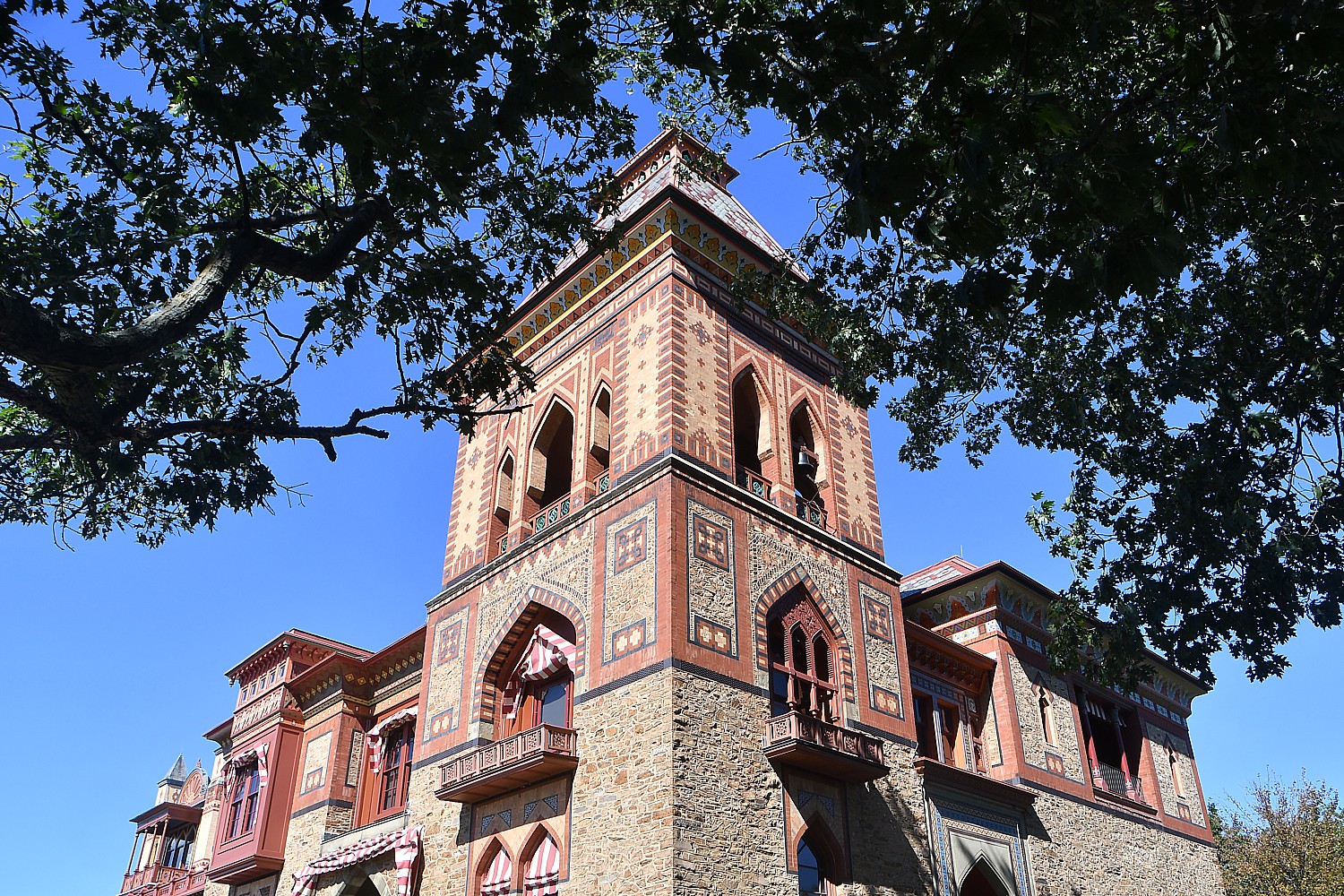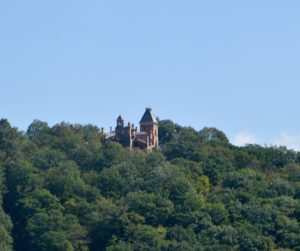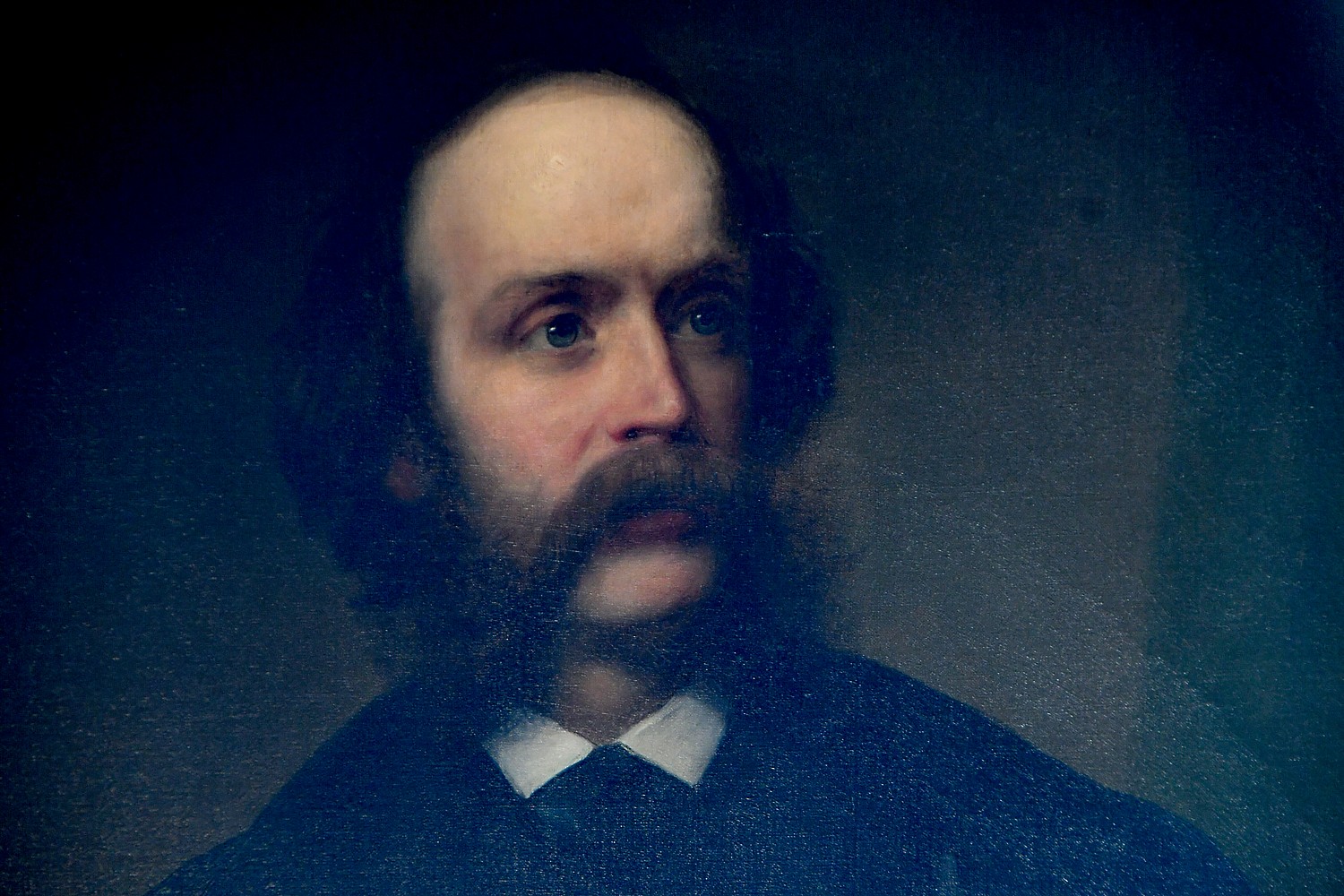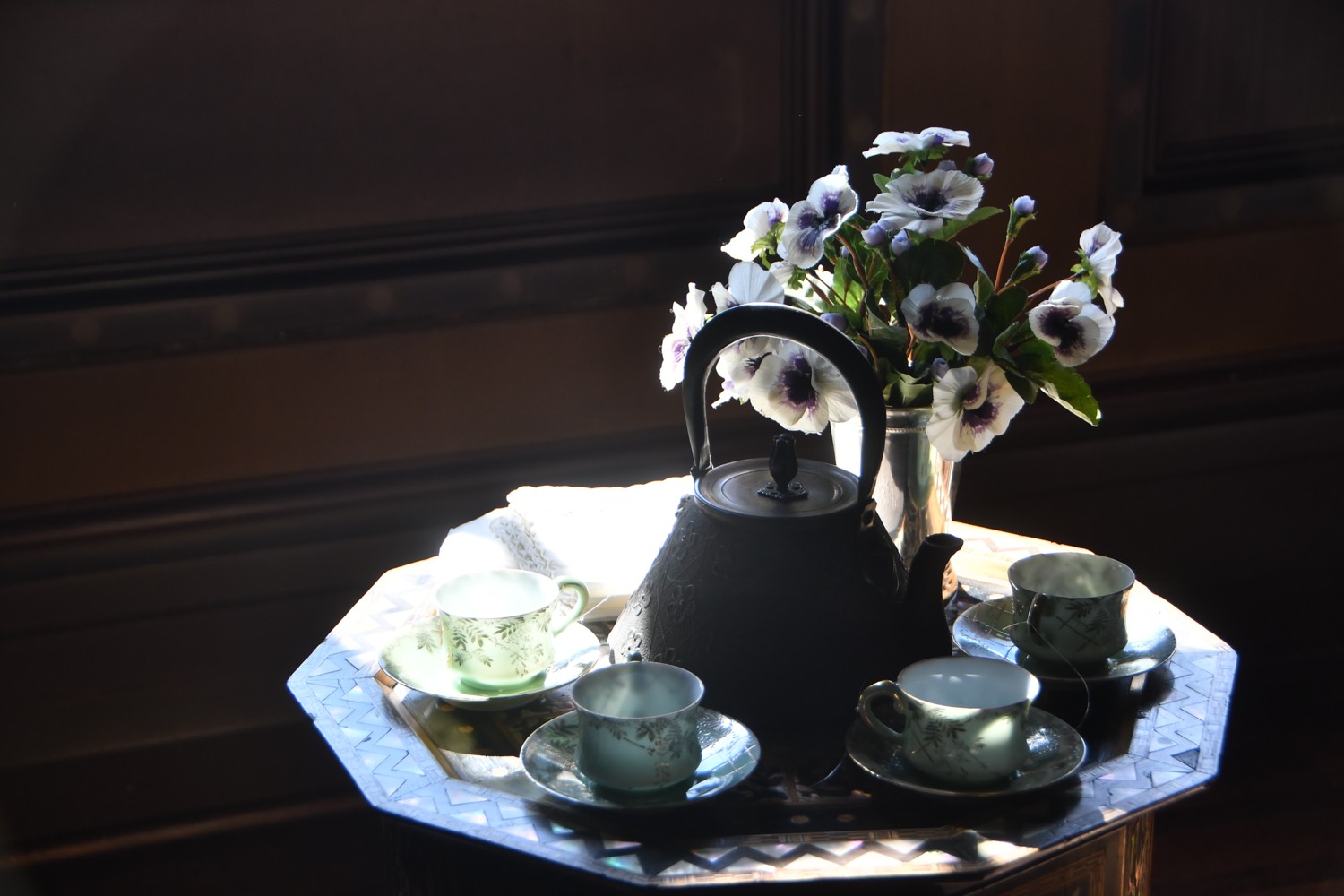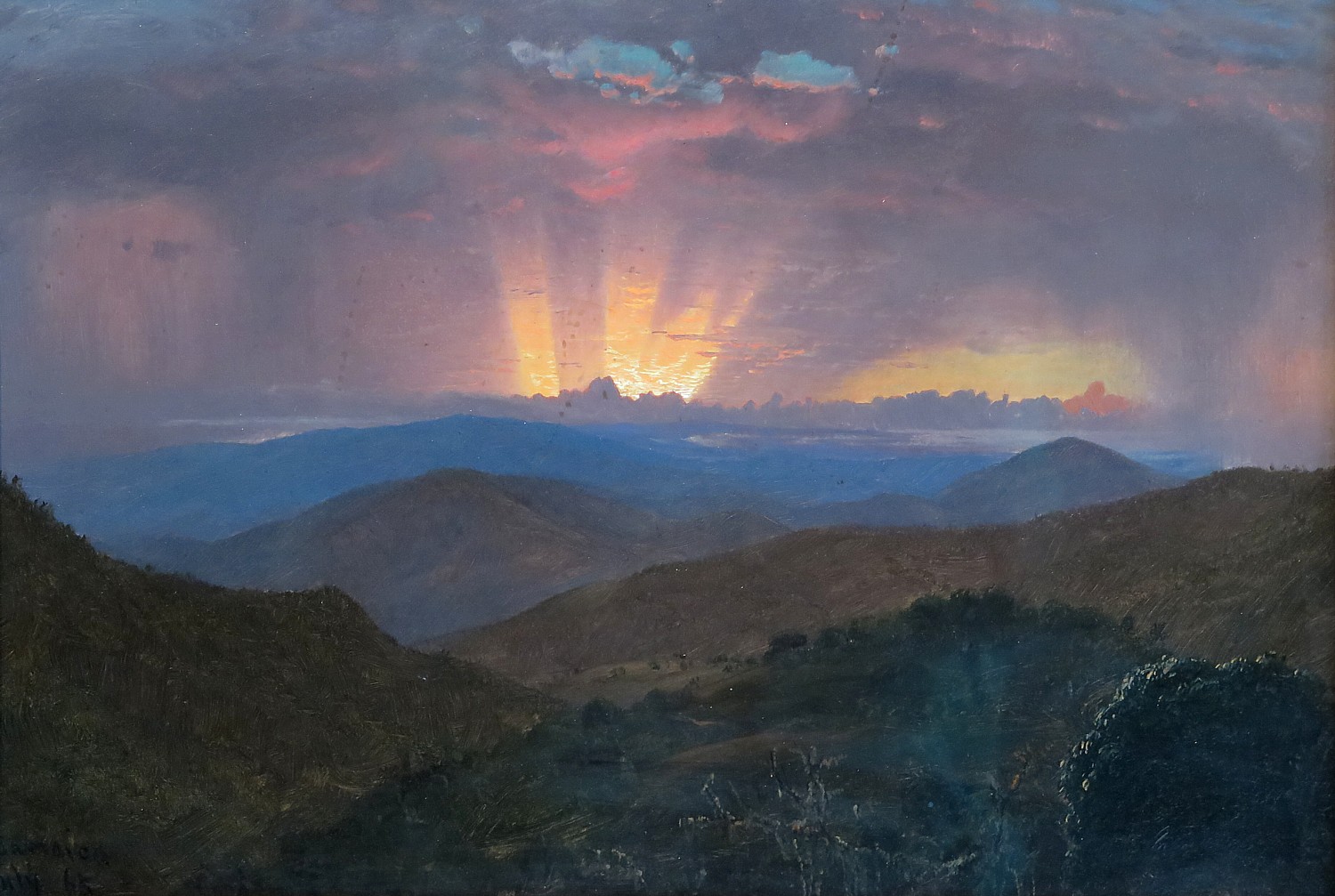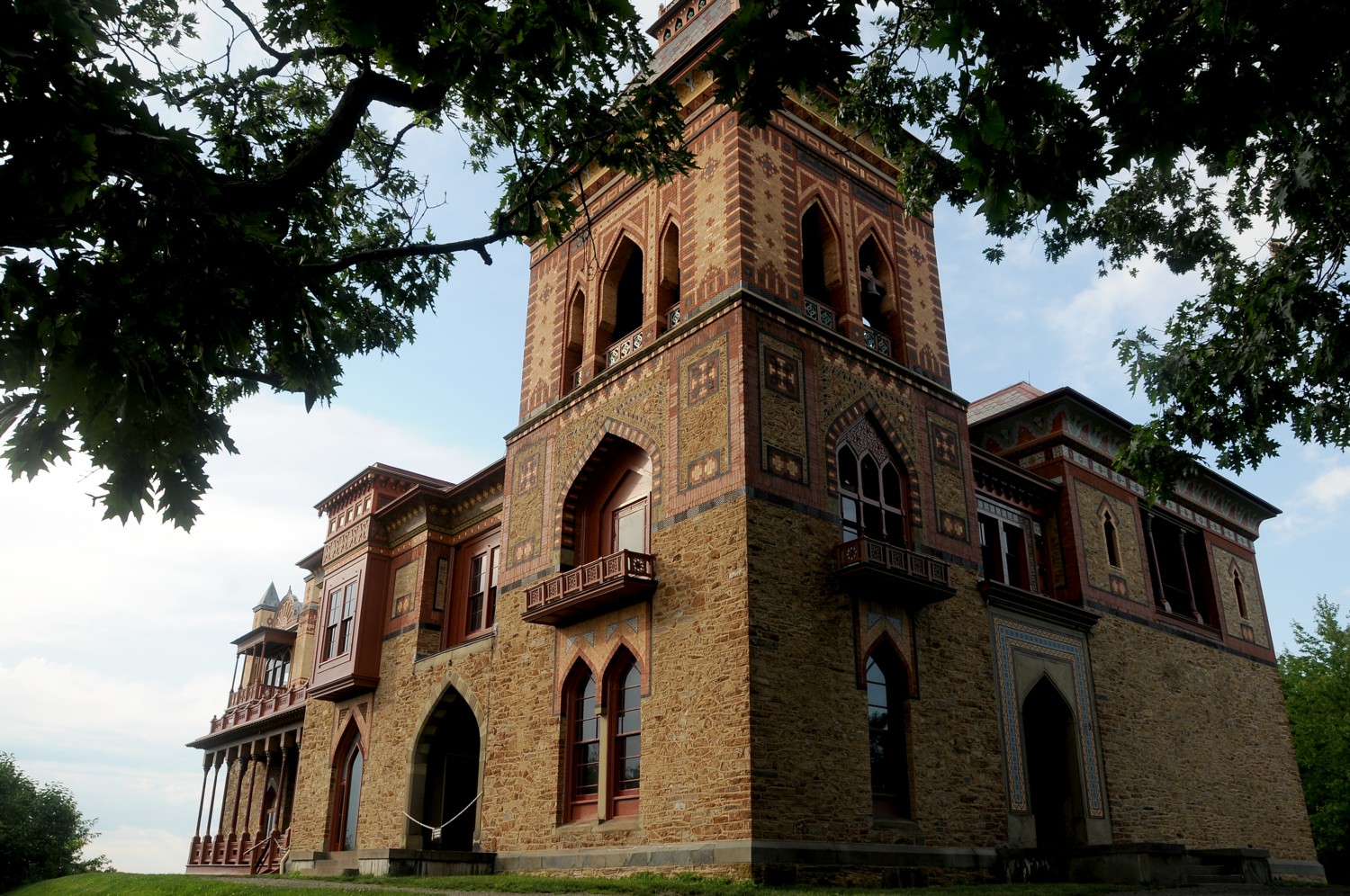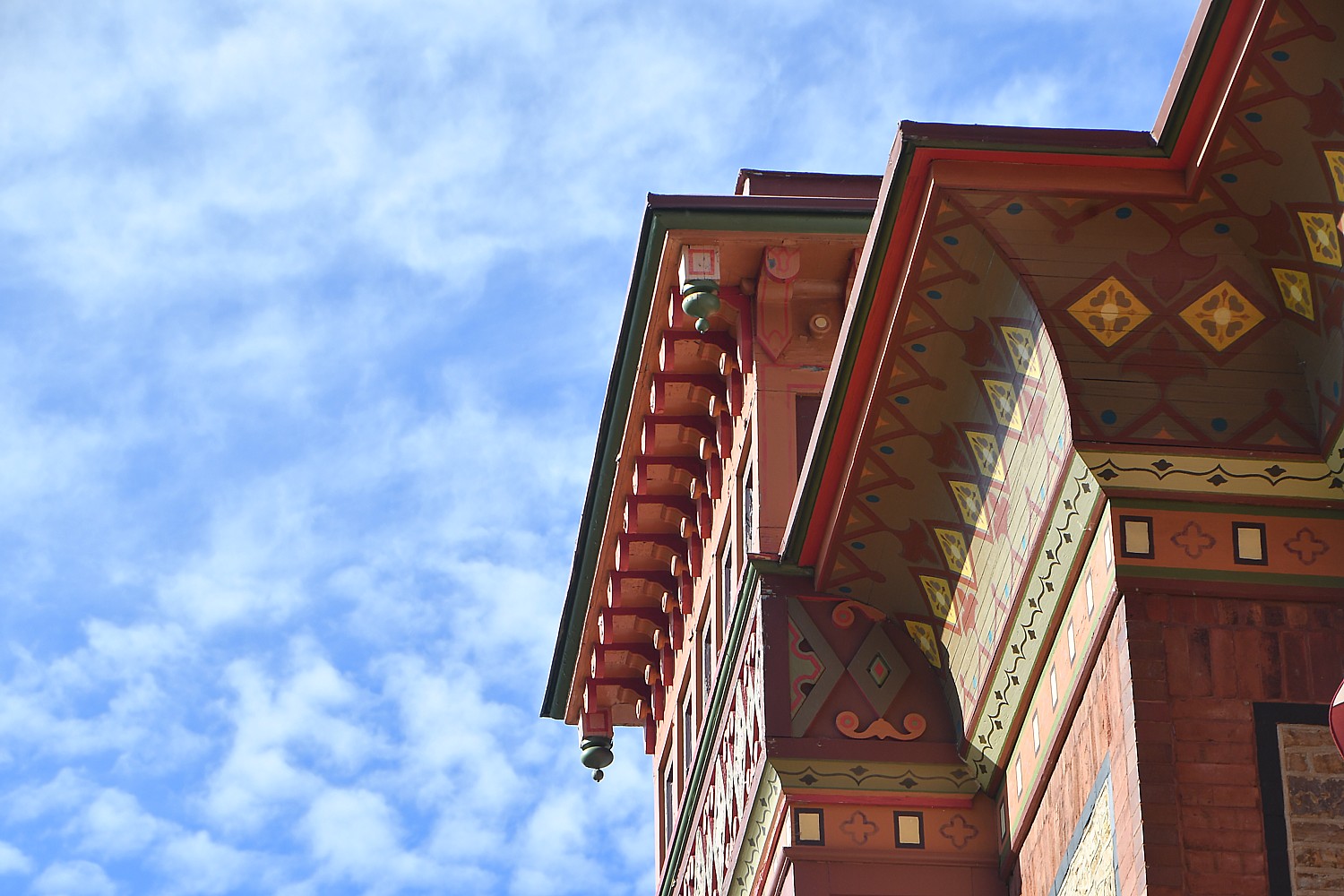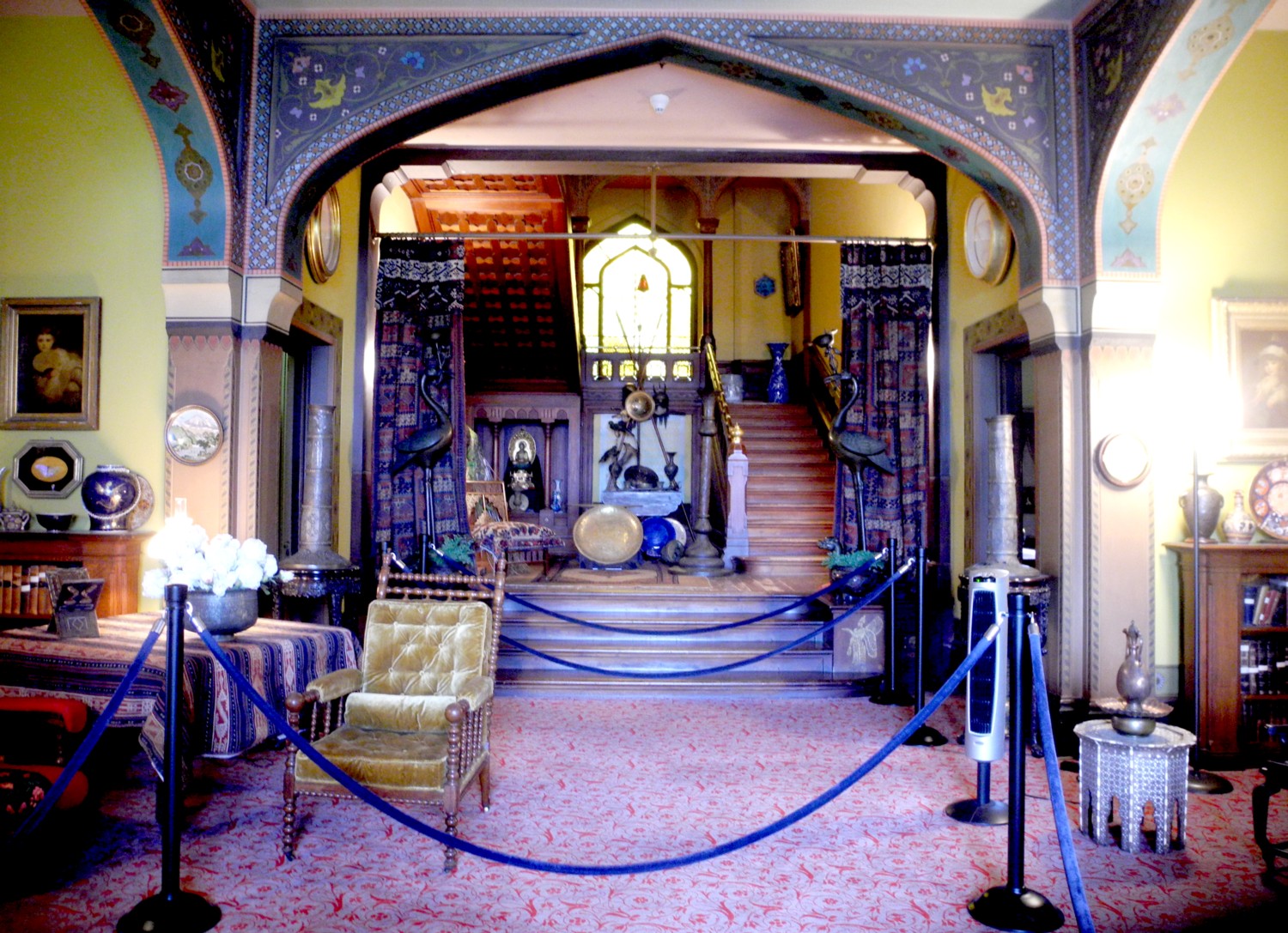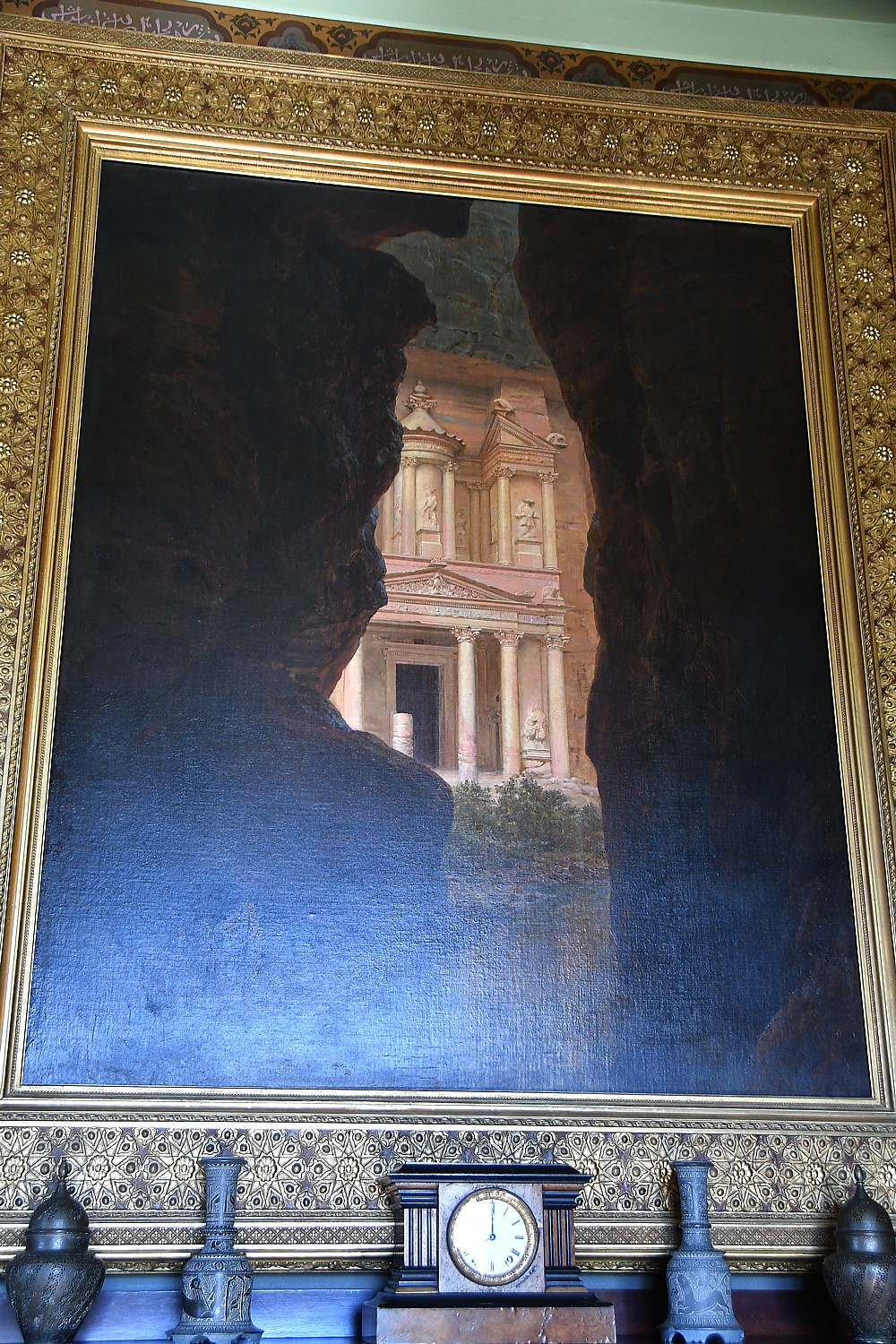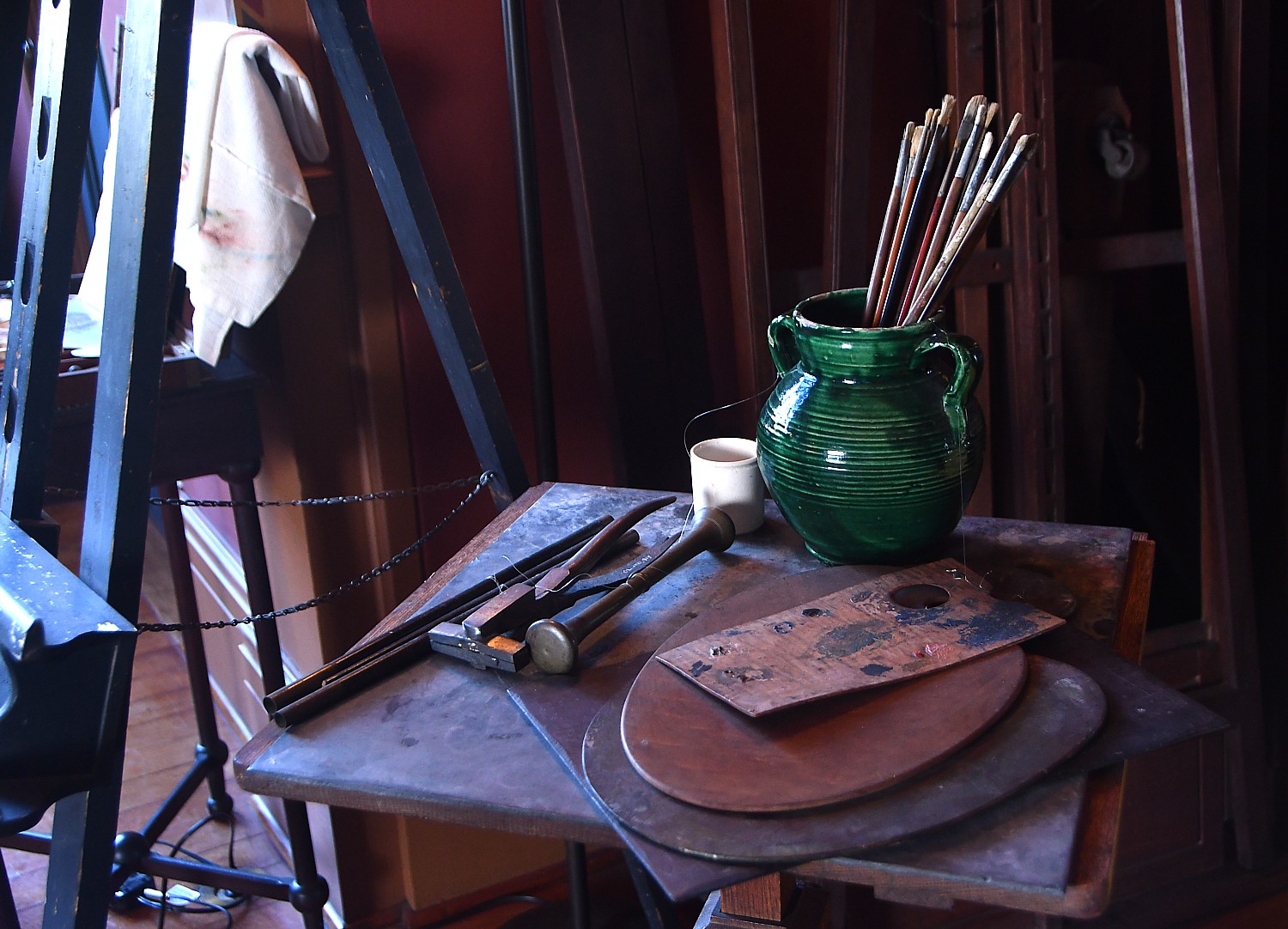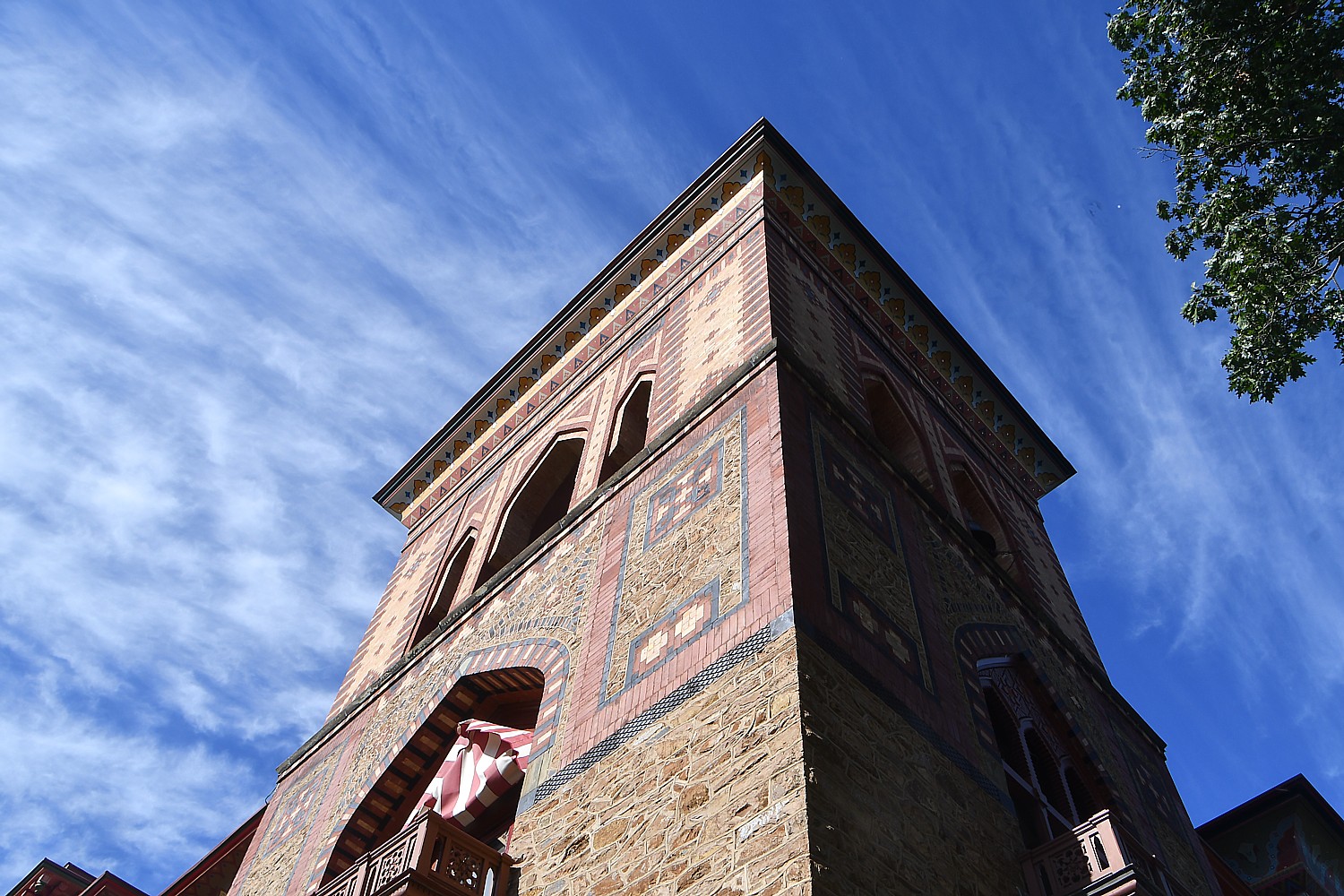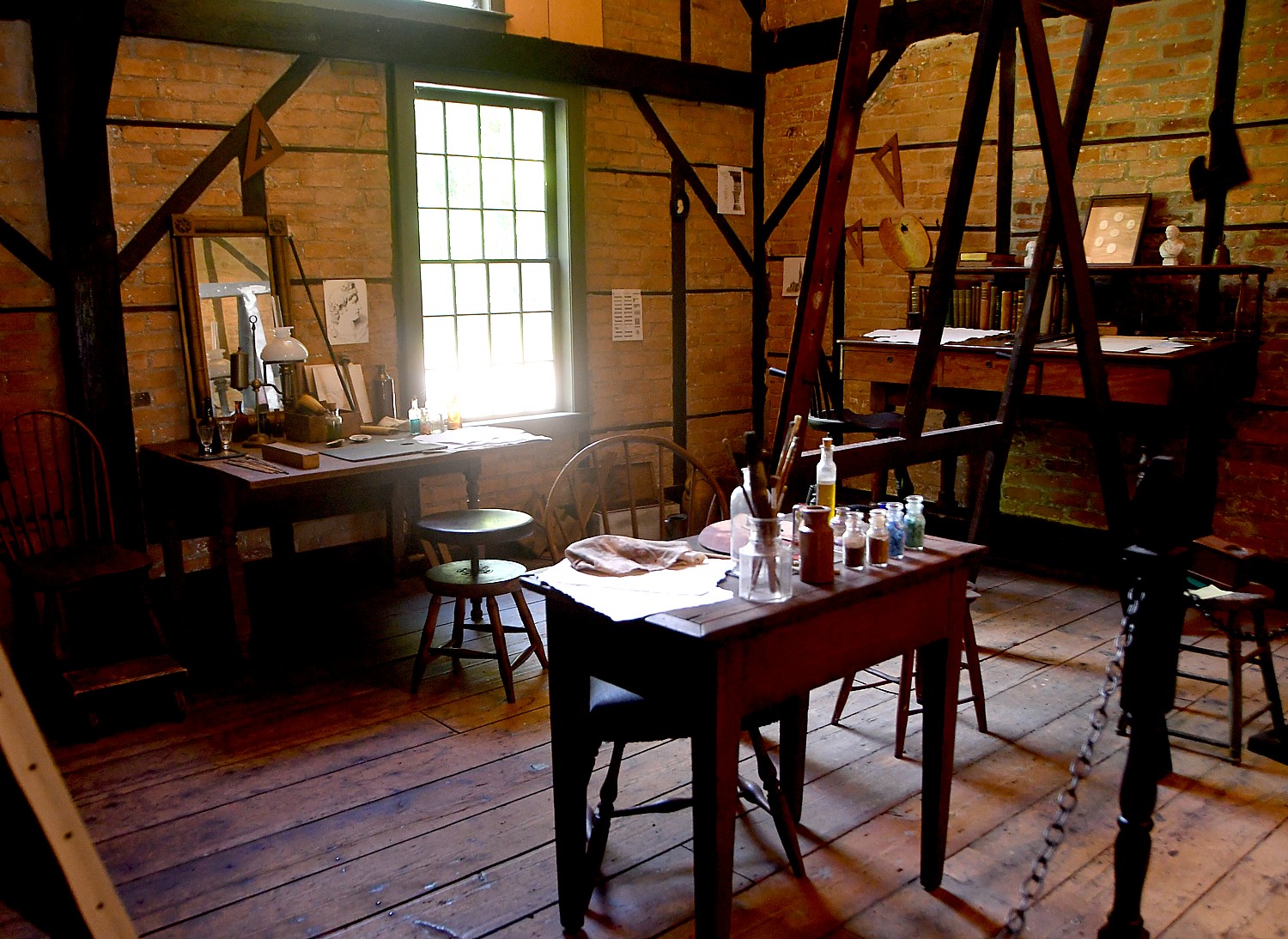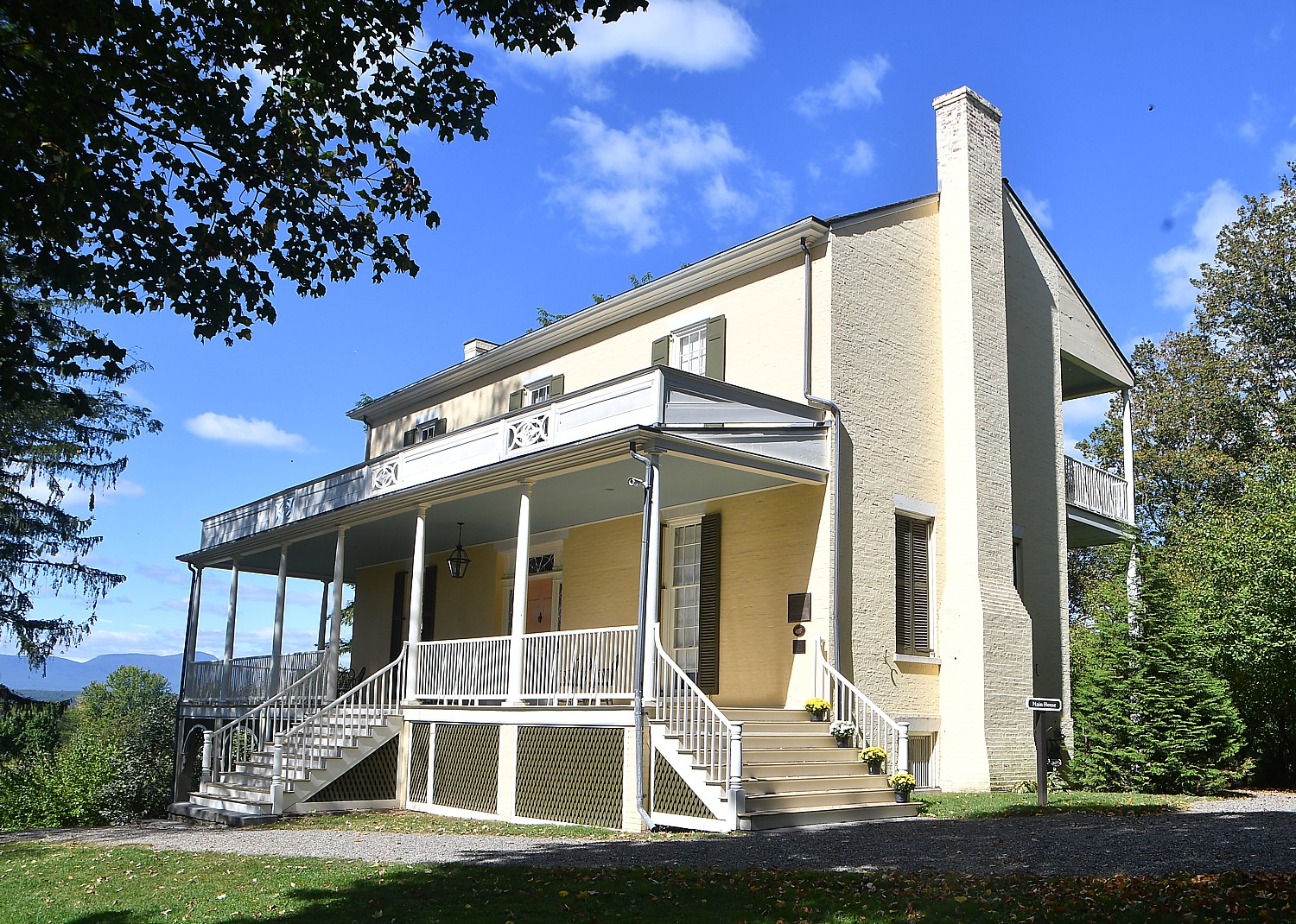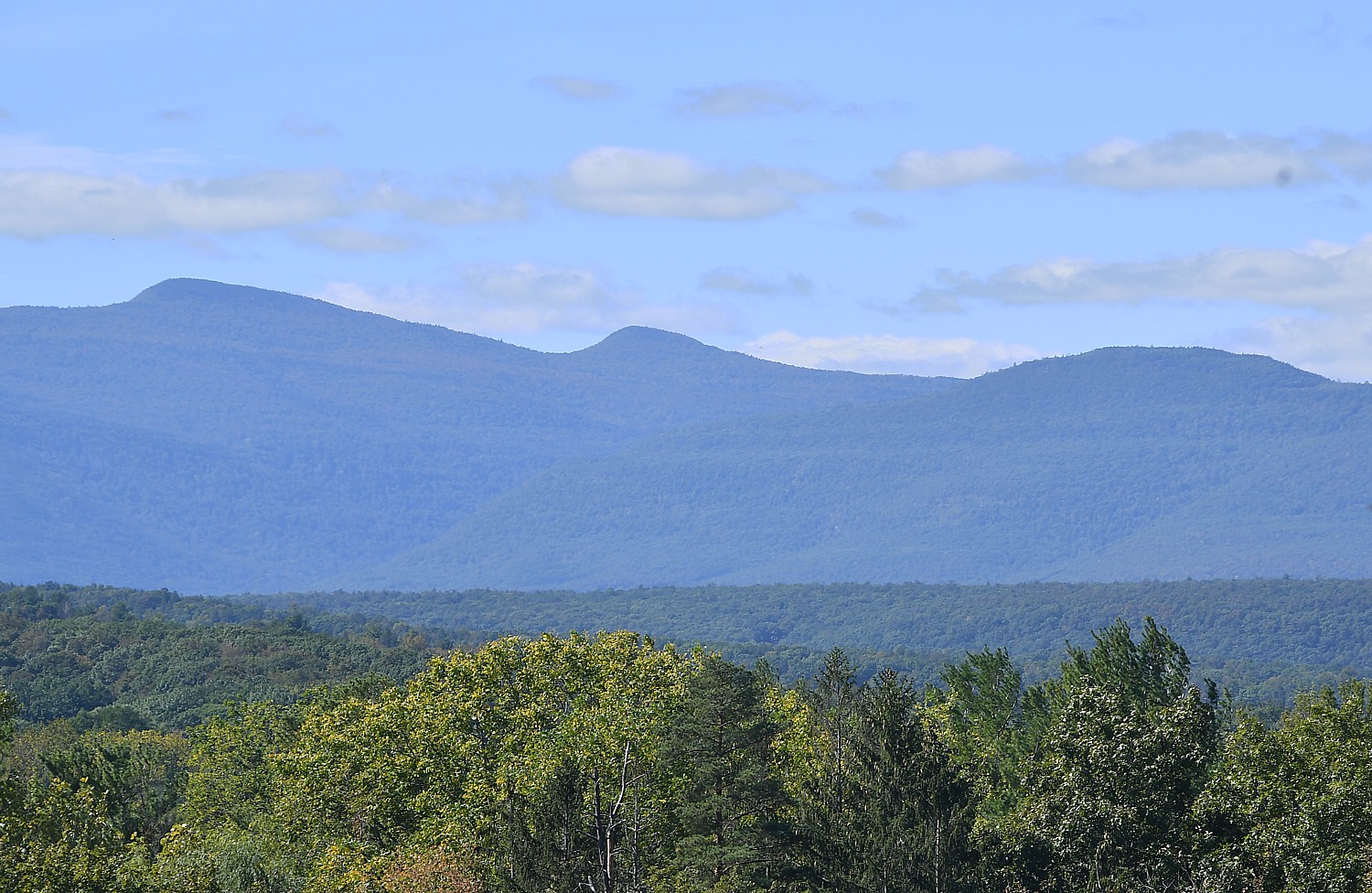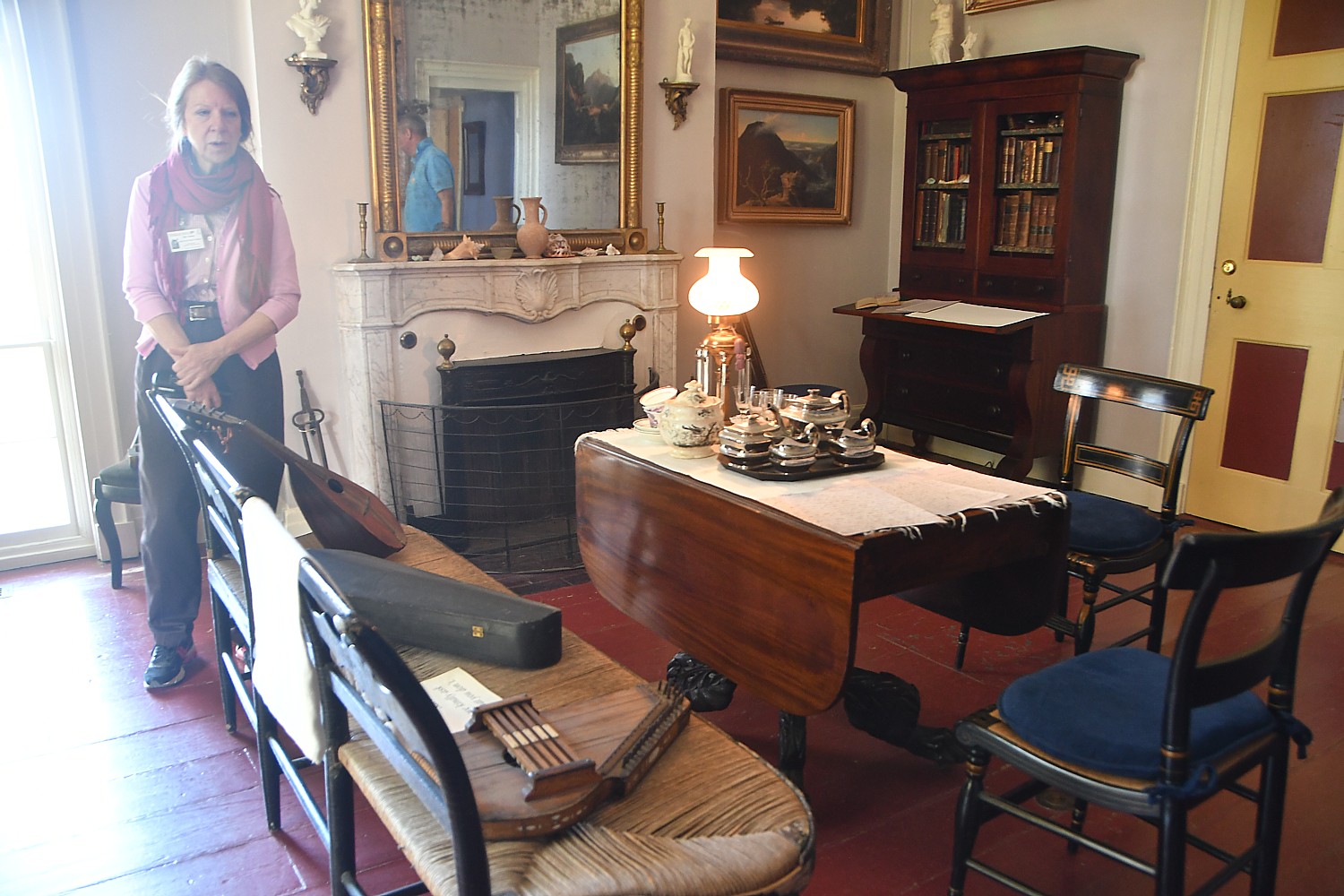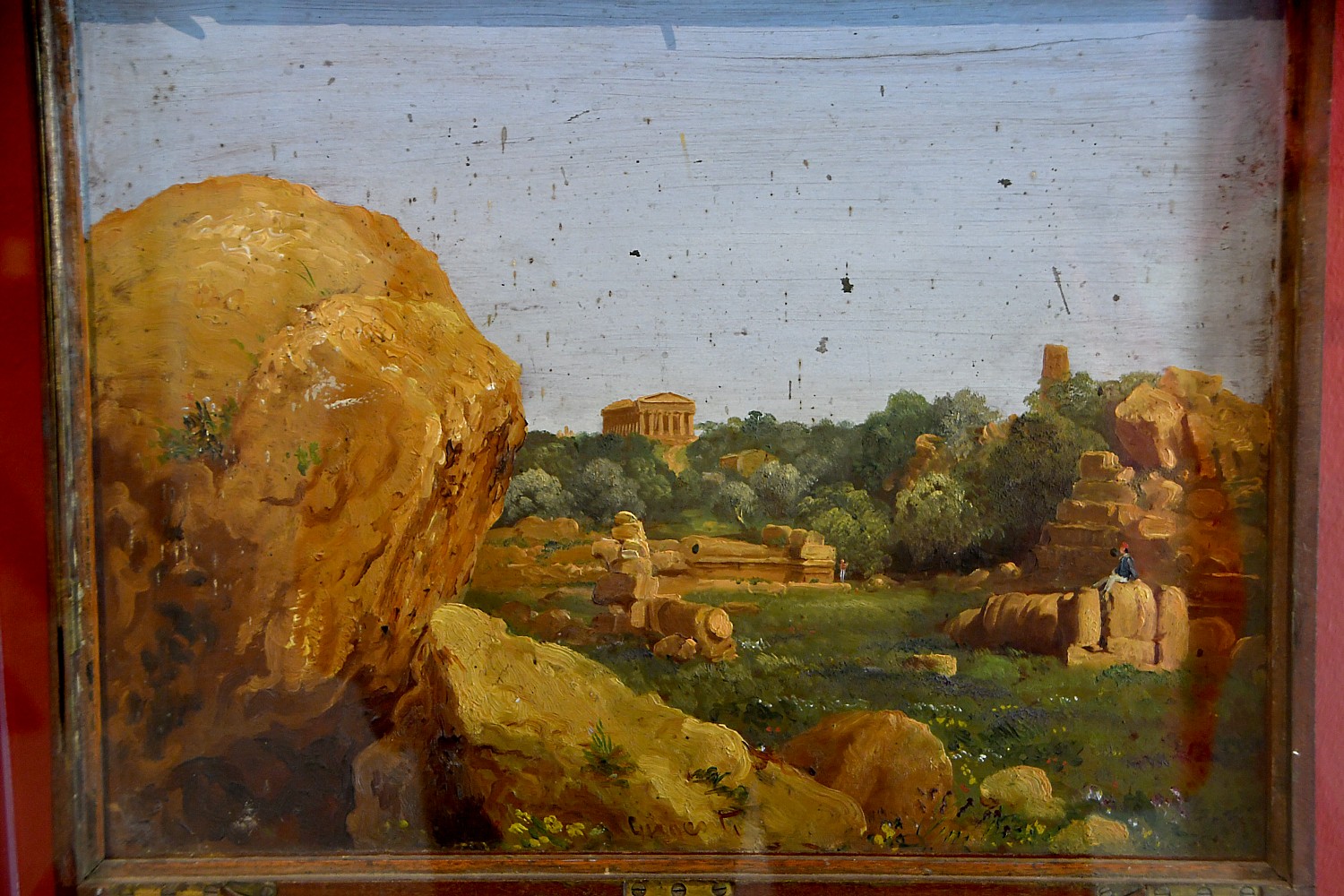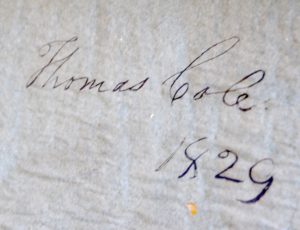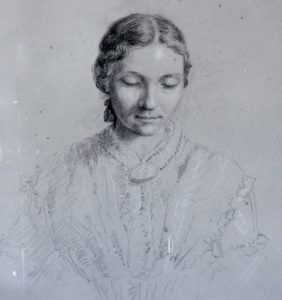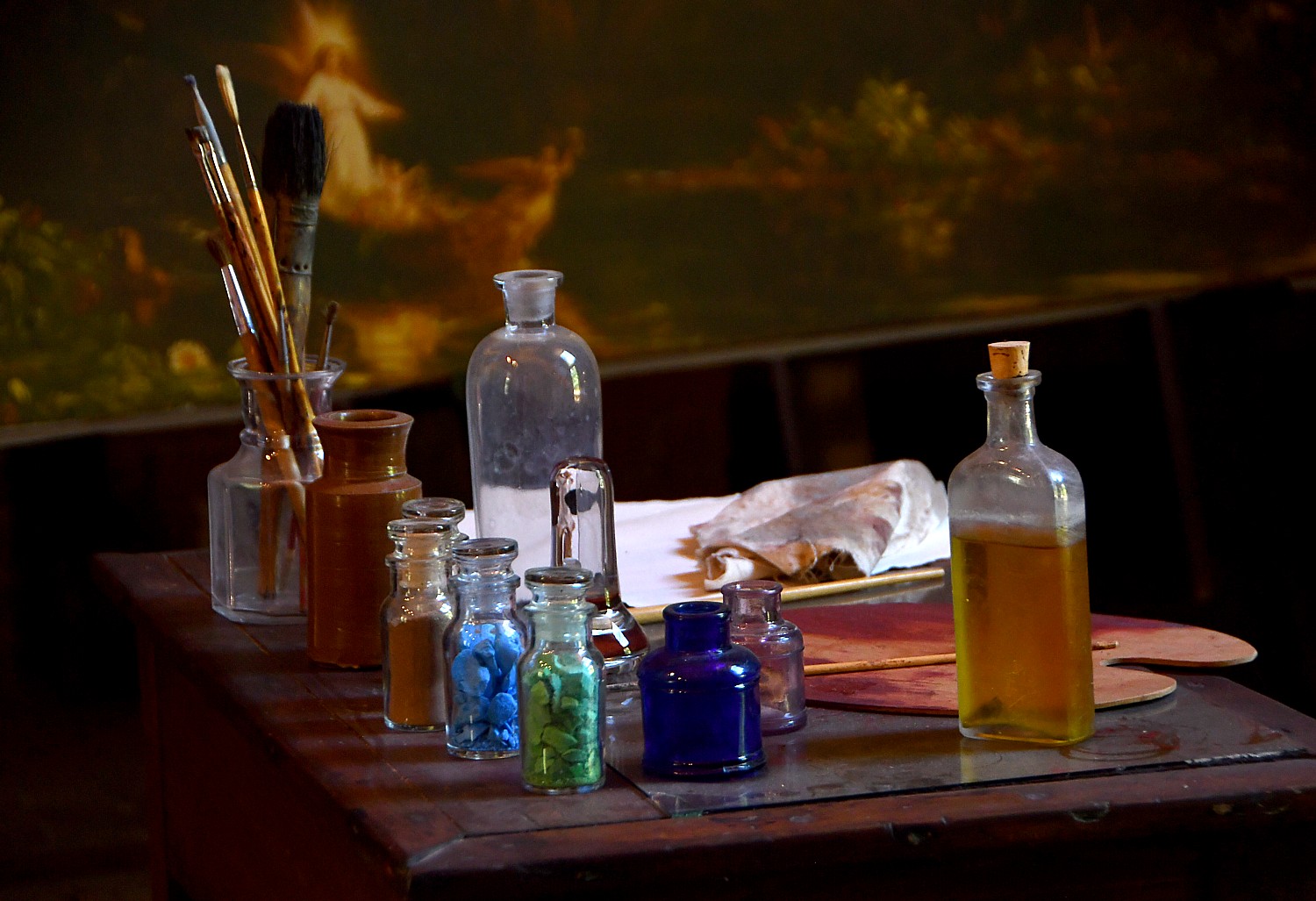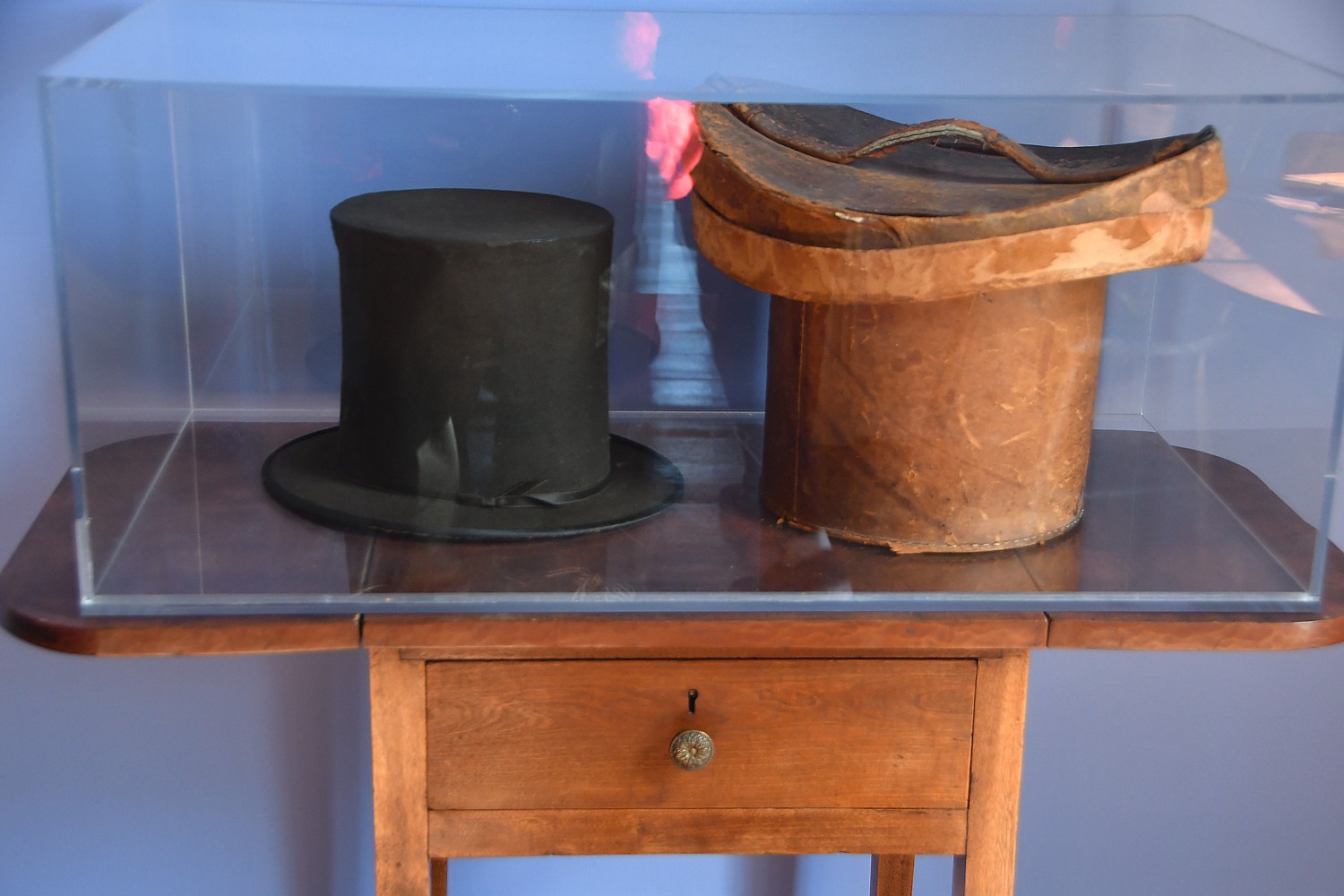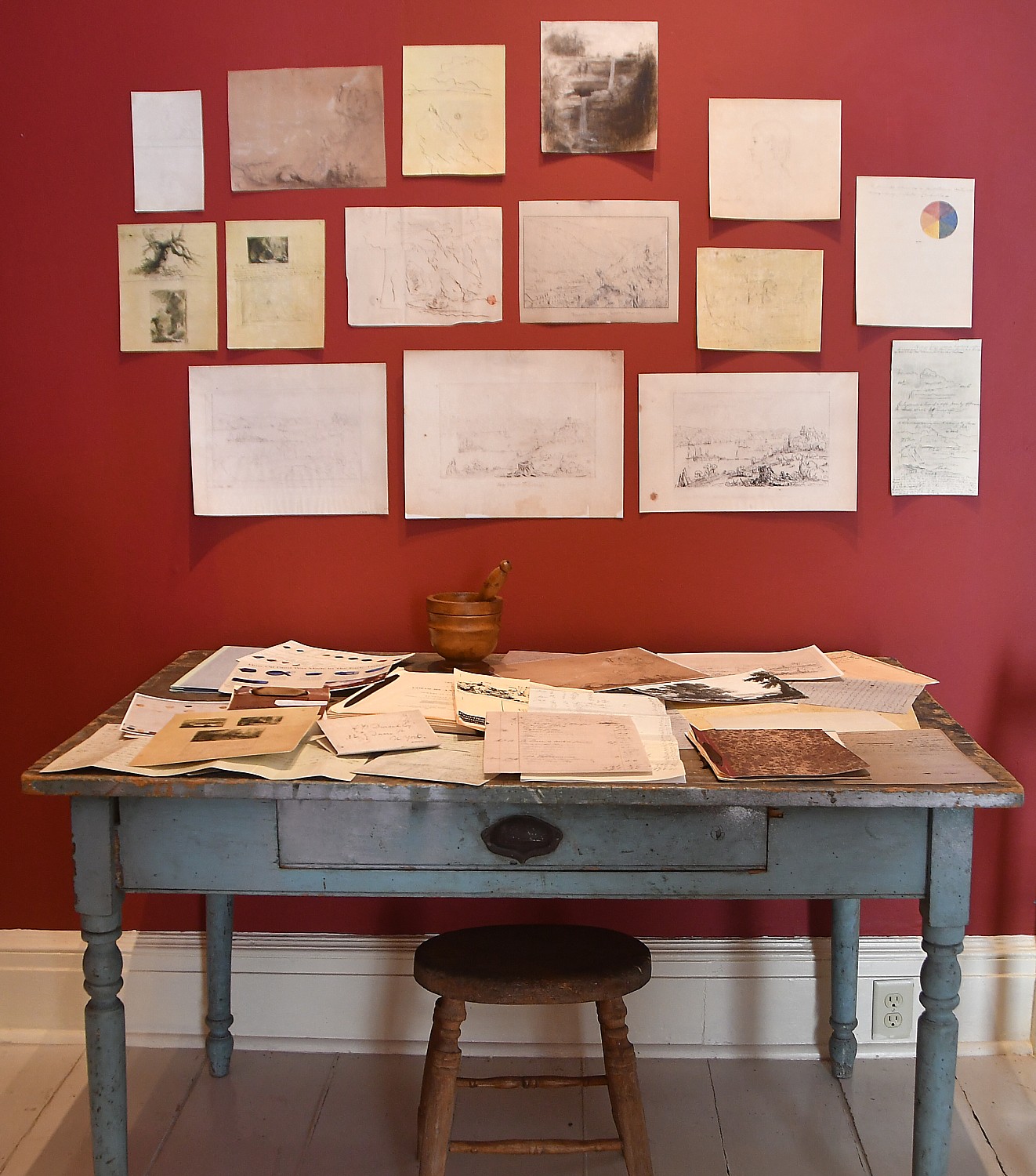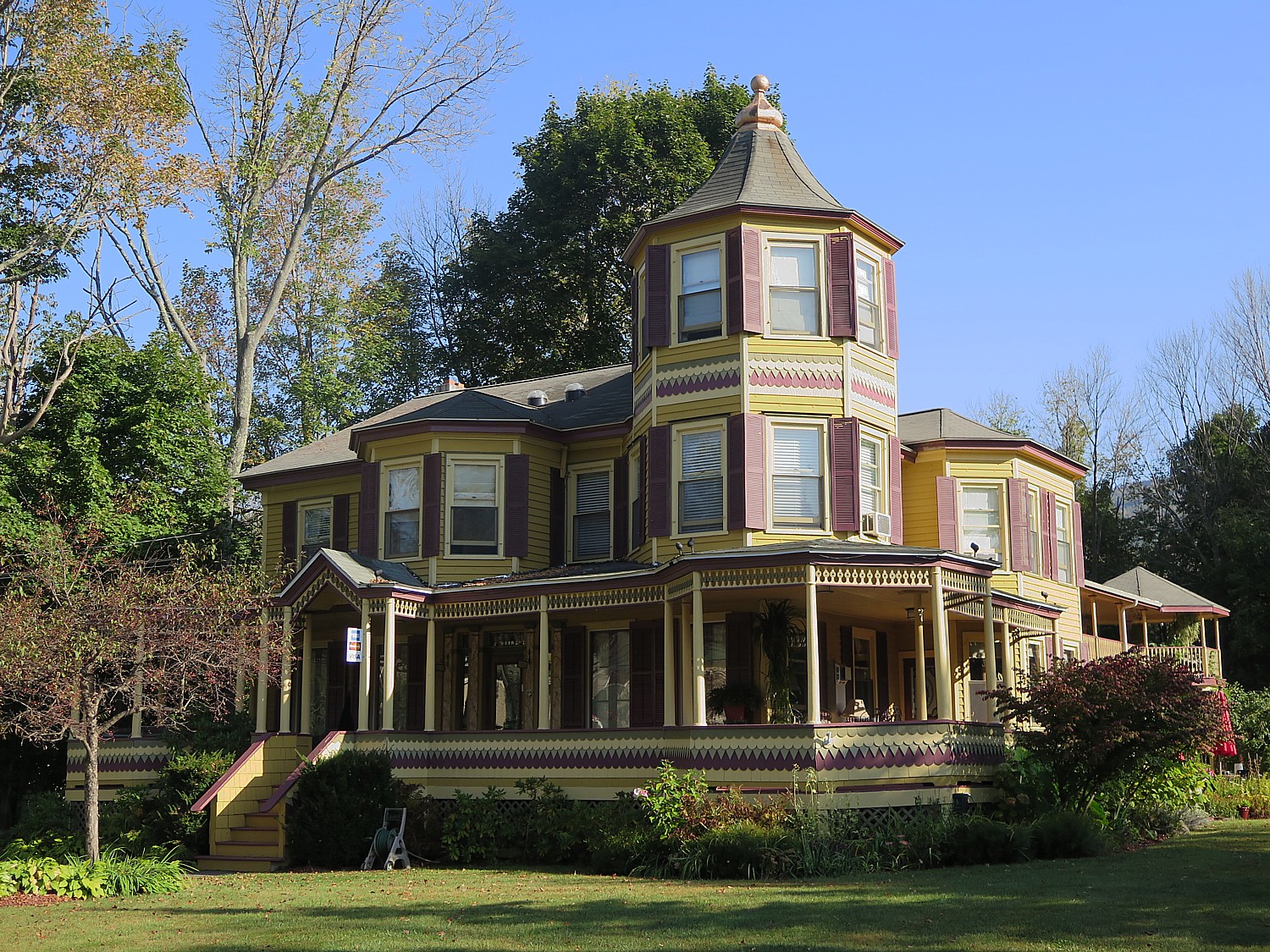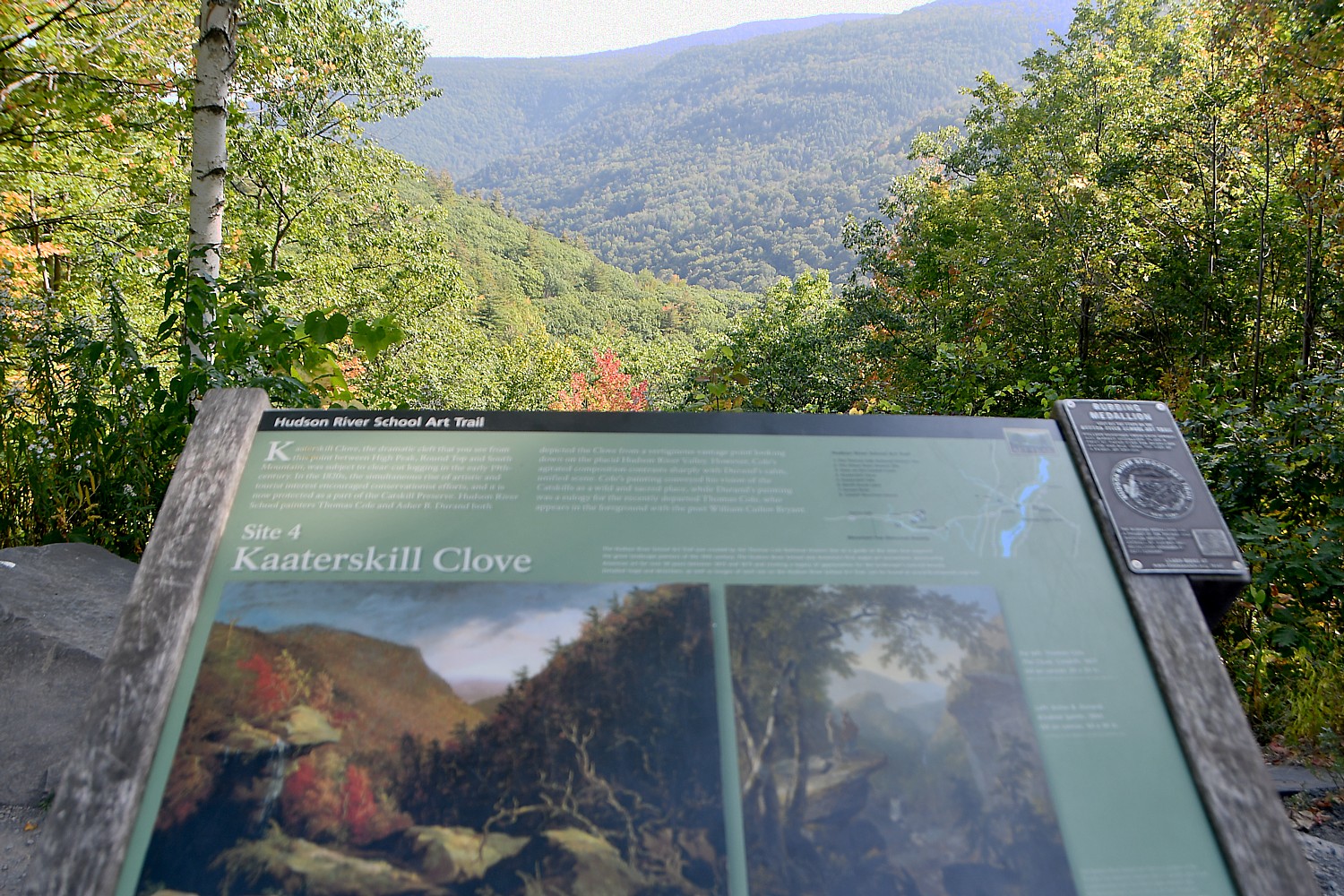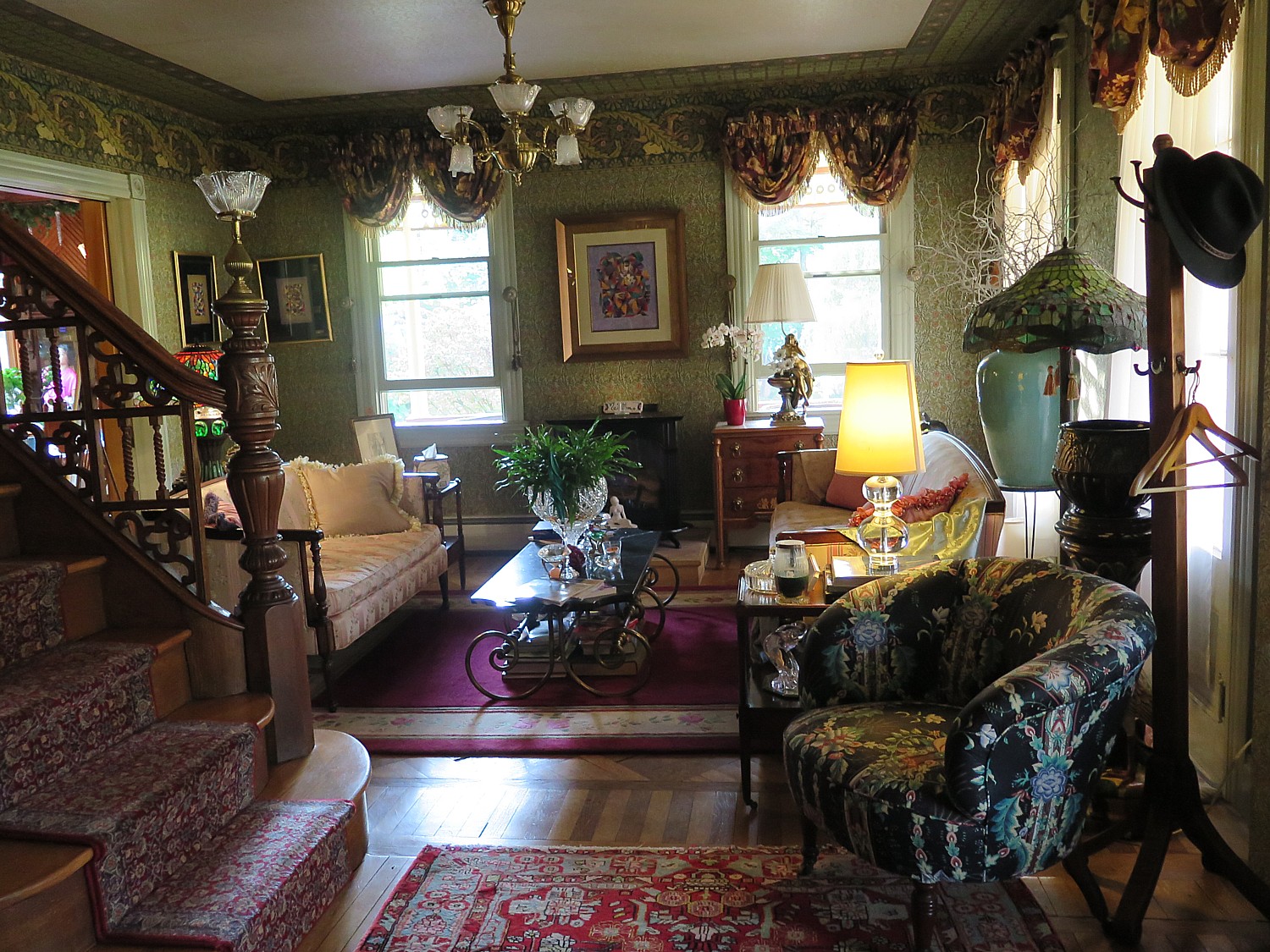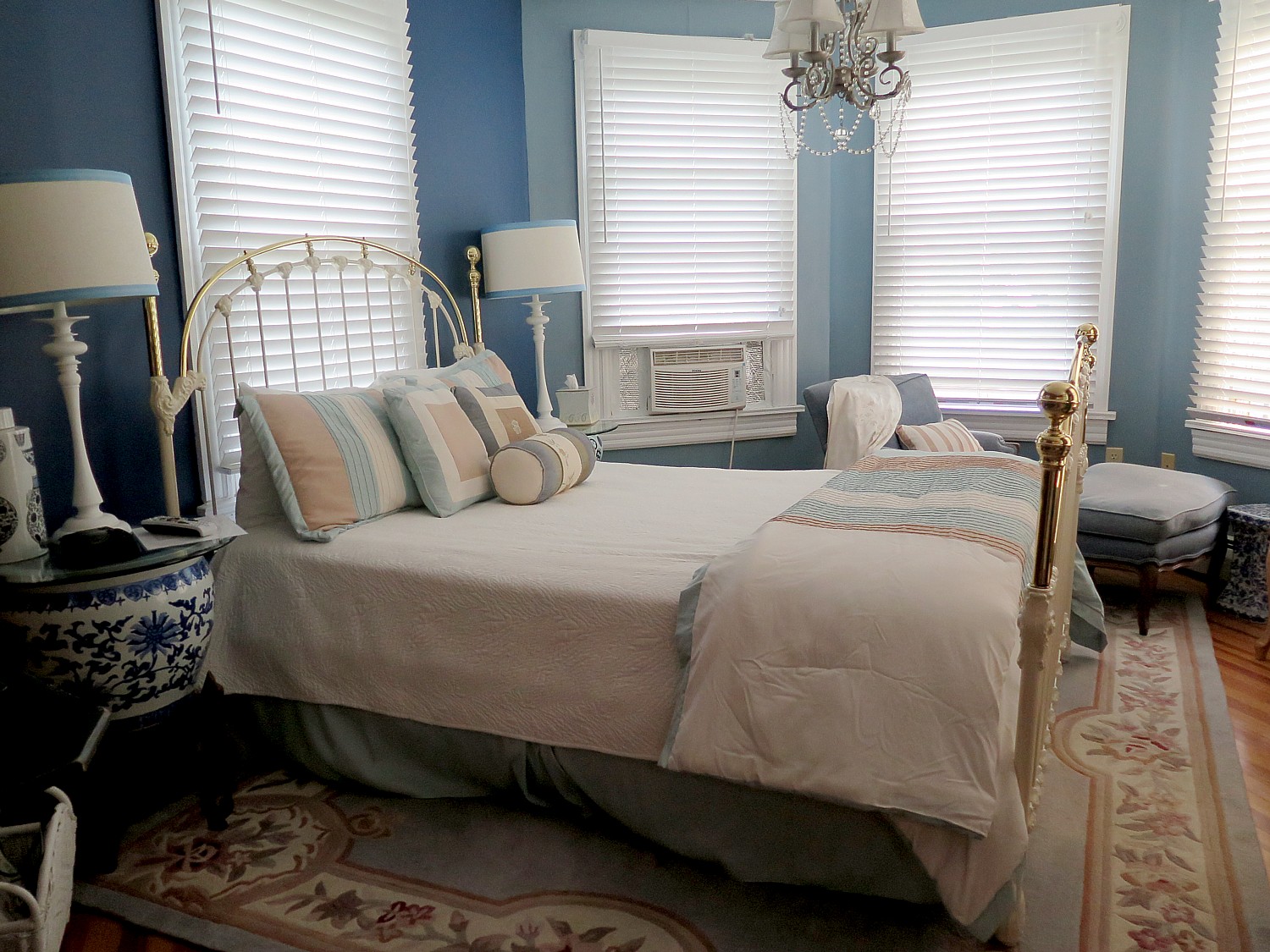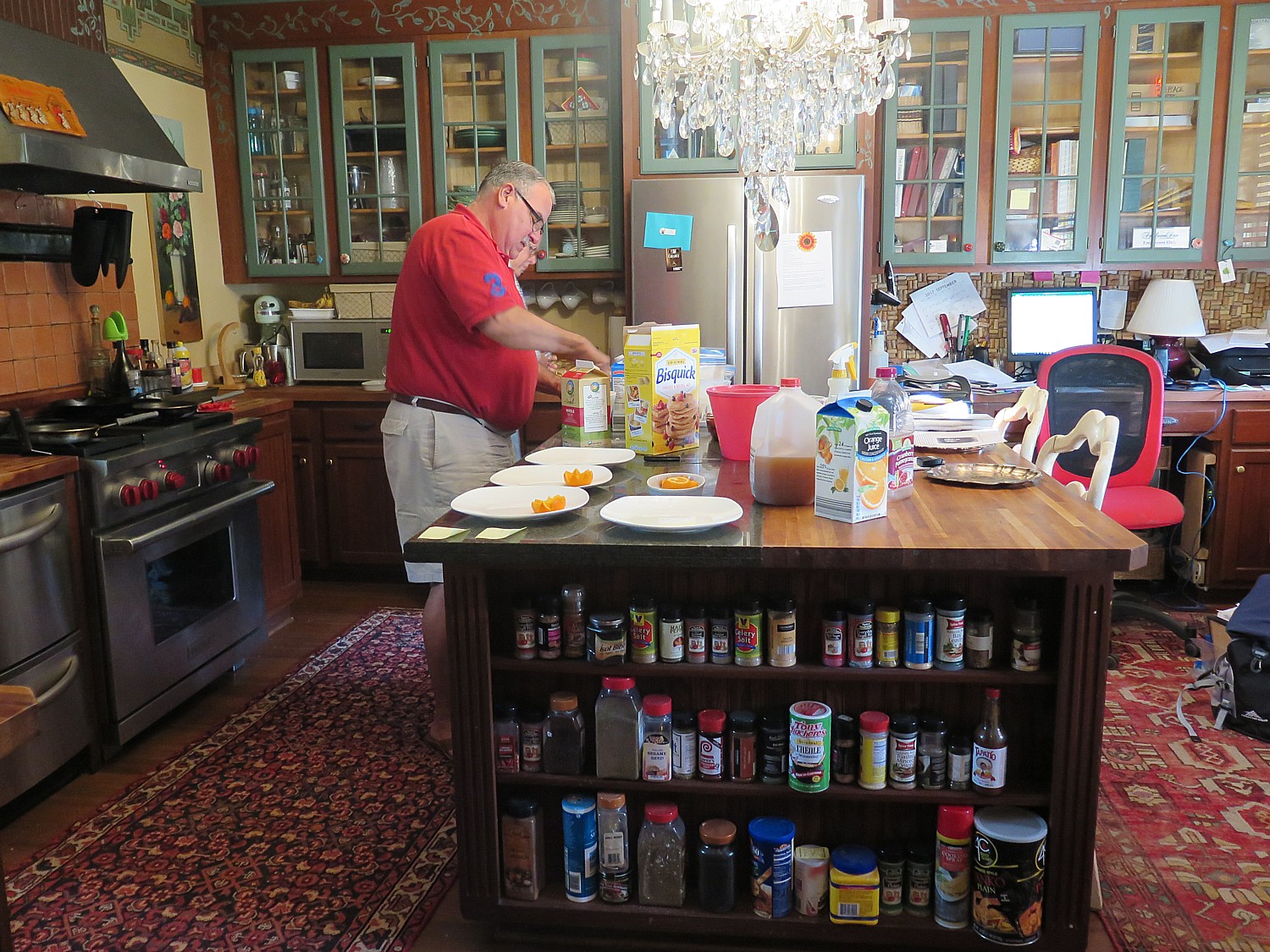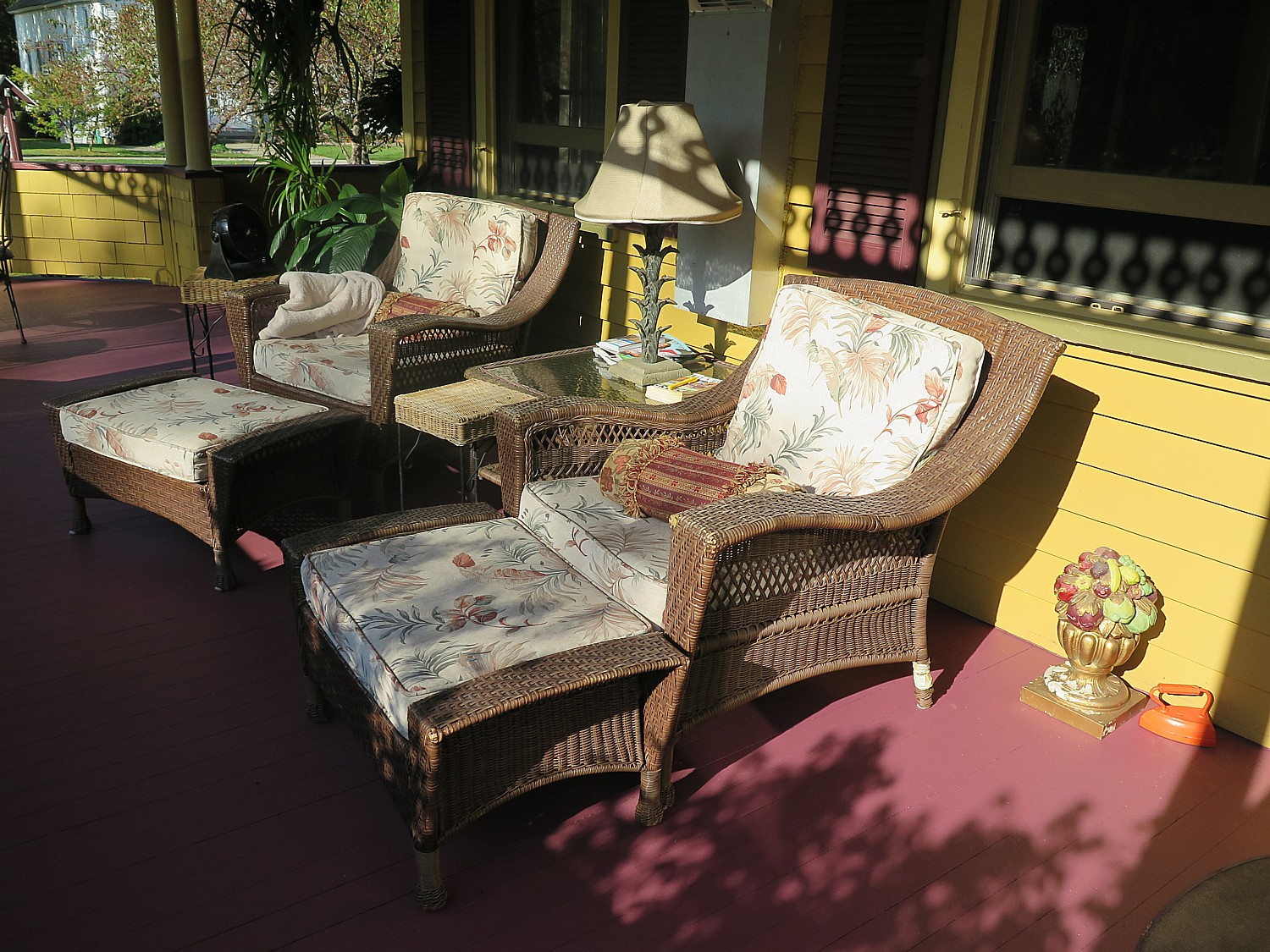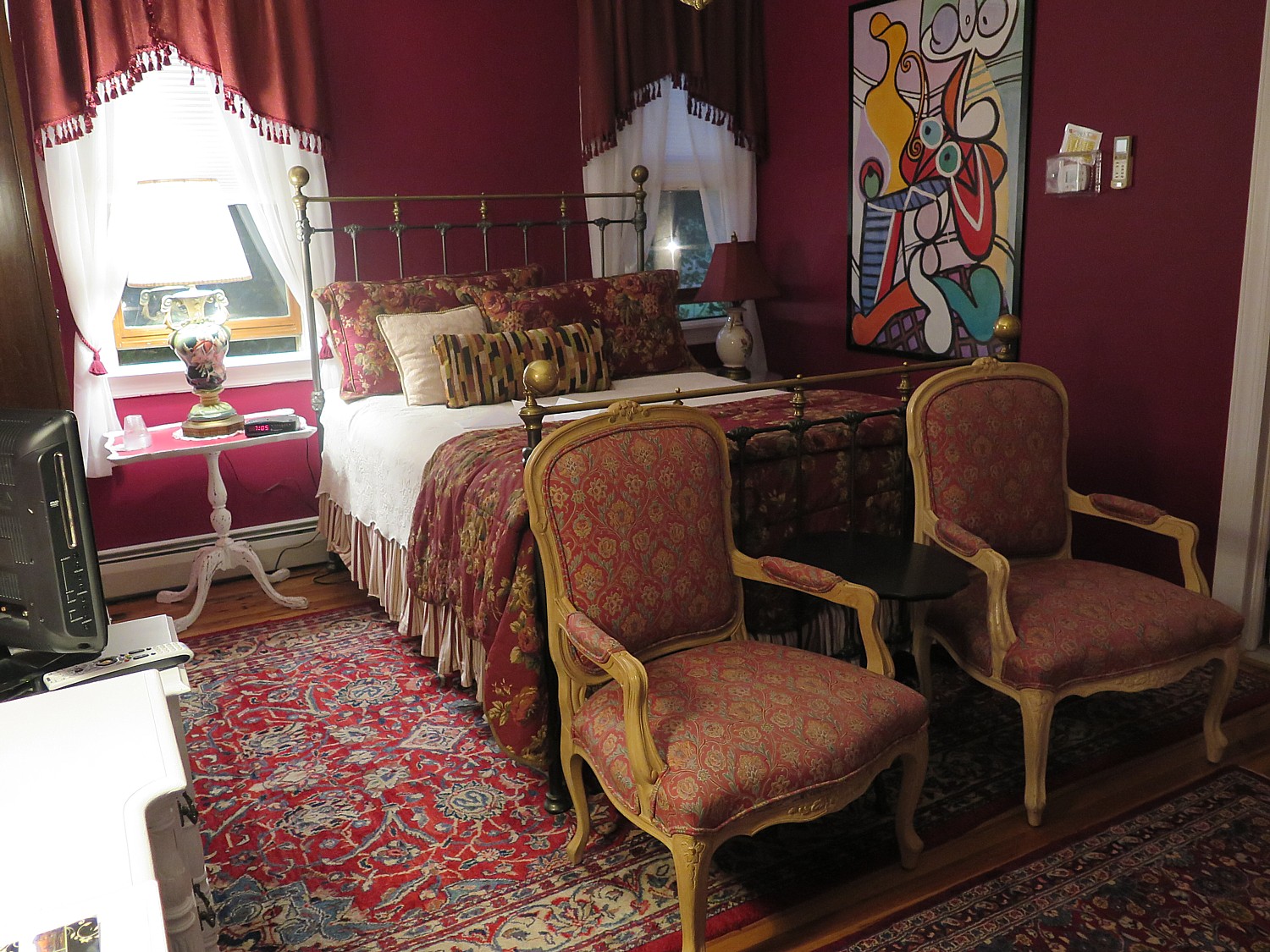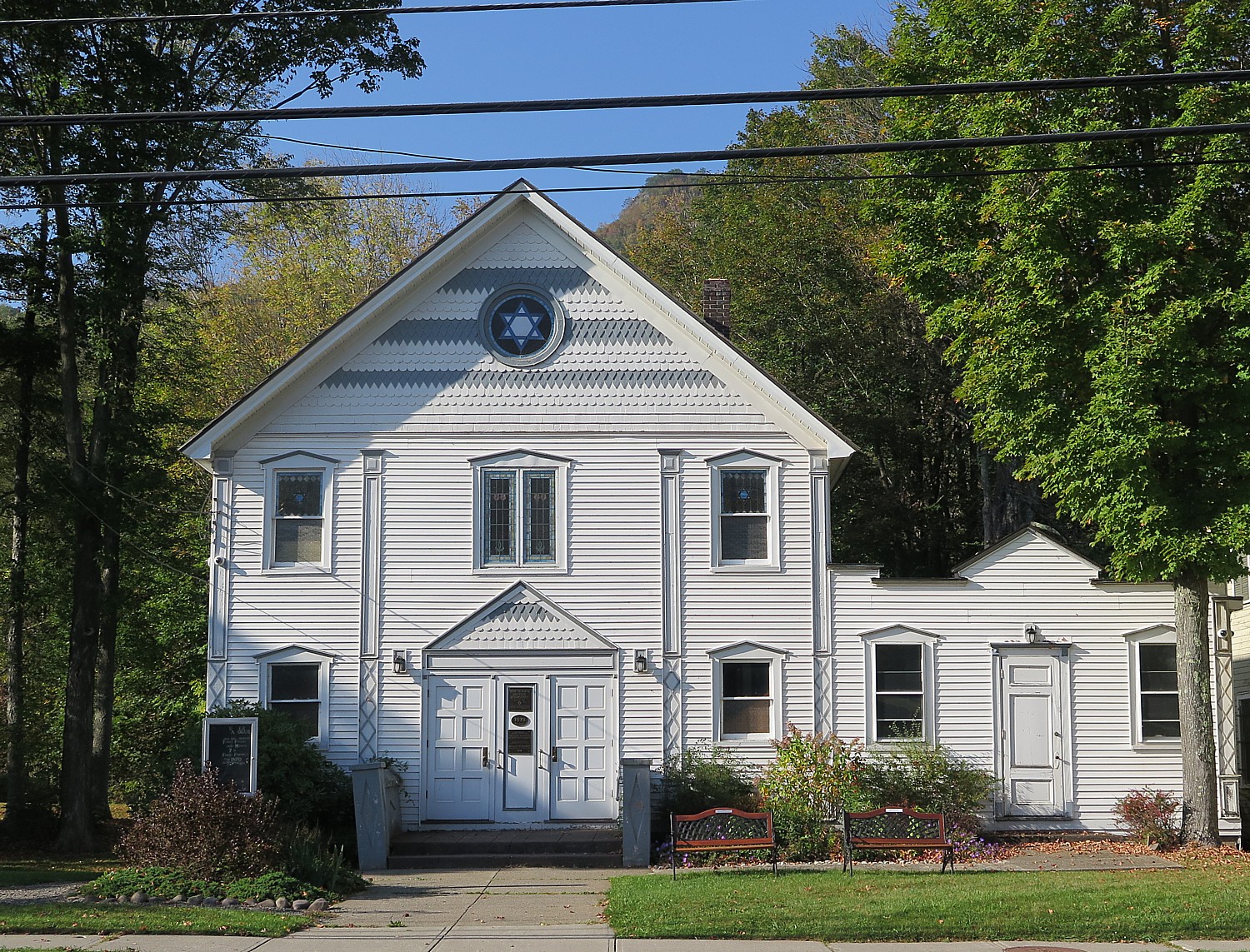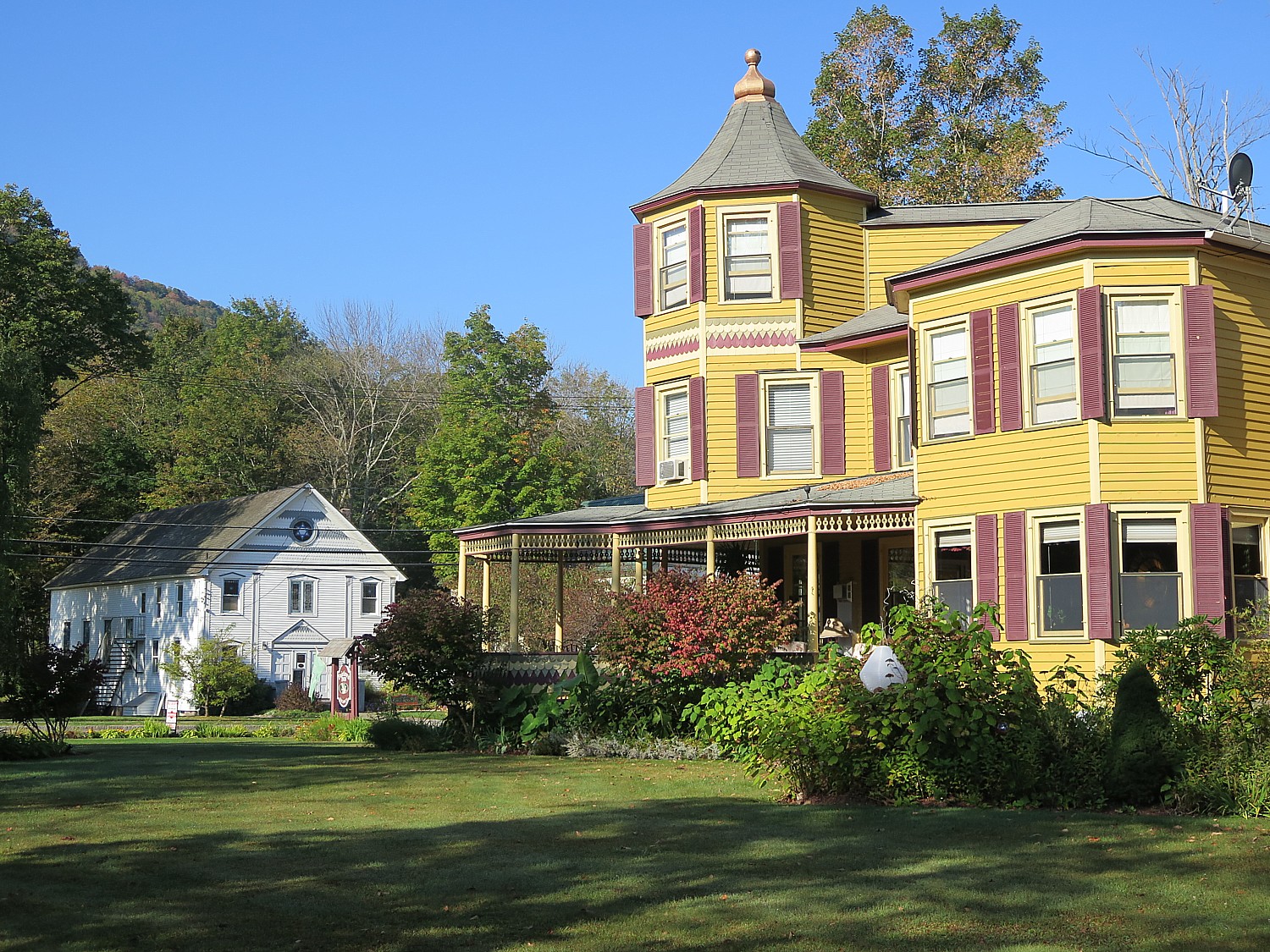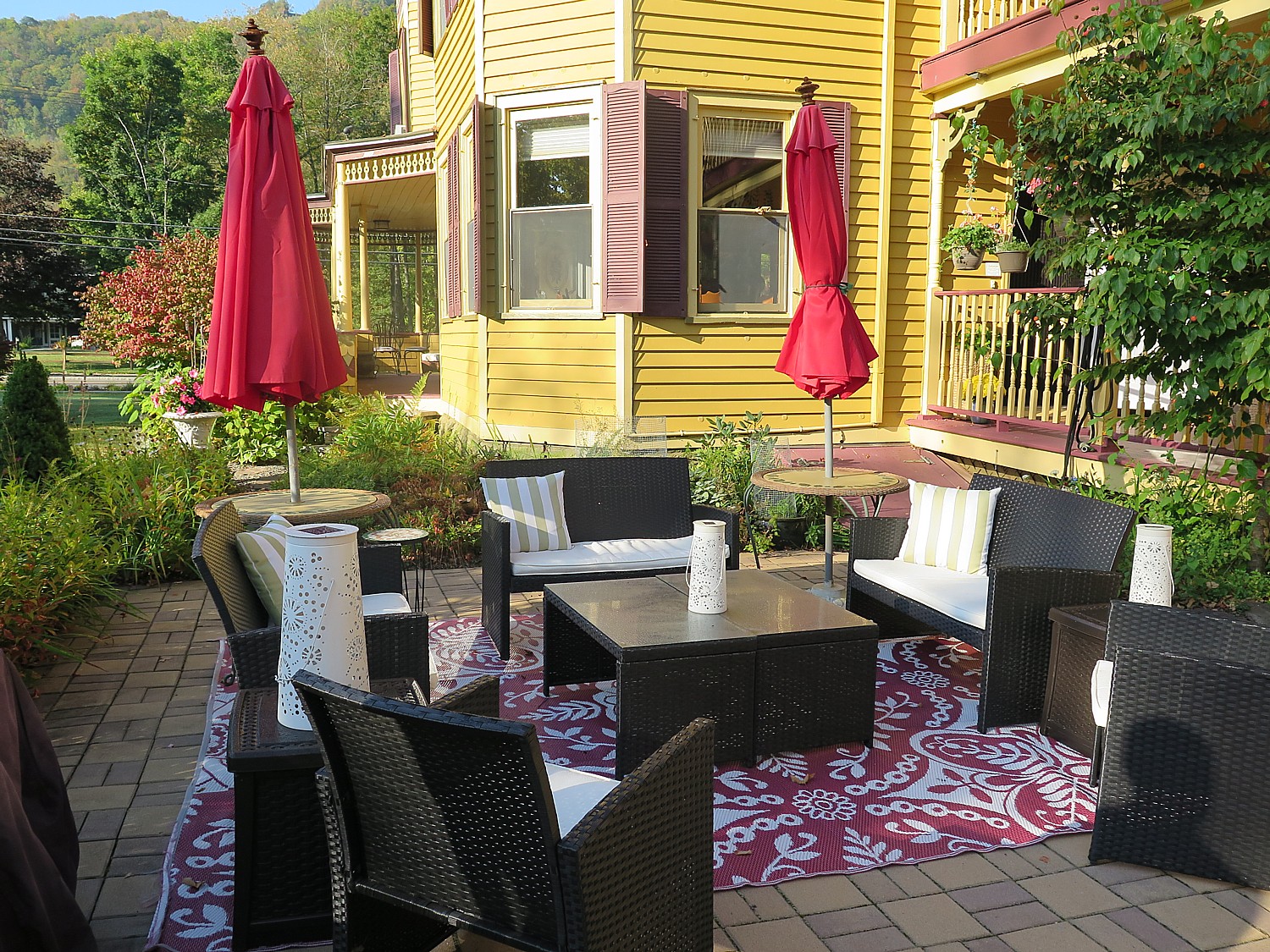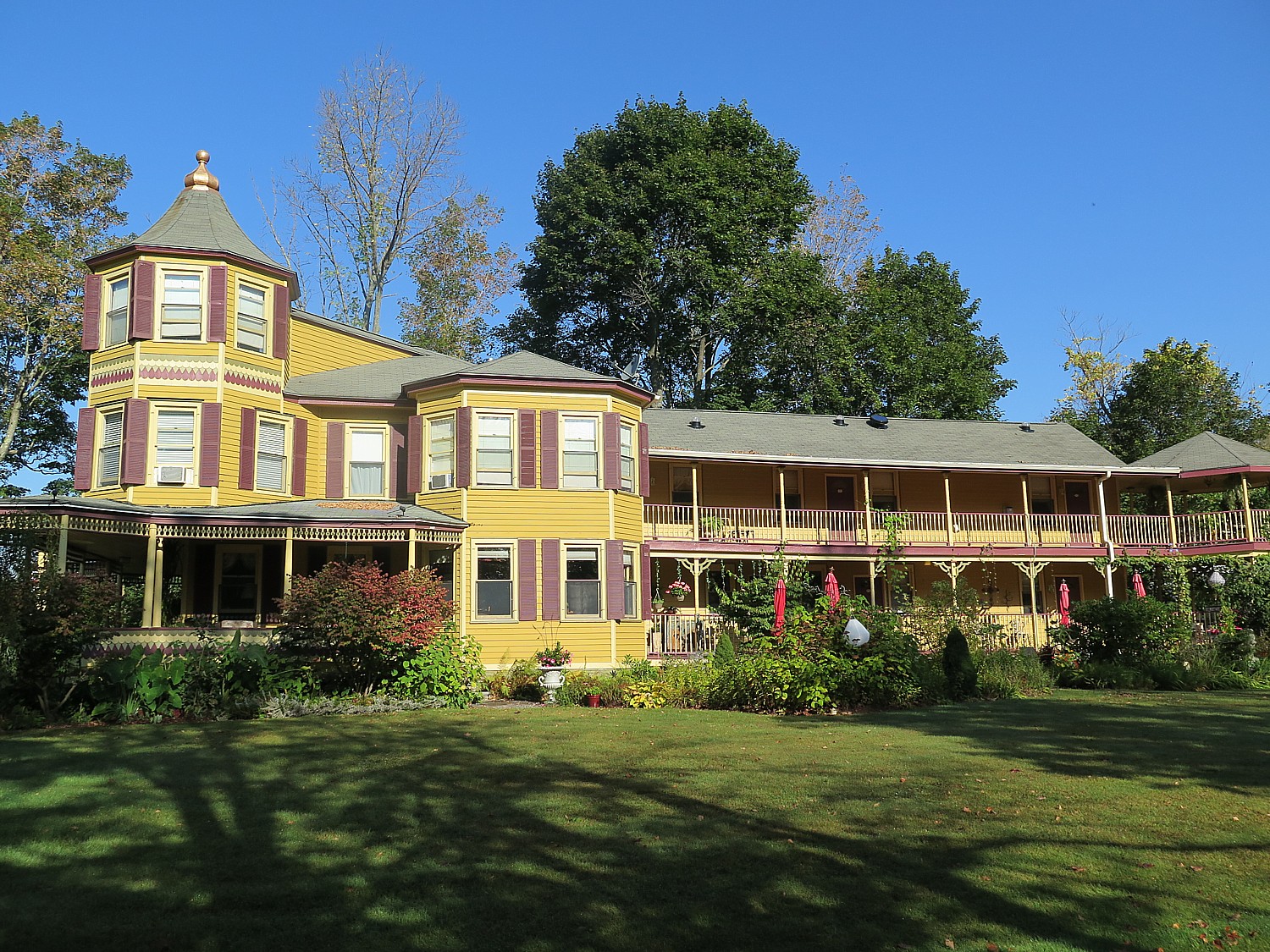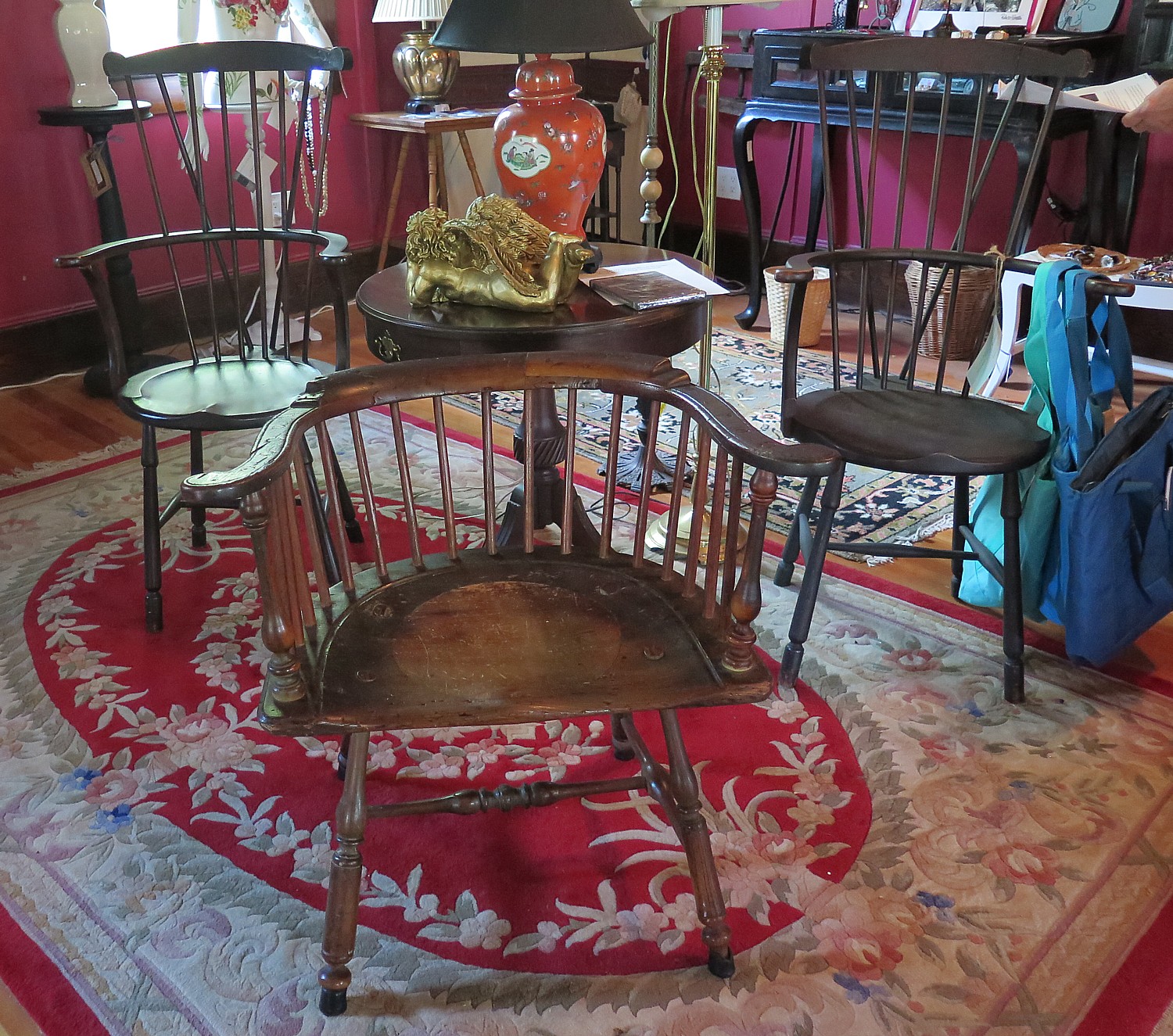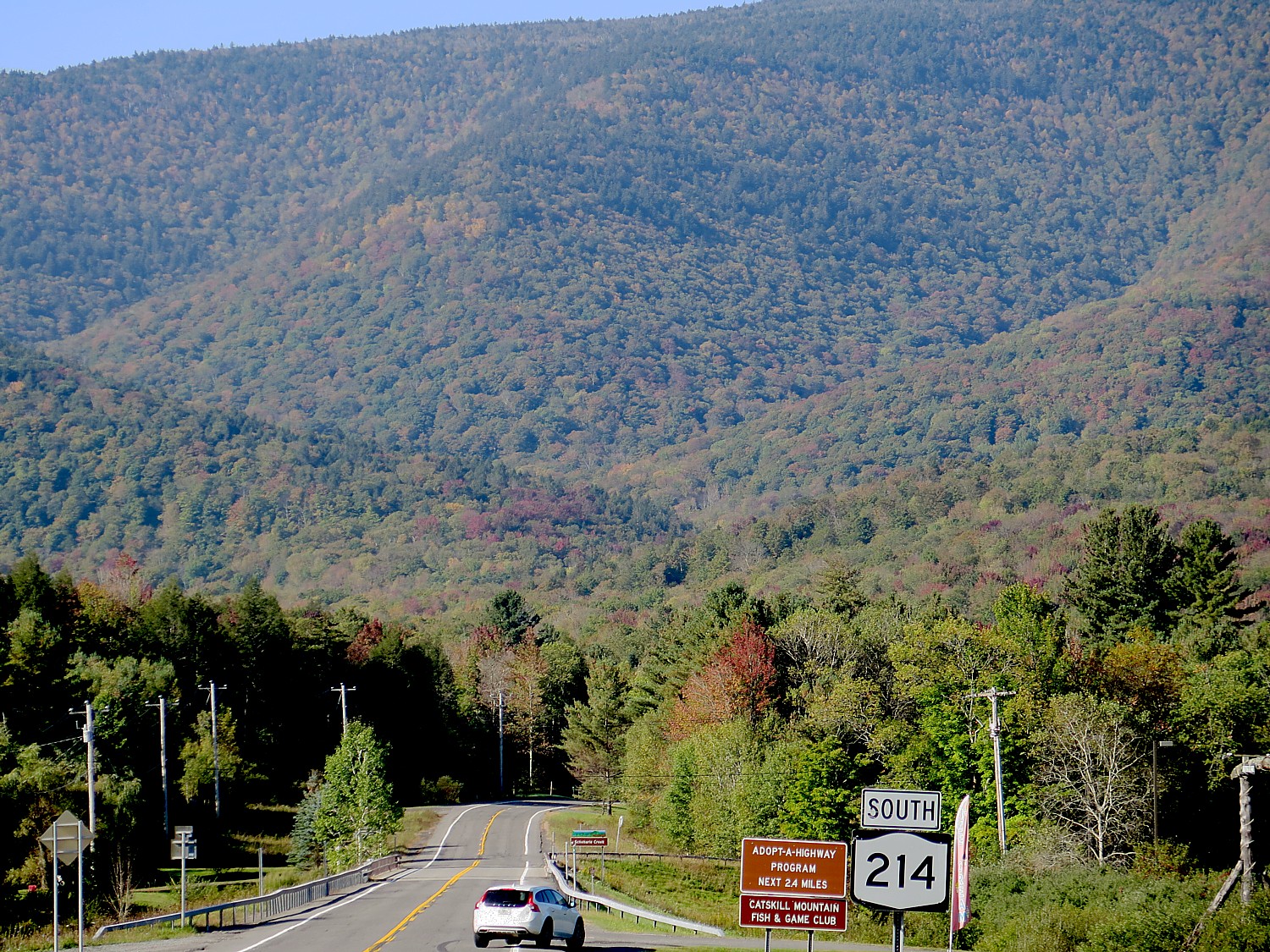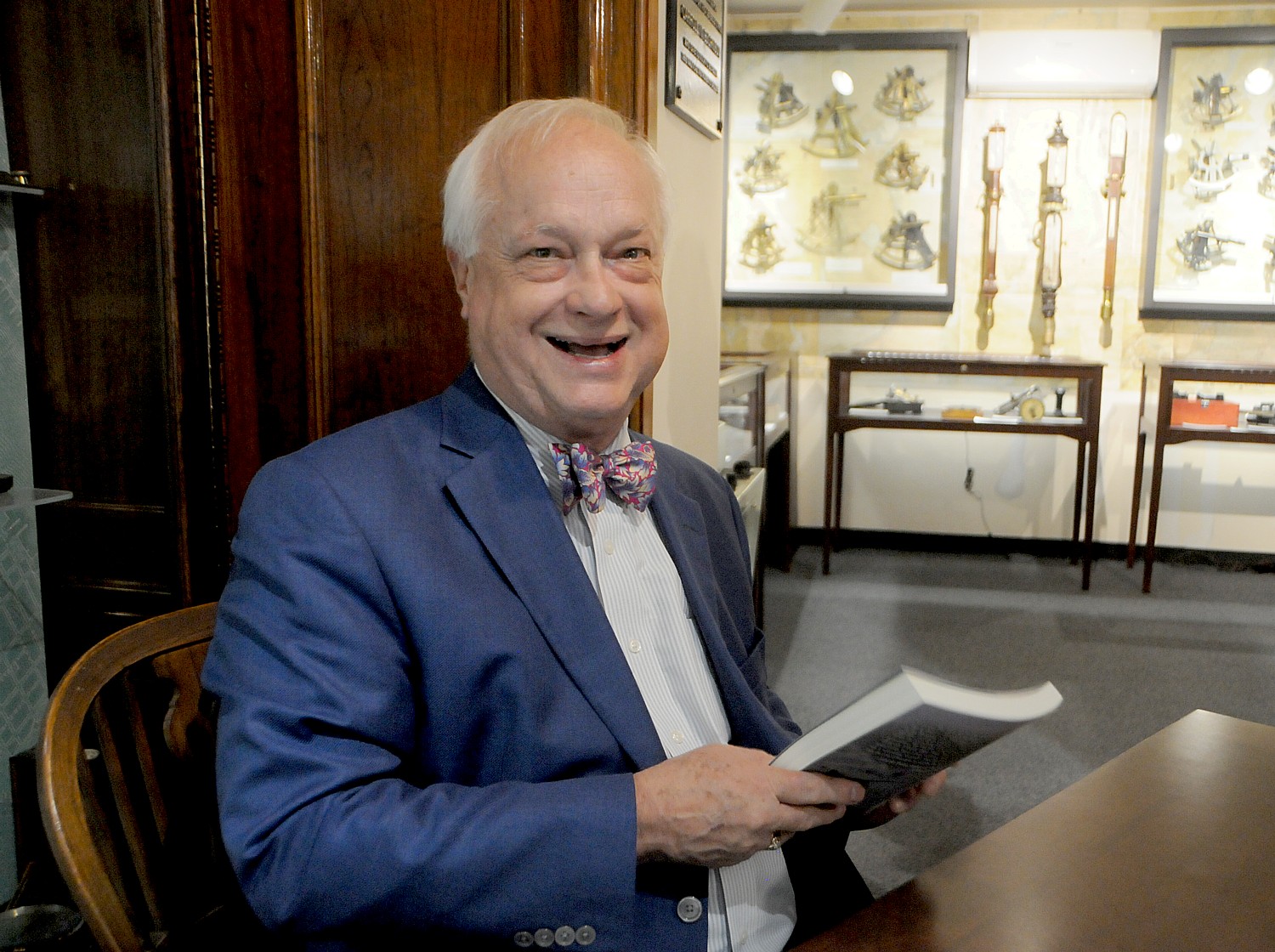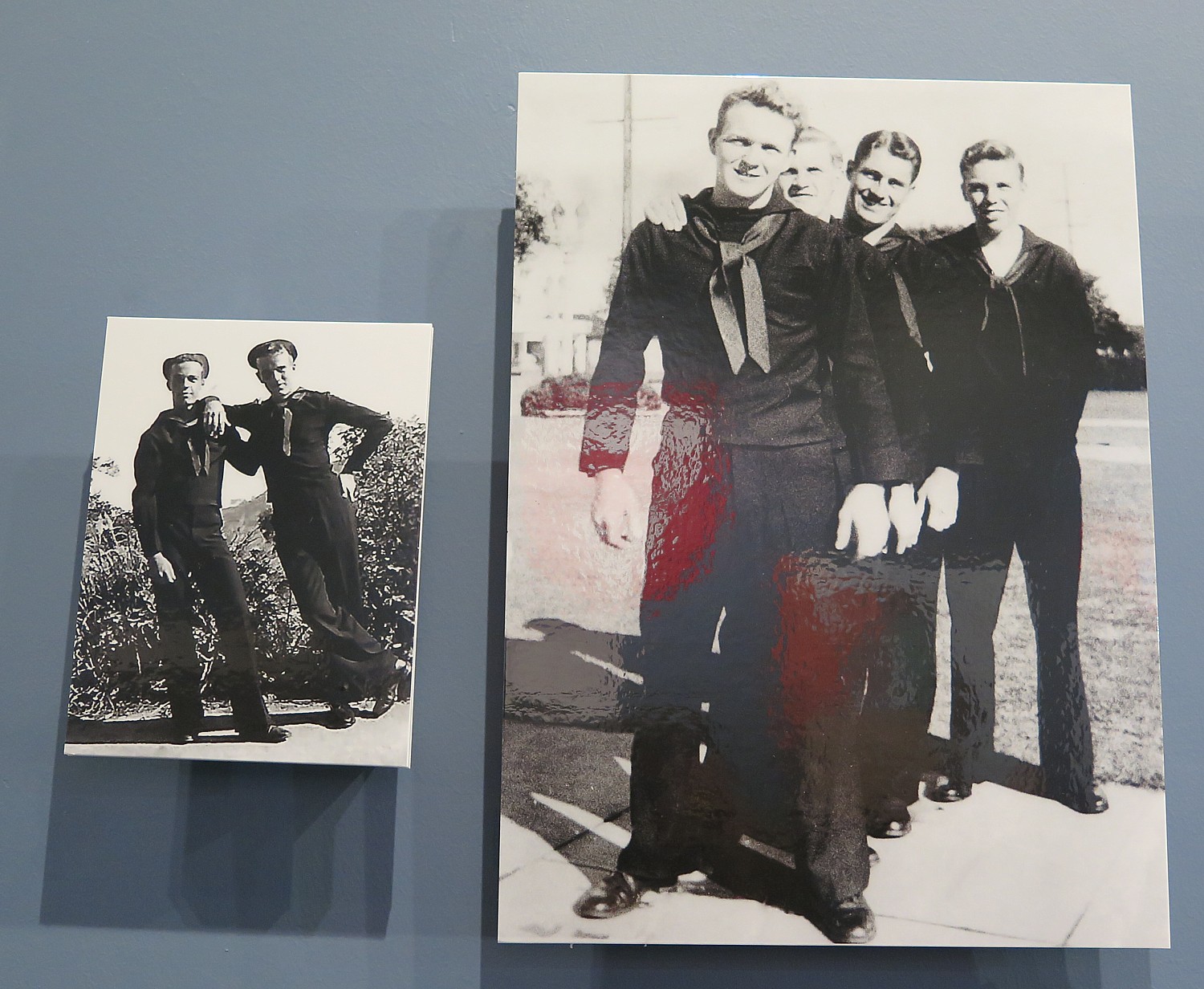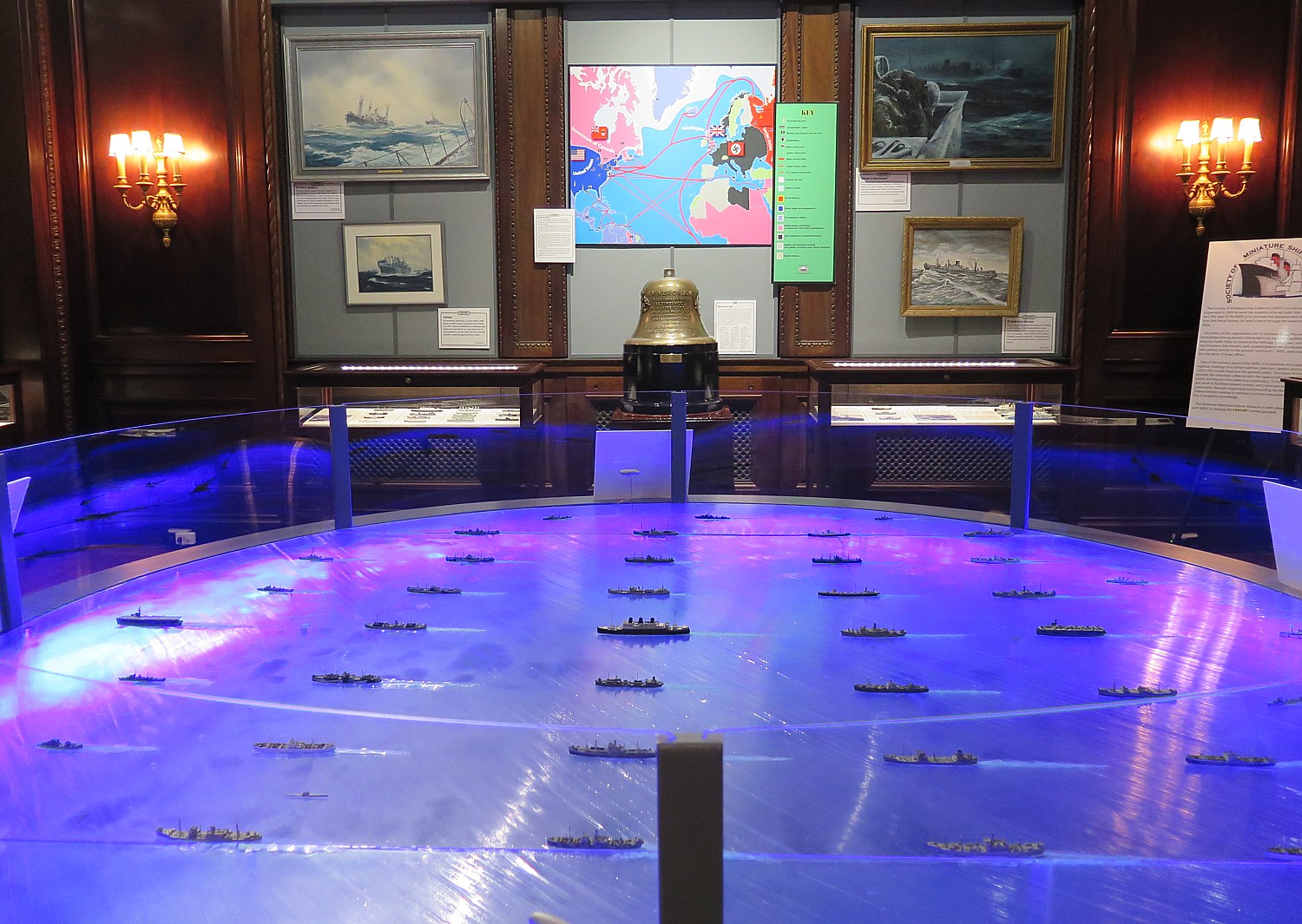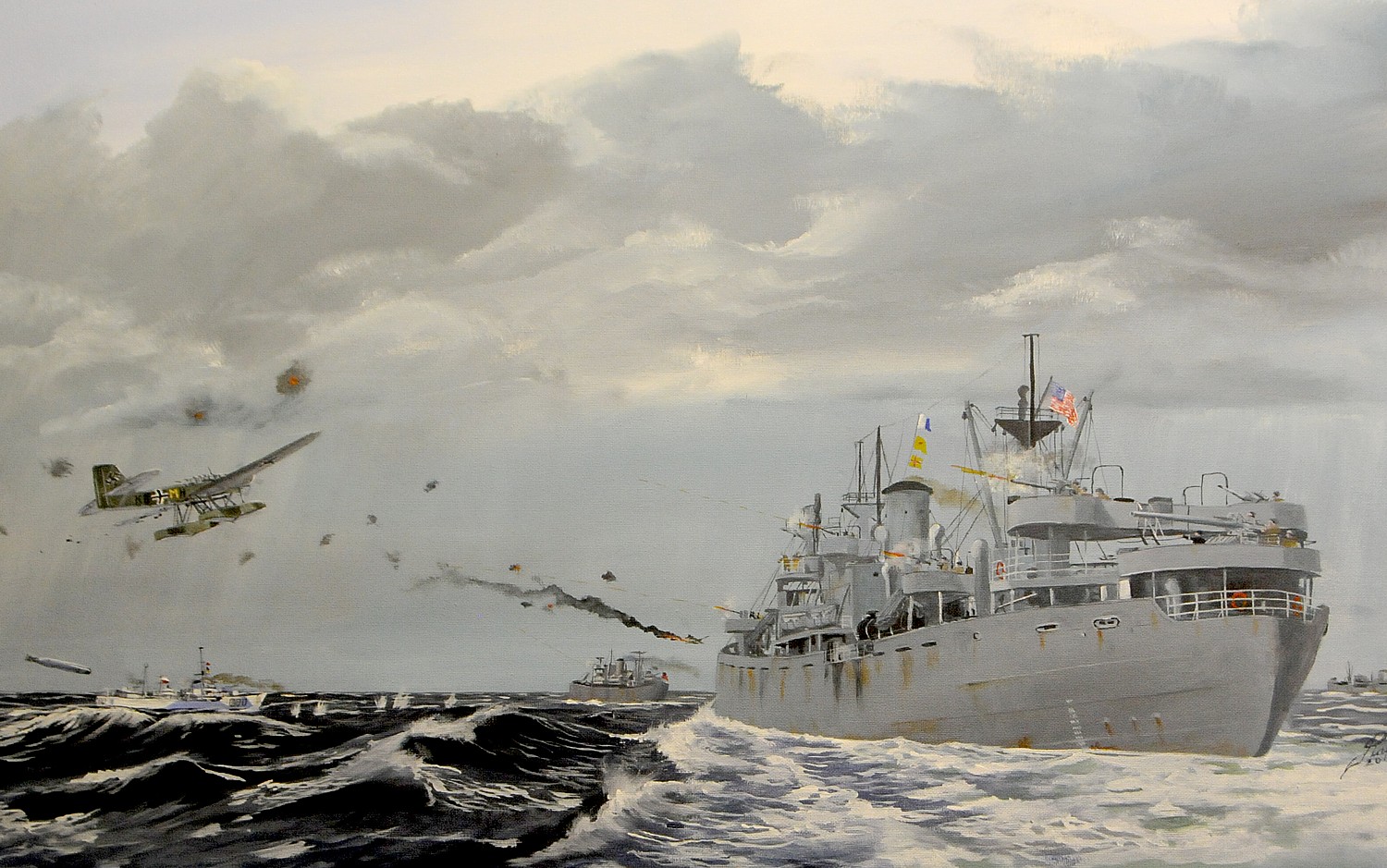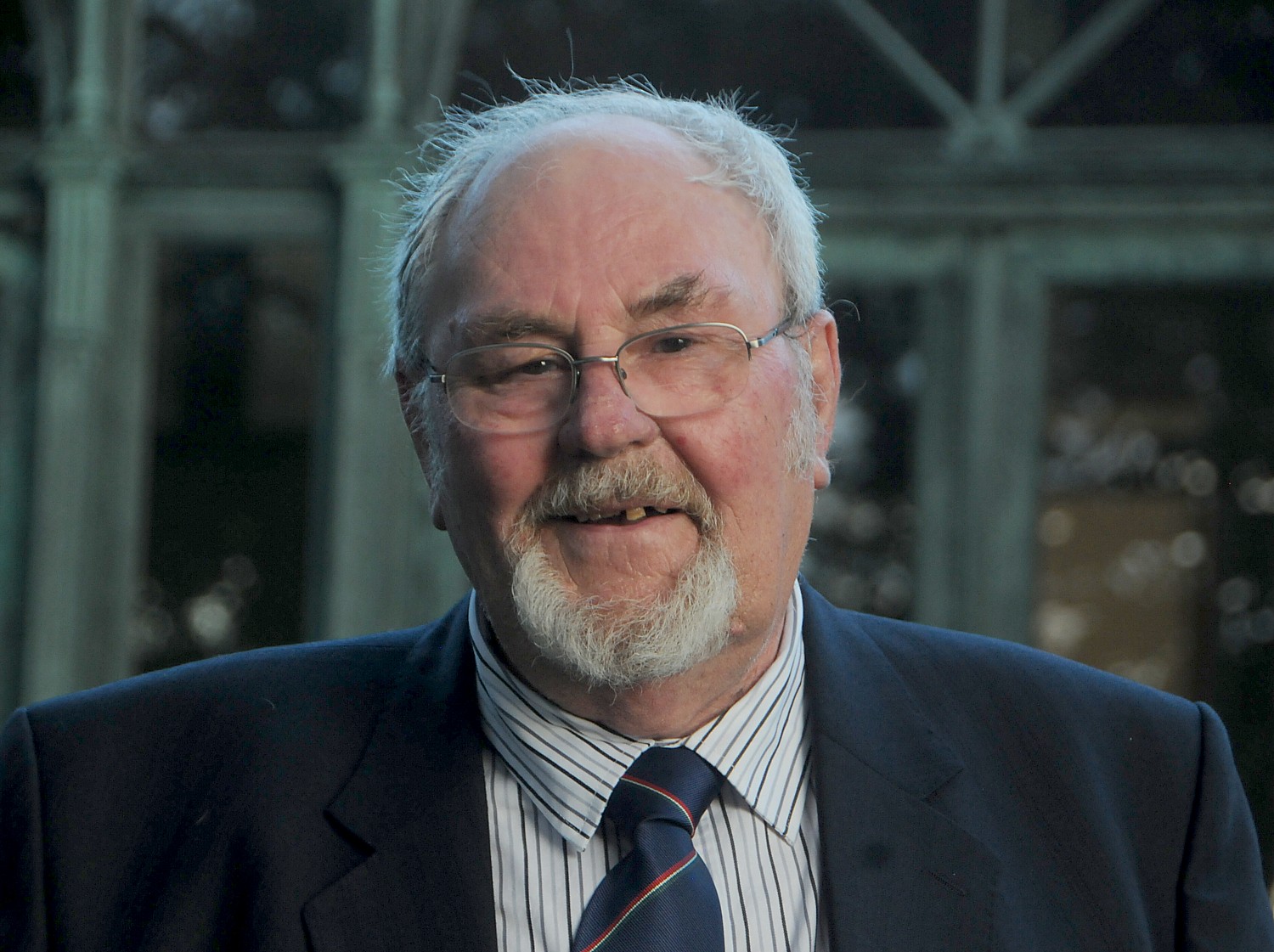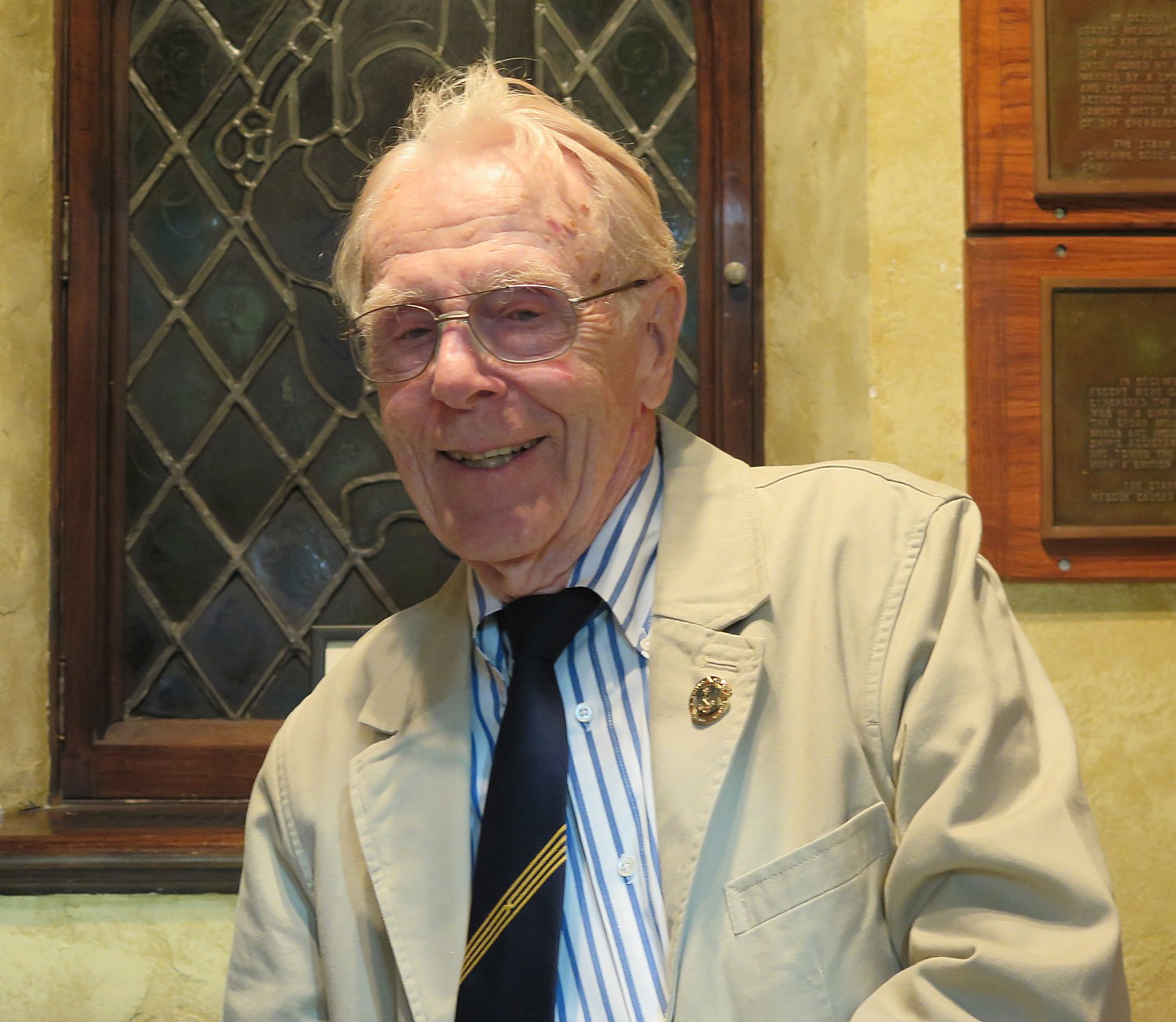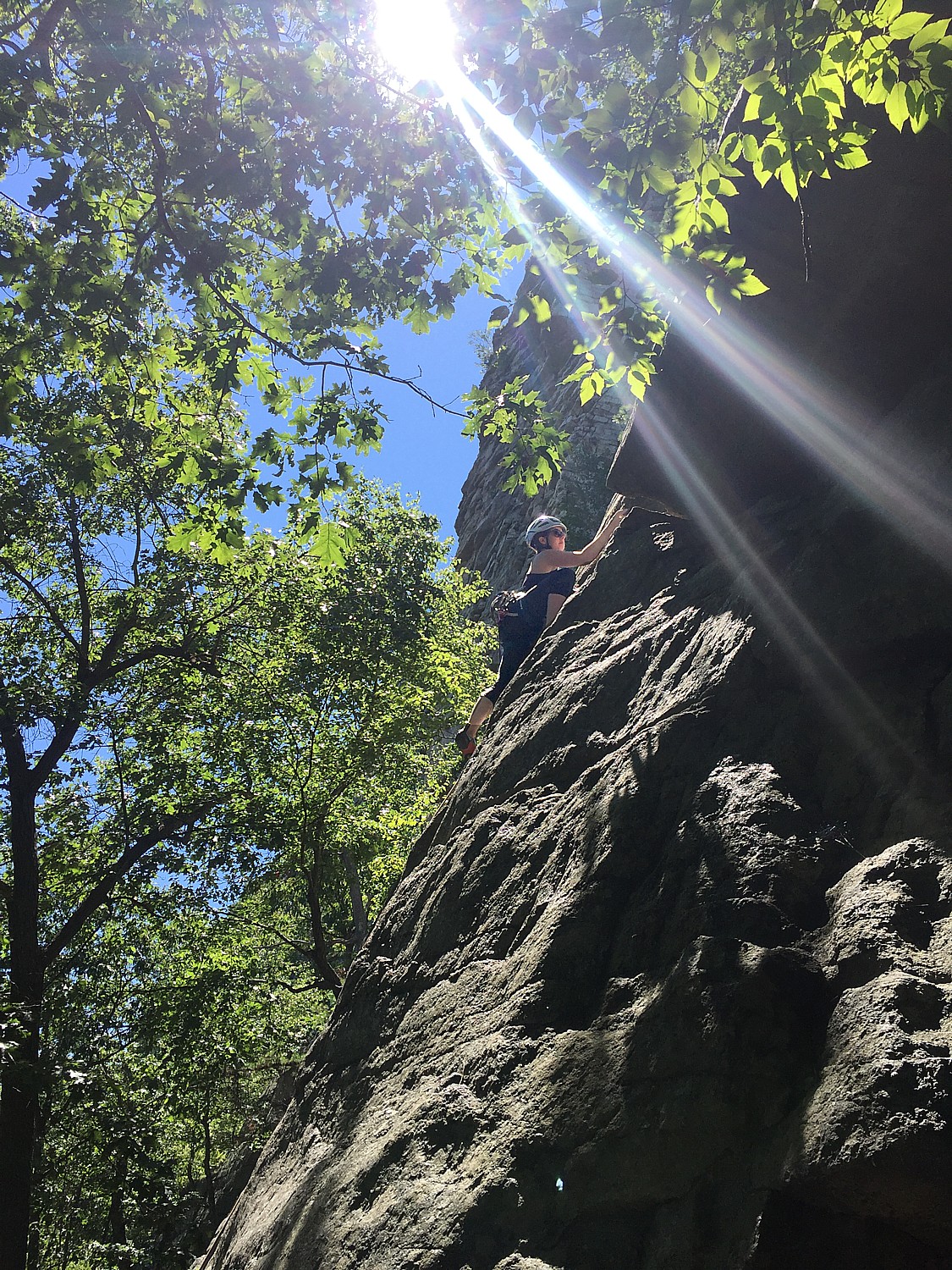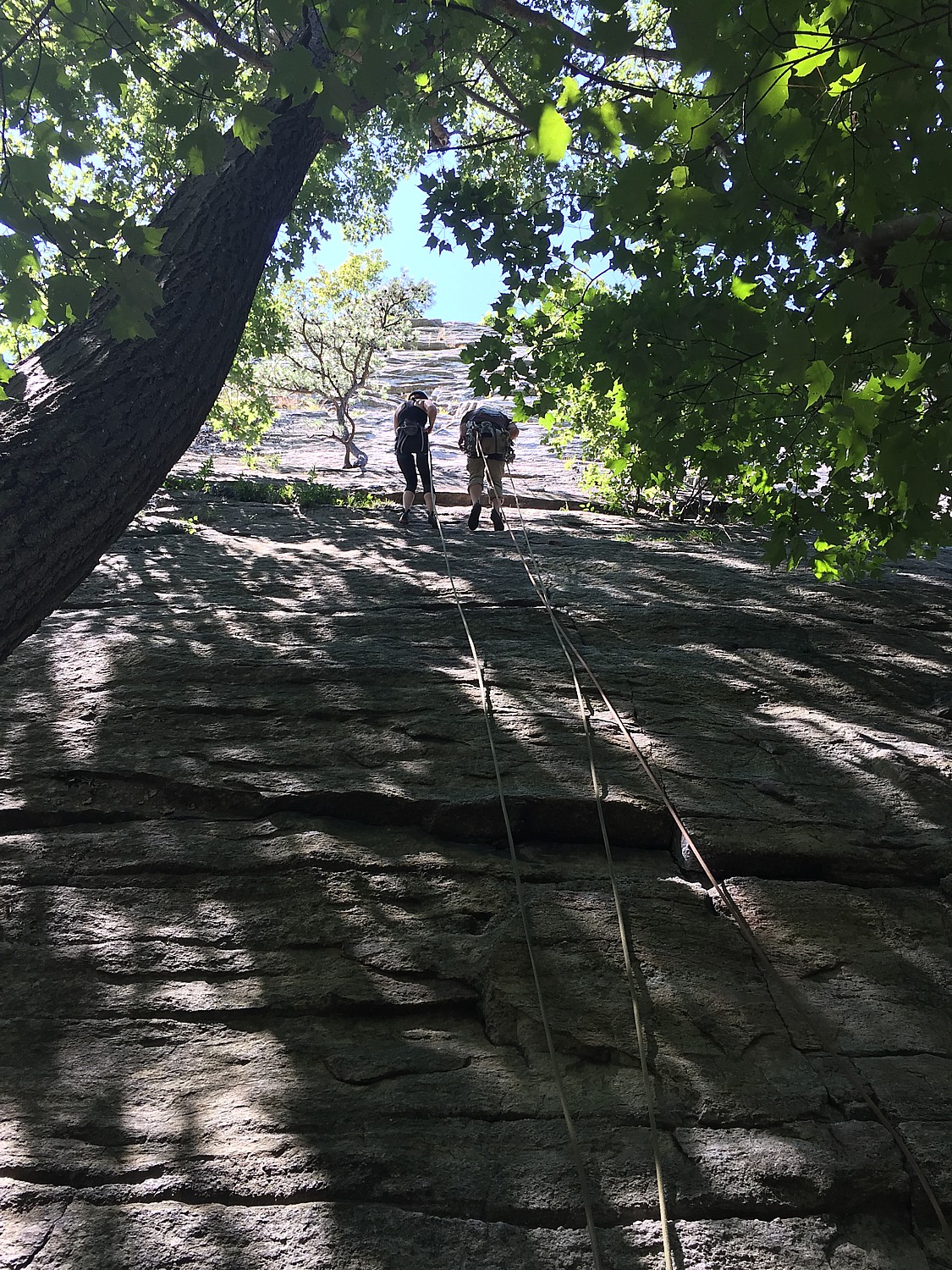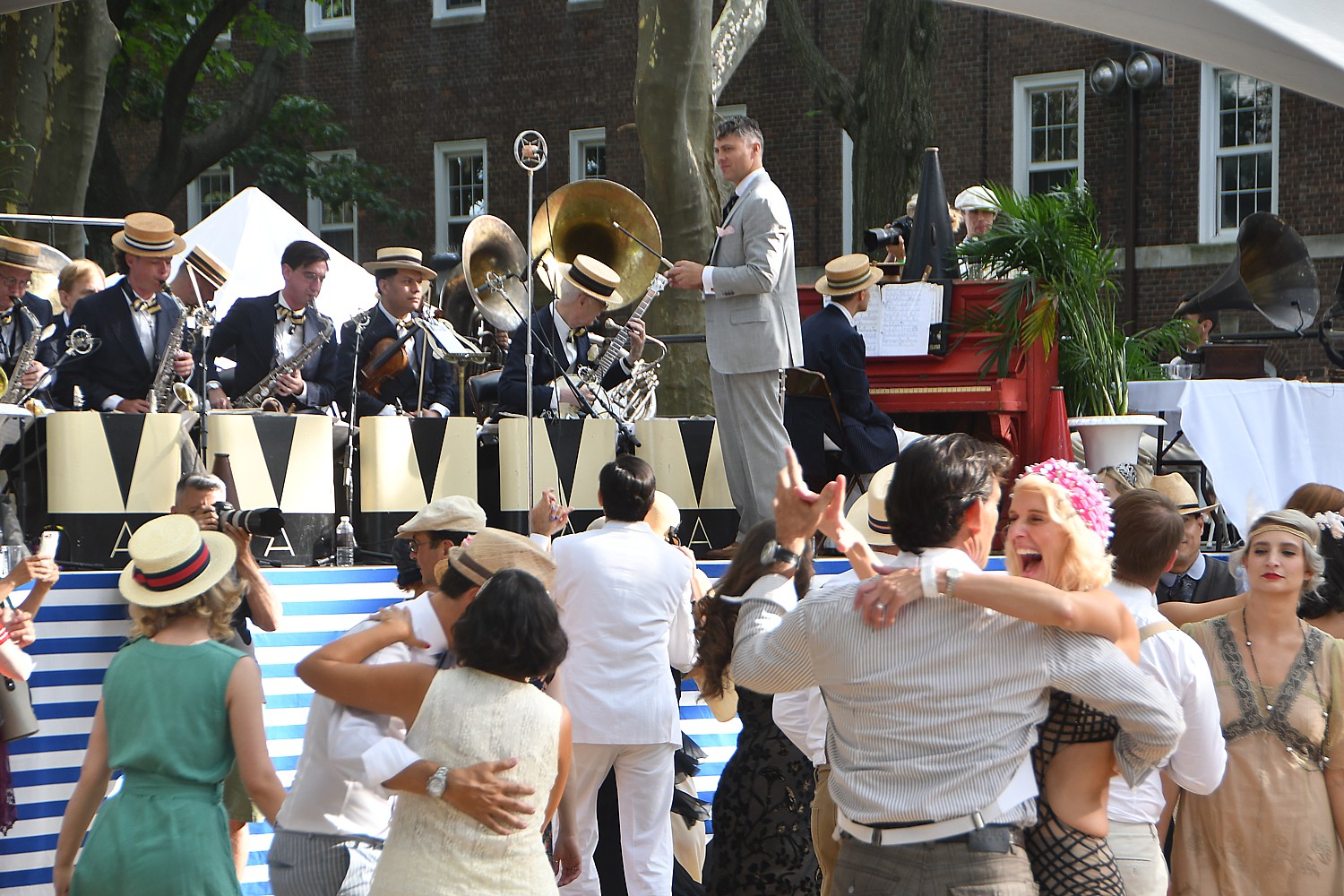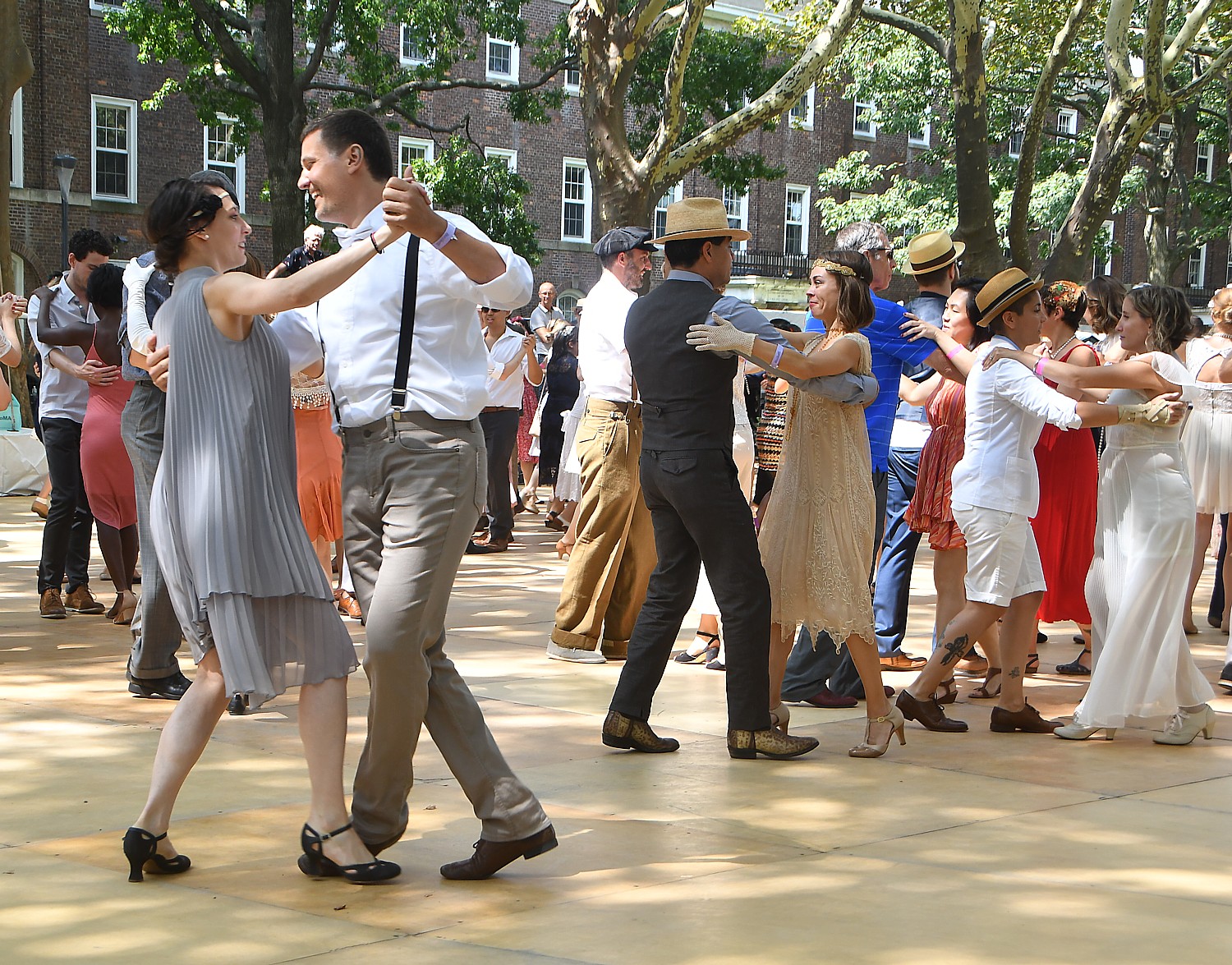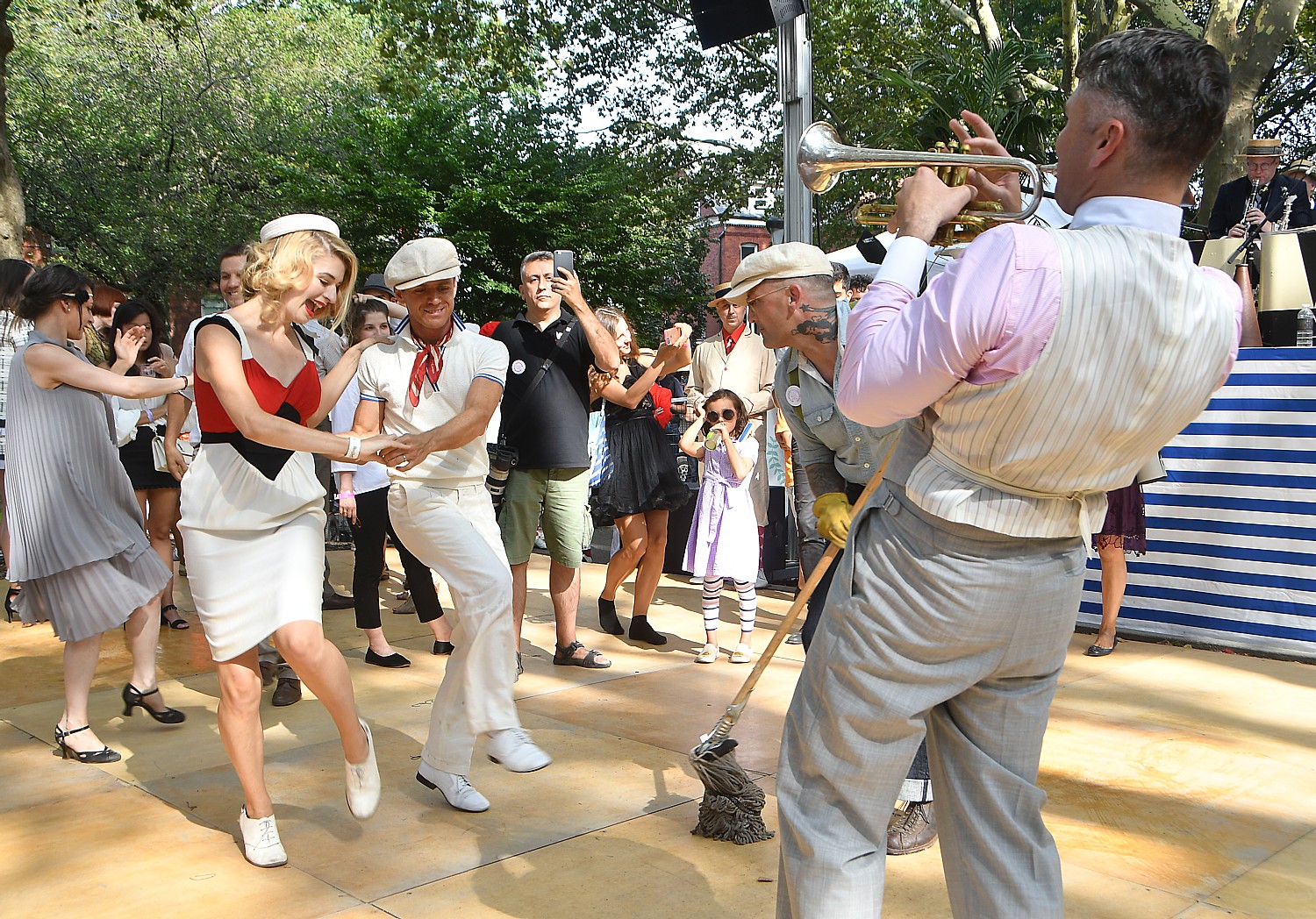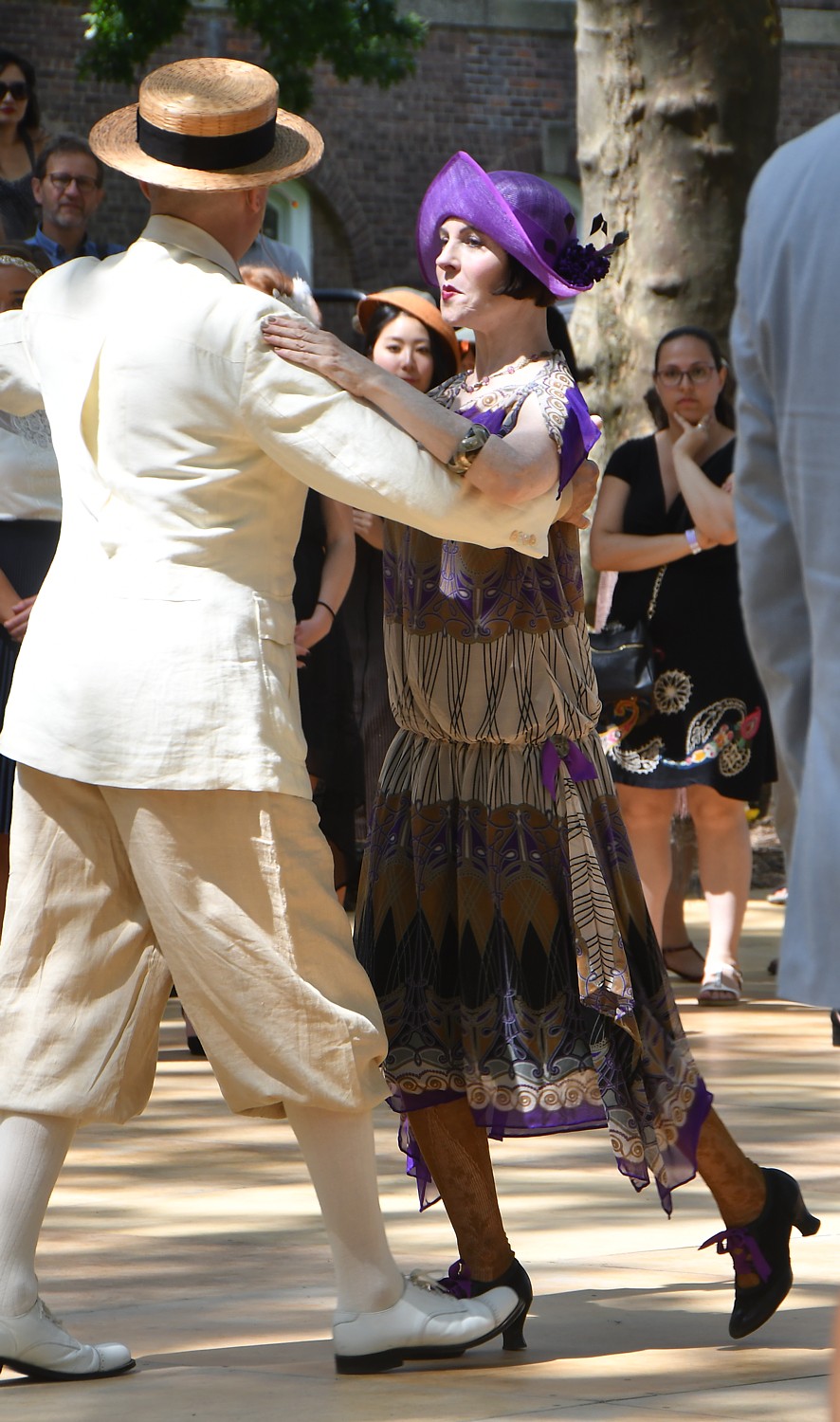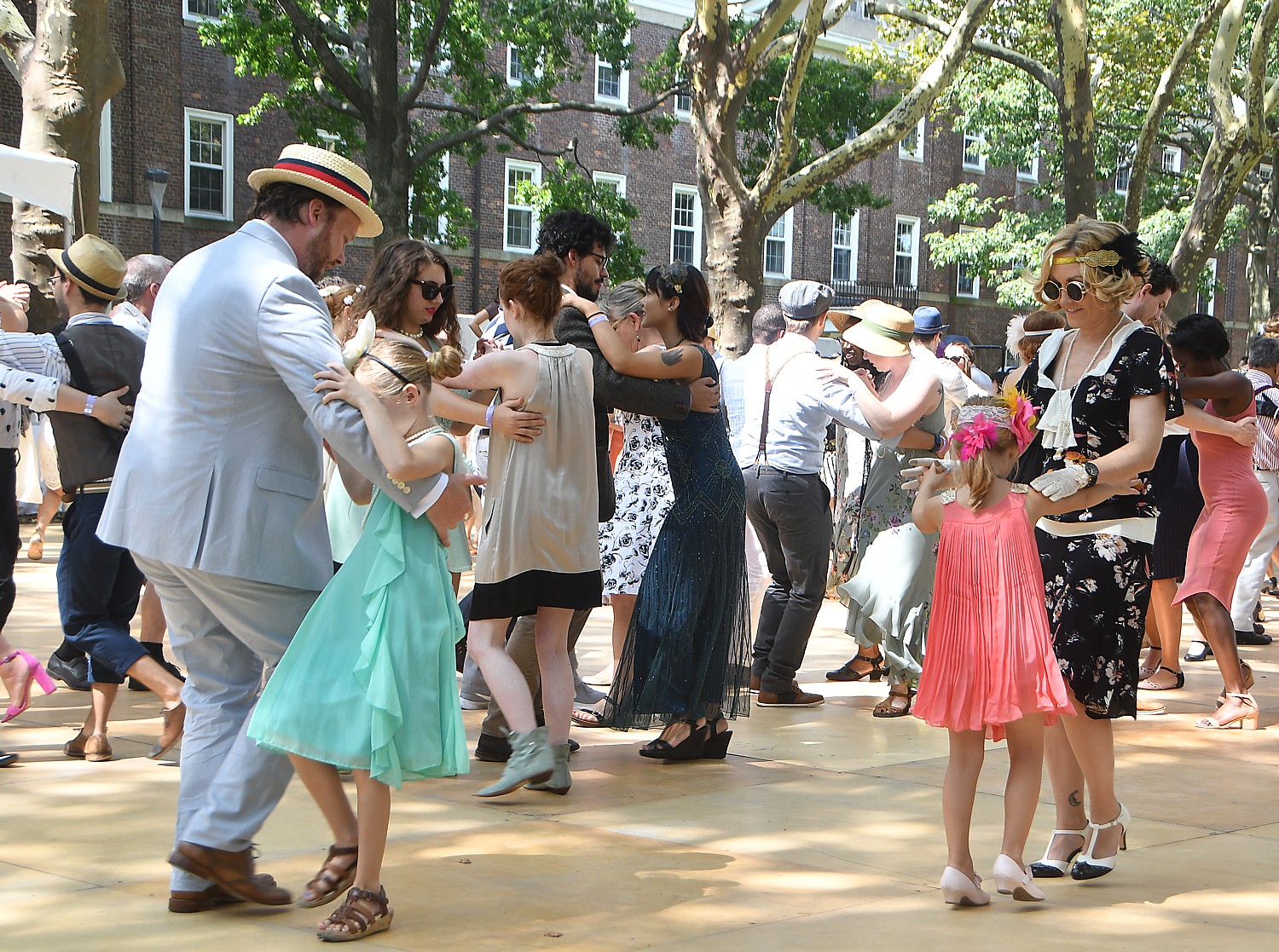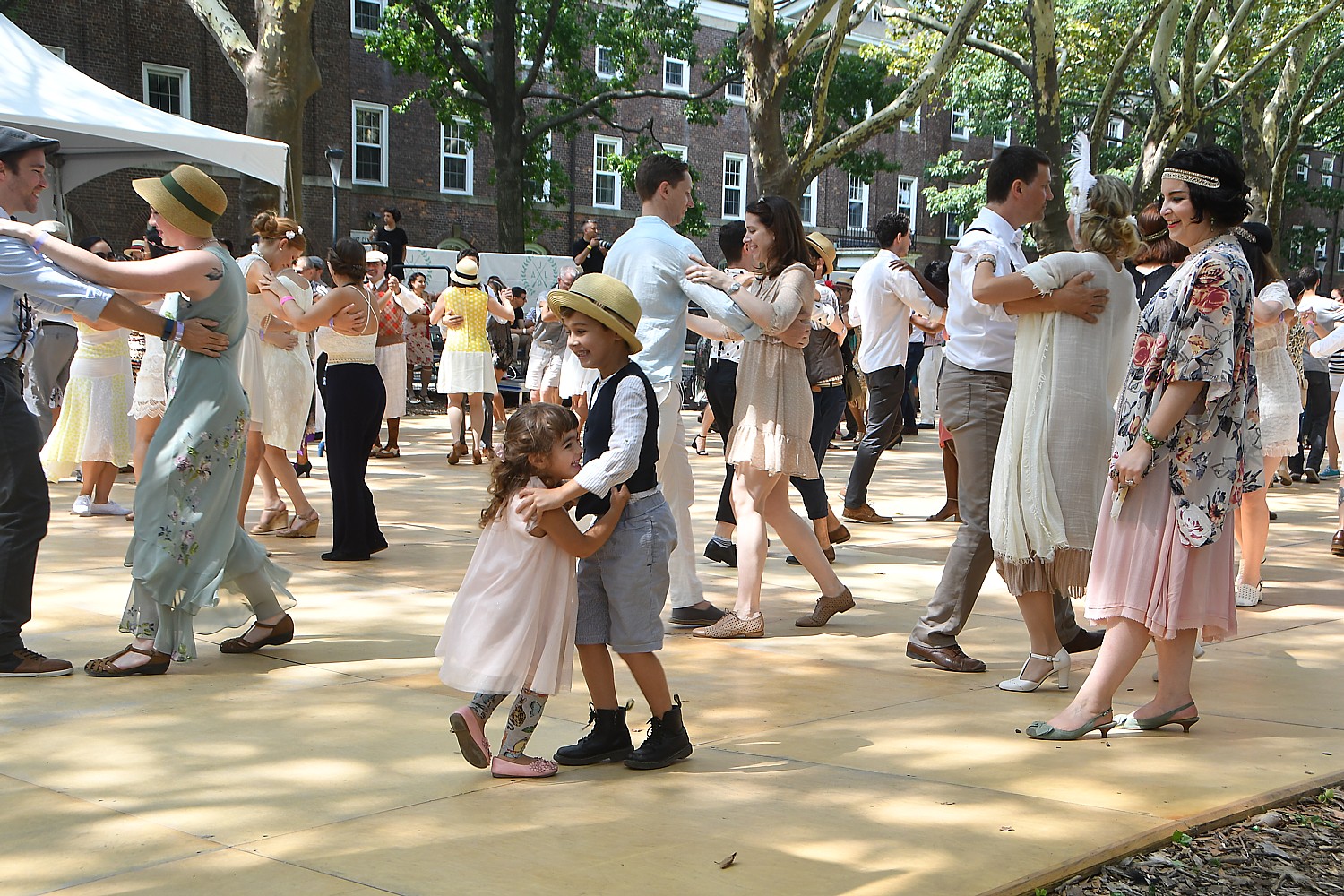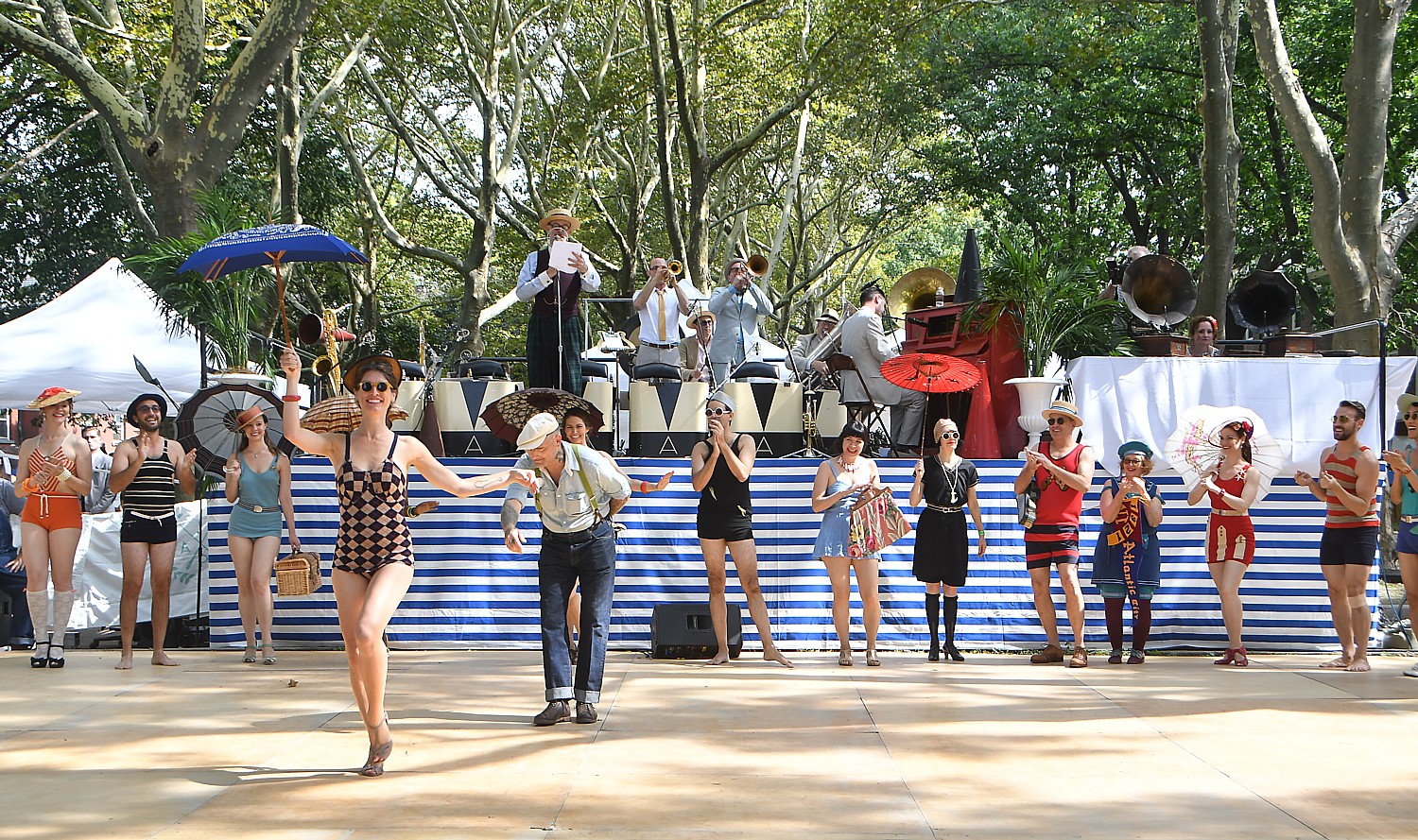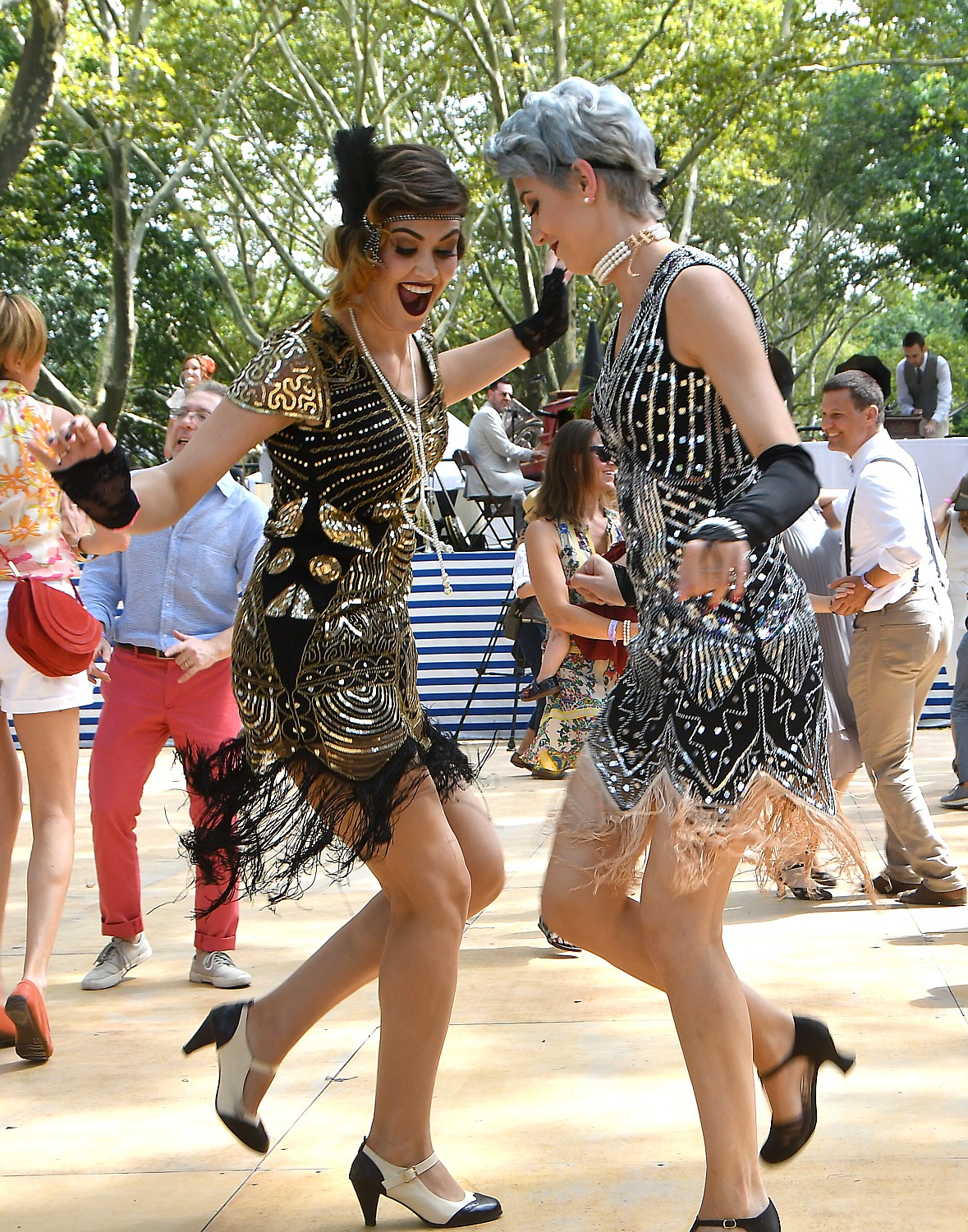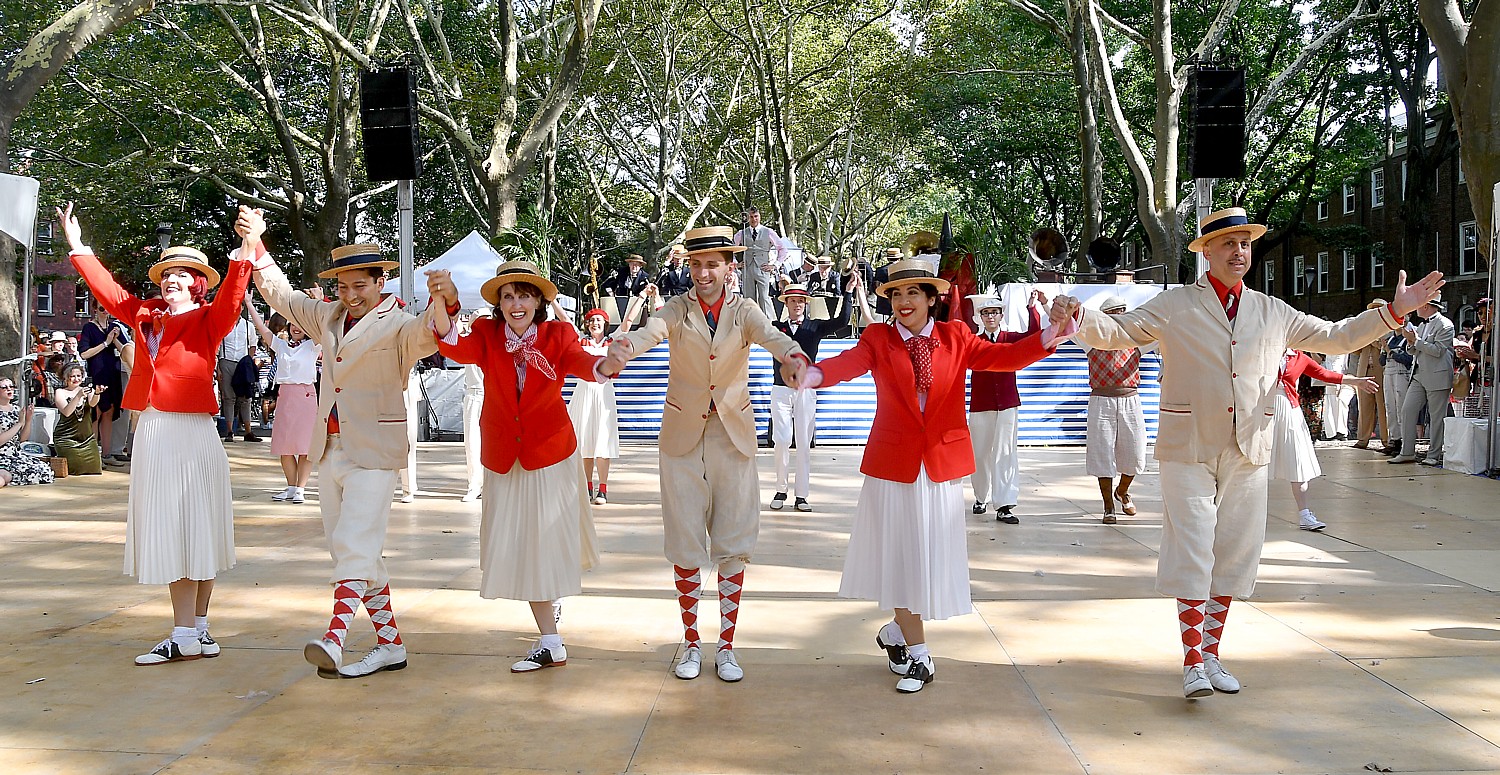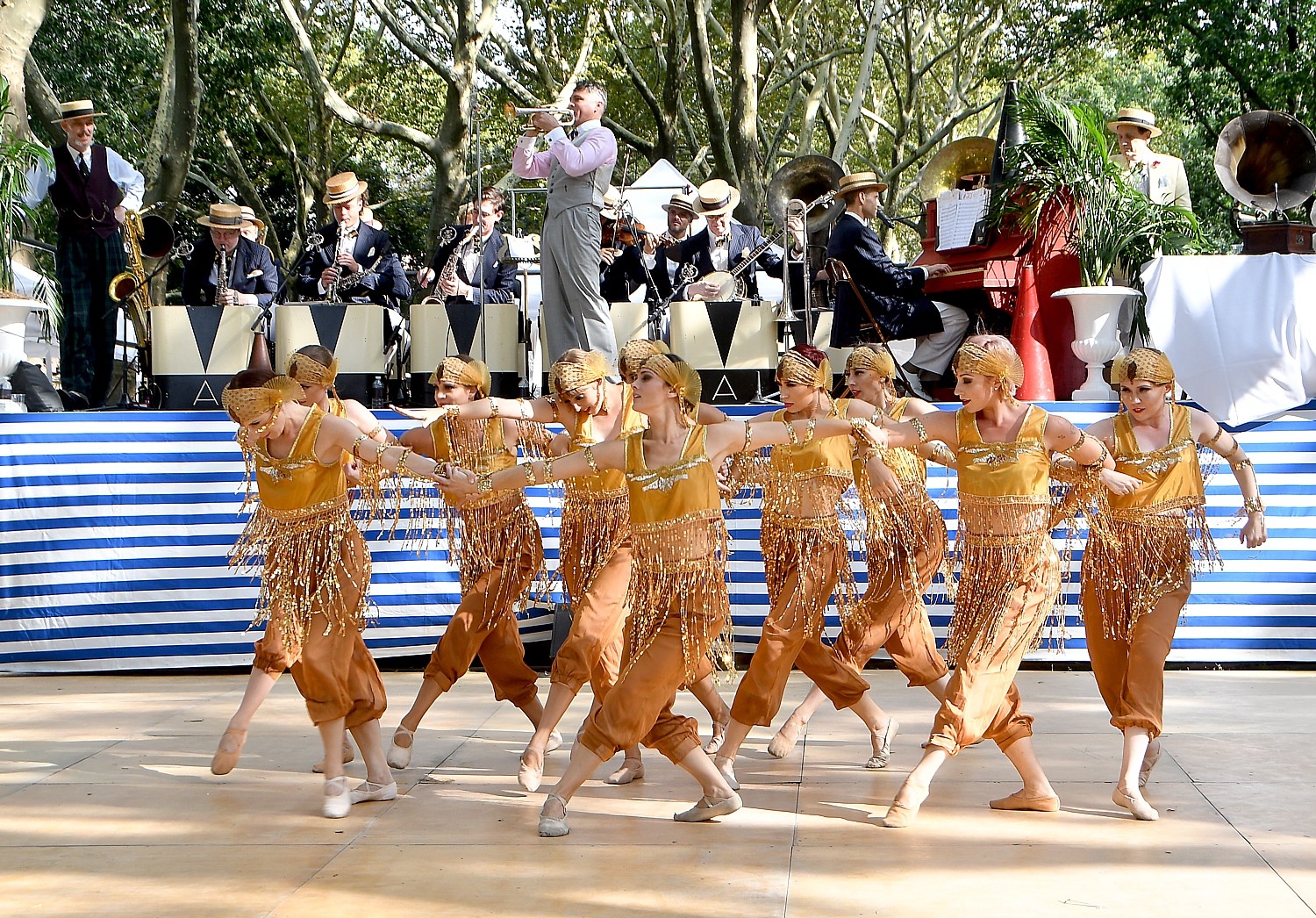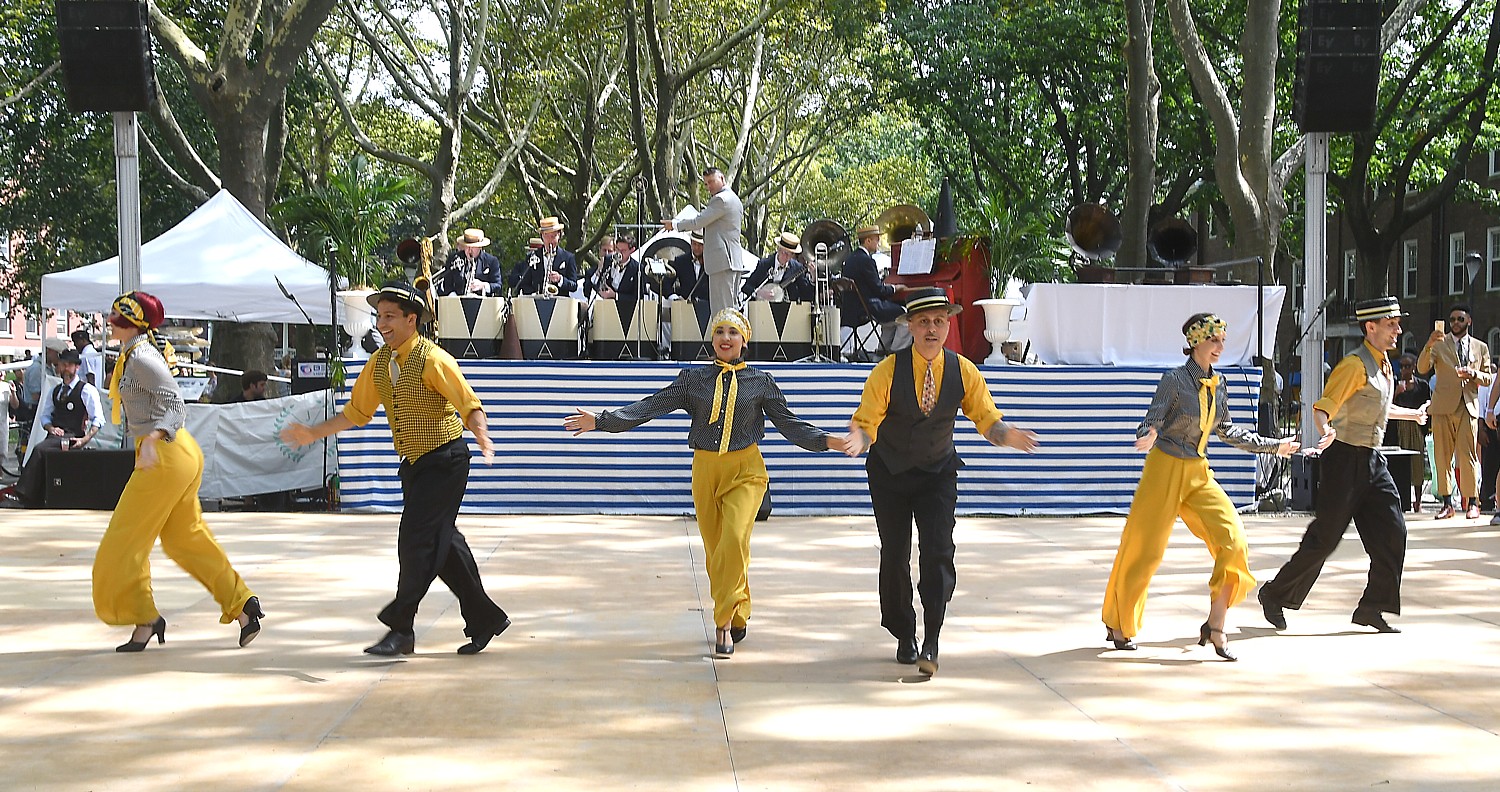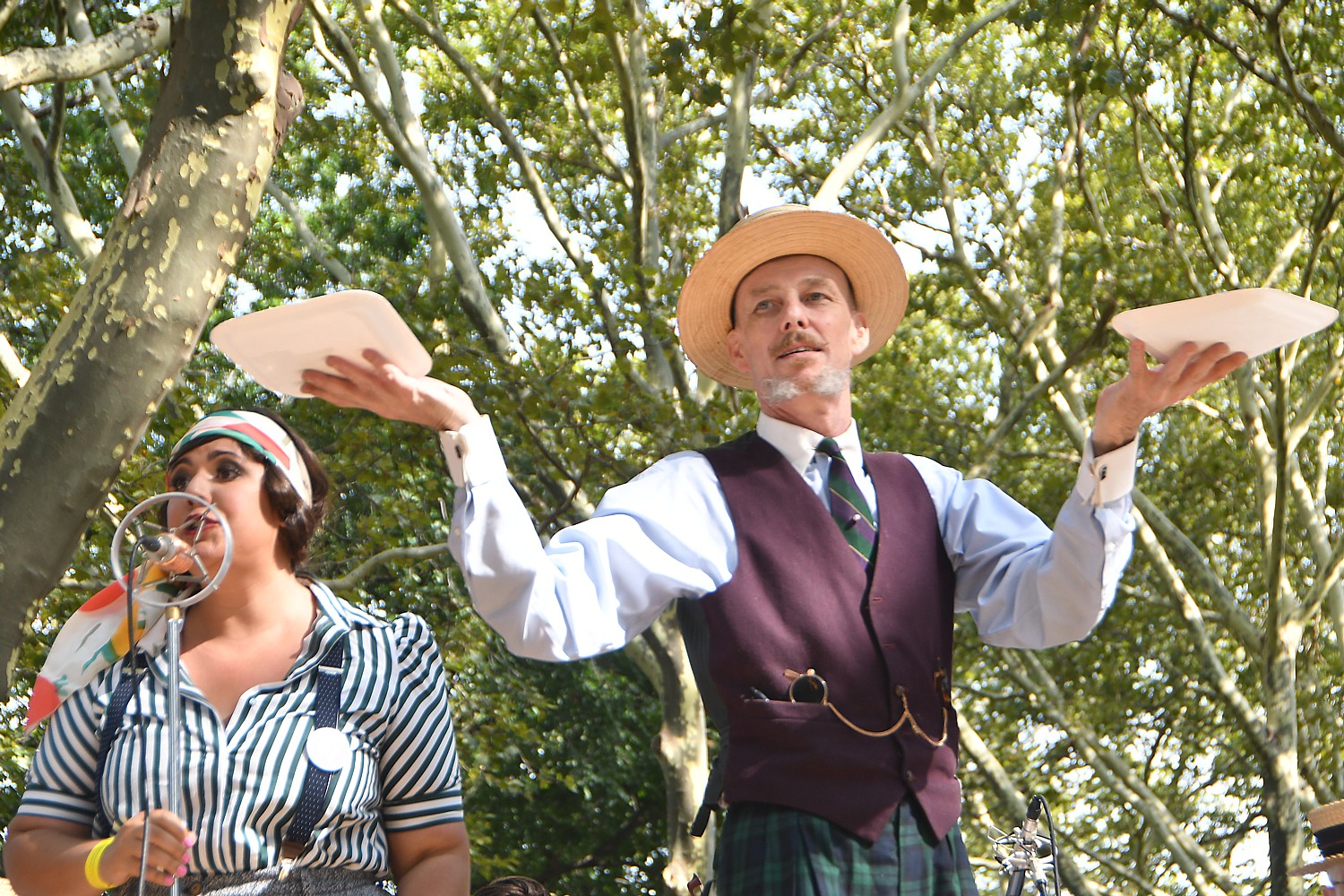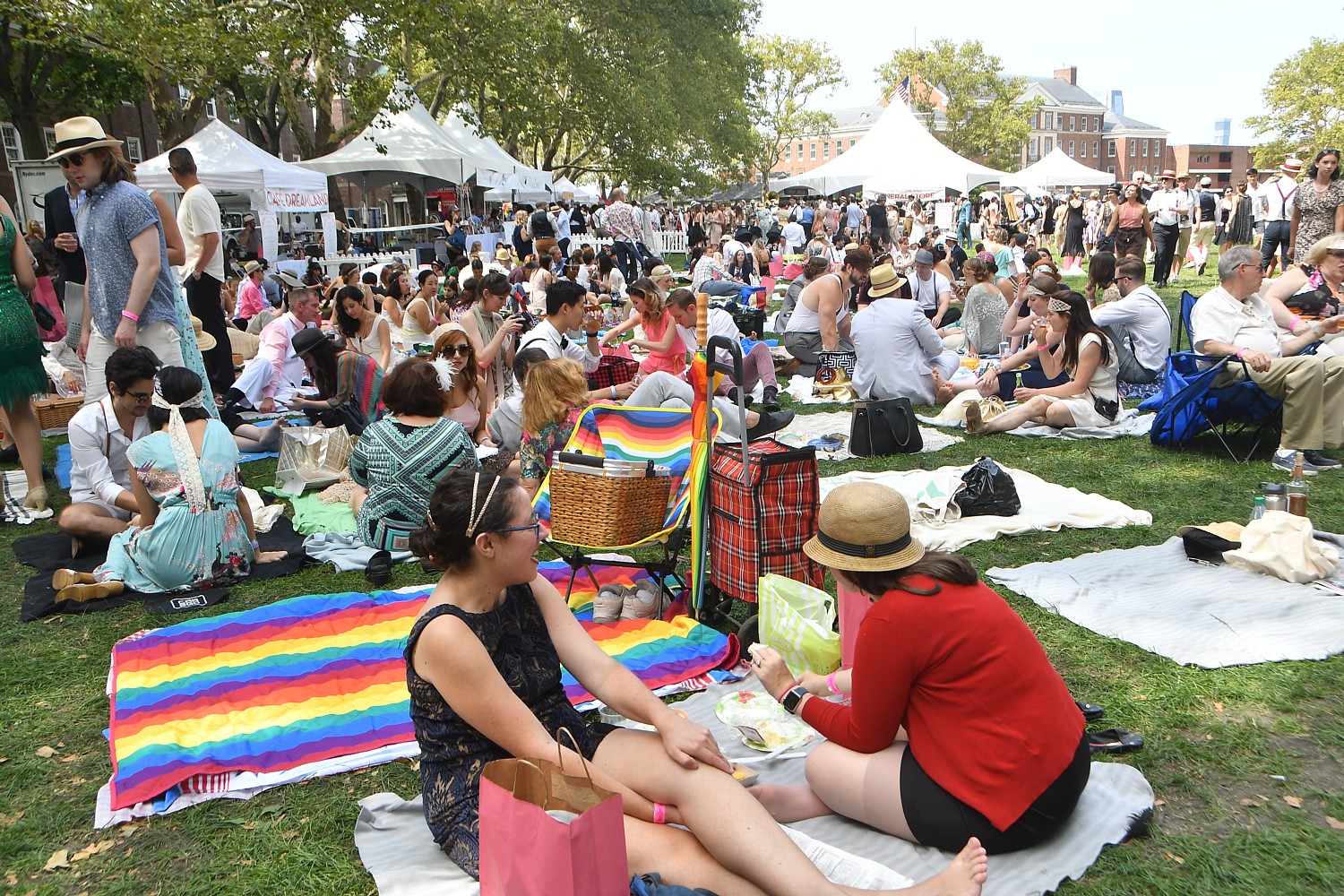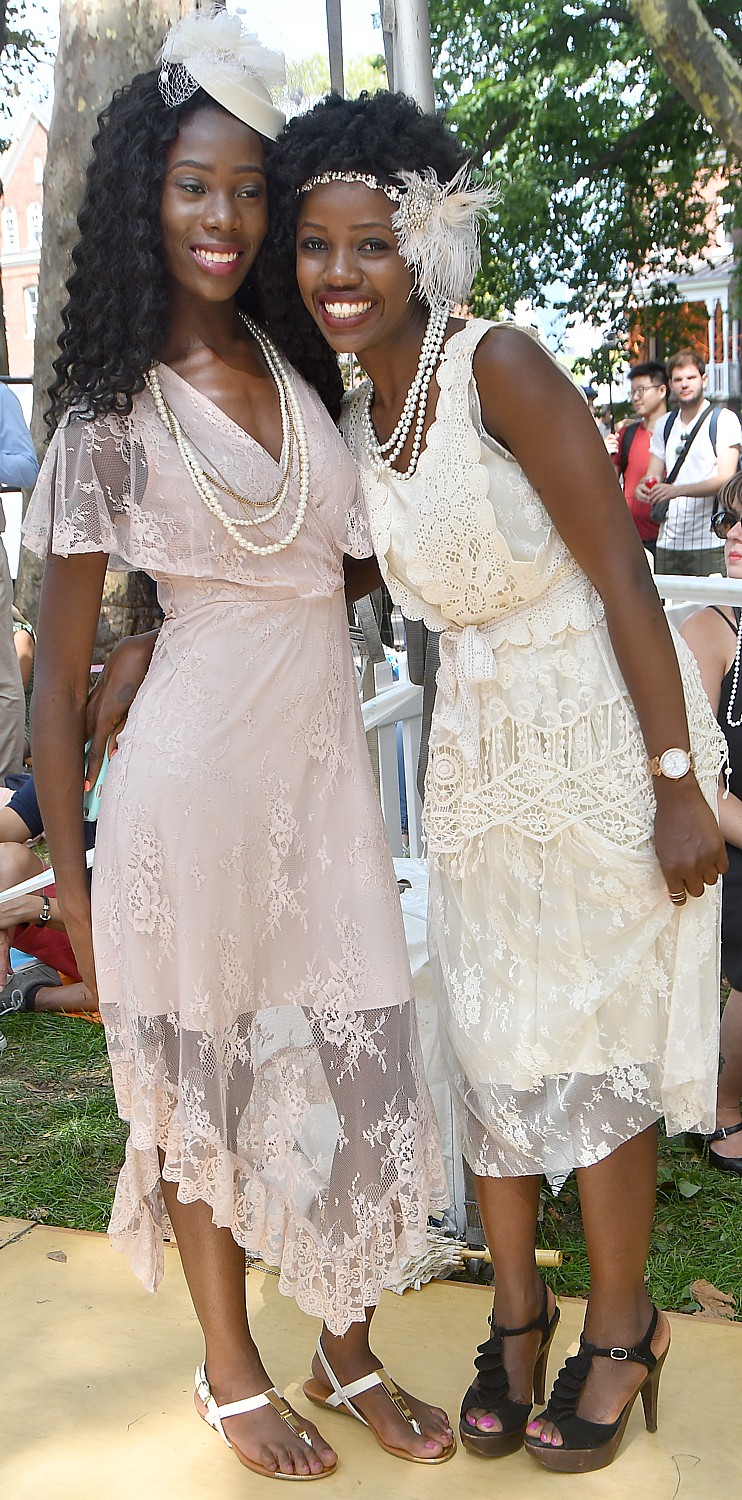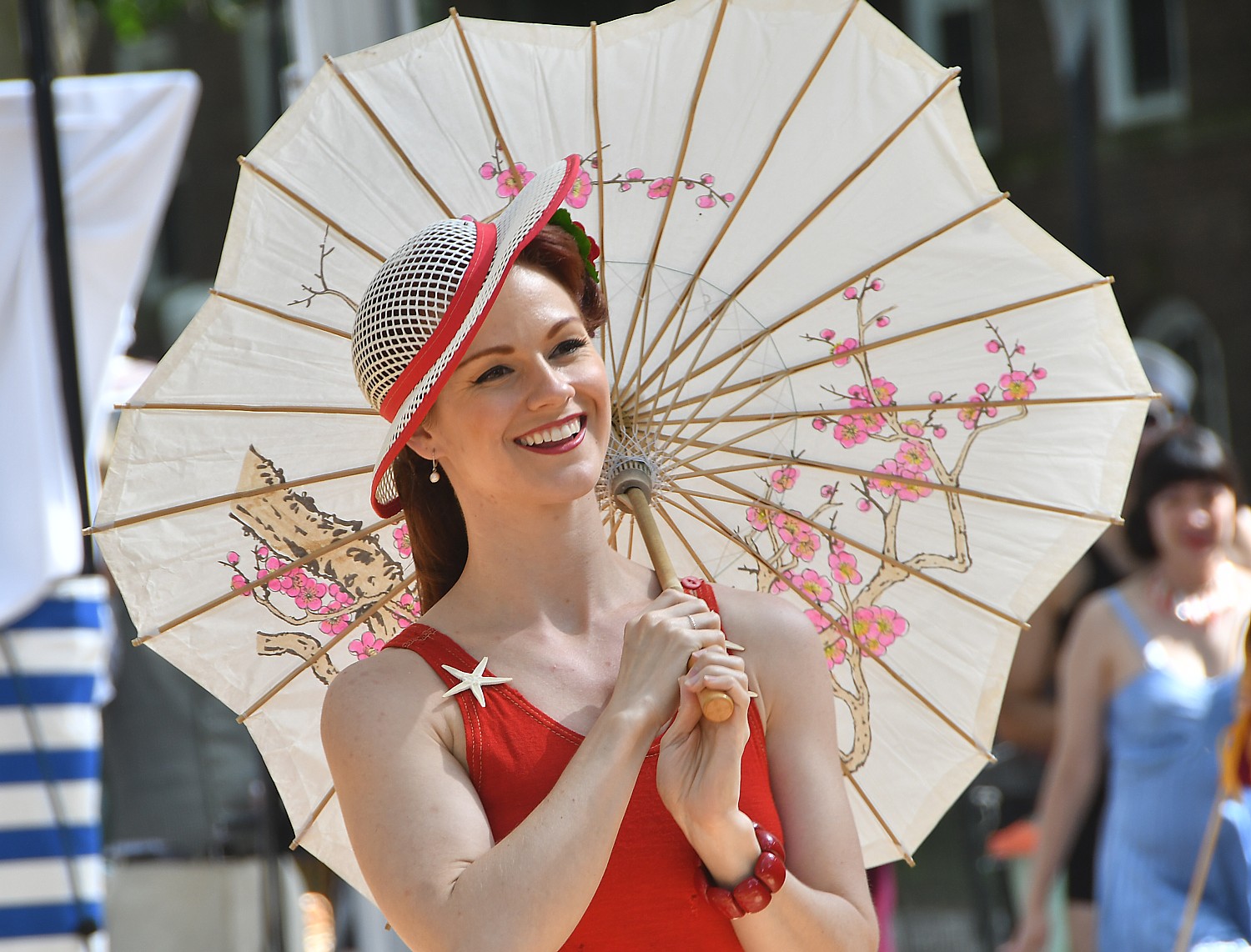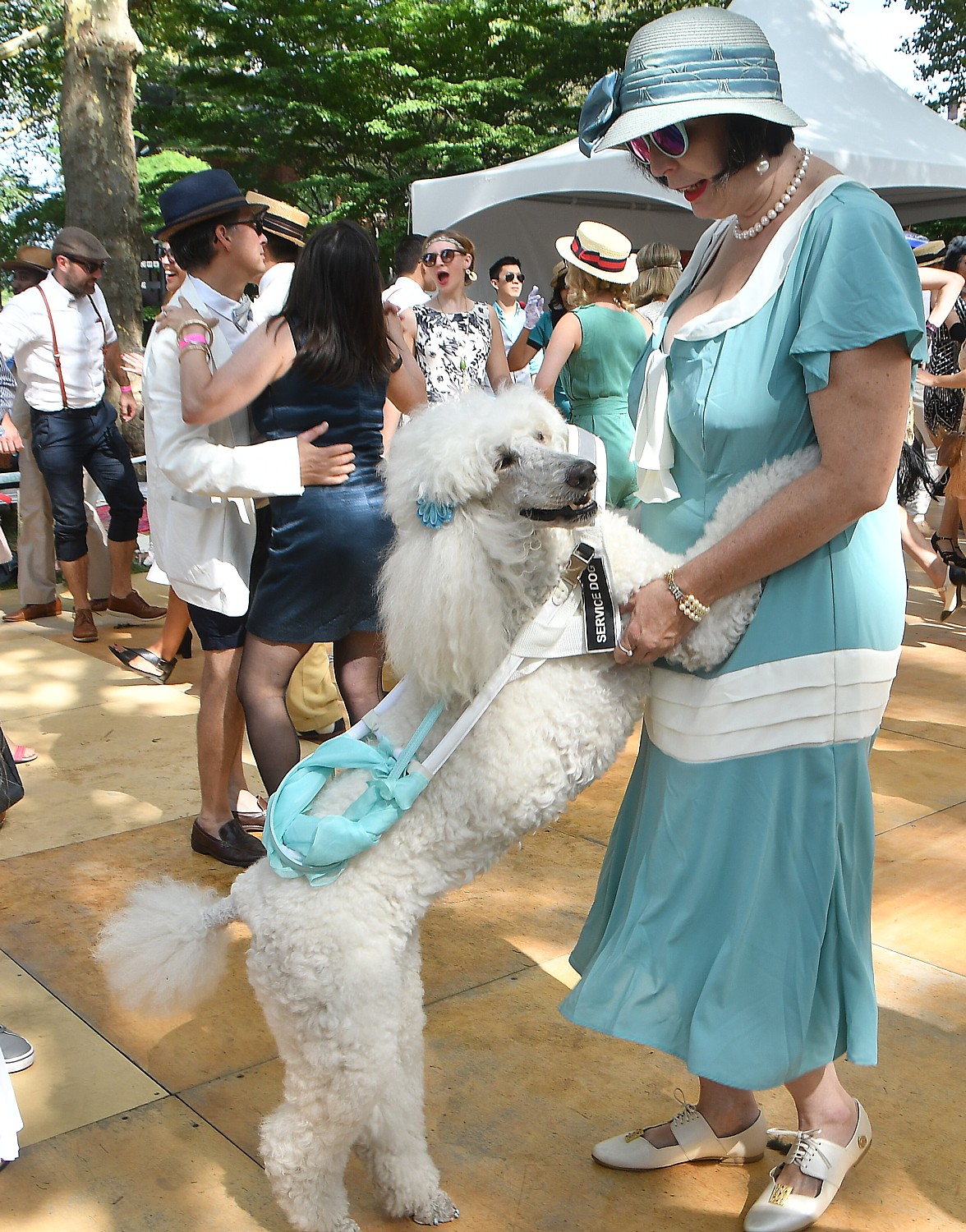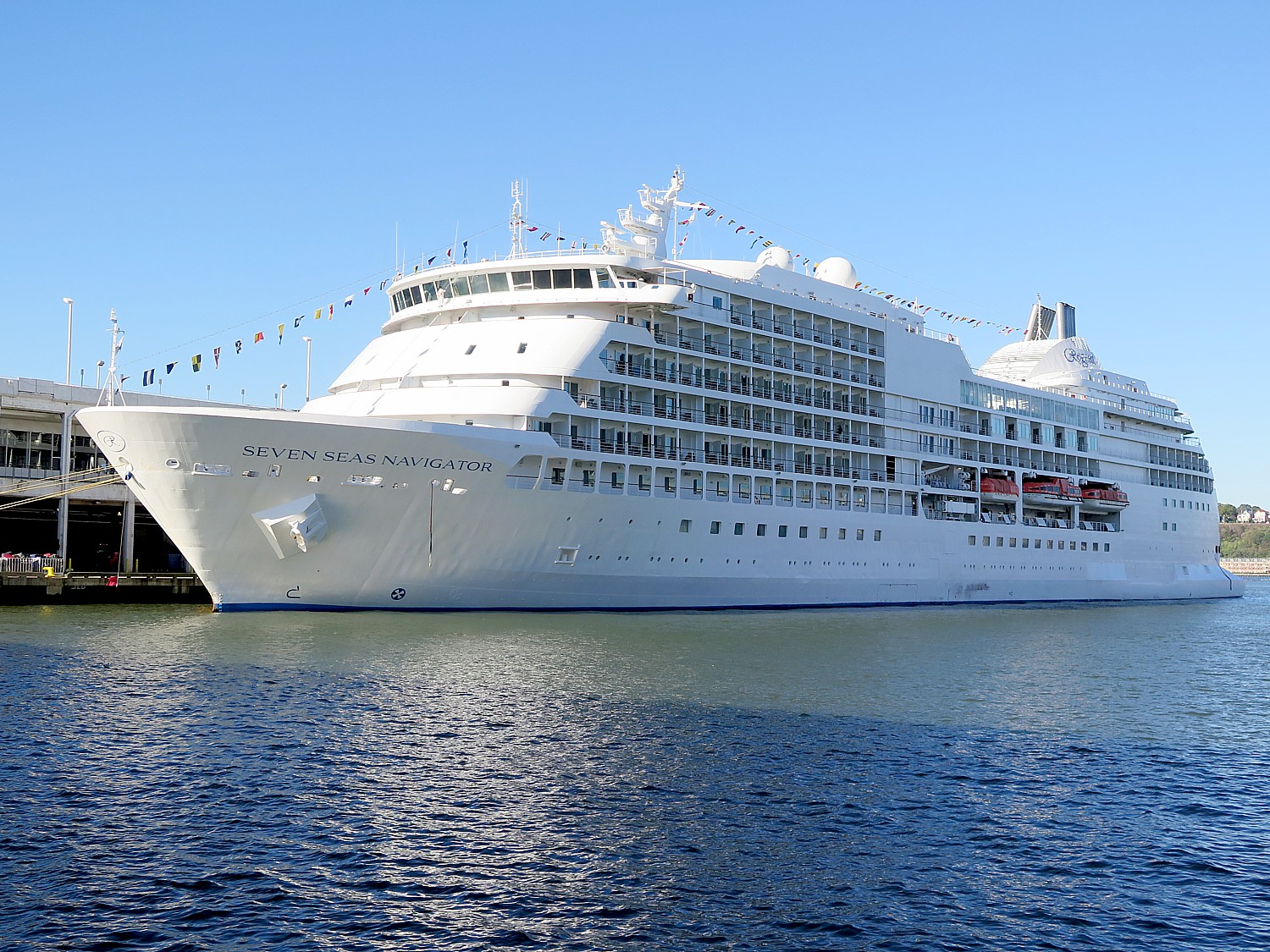
By Karen Rubin, Travel Features Syndicate, goingplacesfarandnear.com
Regent Seven Seas’ Navigator had just come in from a month-long voyage. Docked at Pier 88 on the Hudson River in New York City, as passengers for its next sailing – a 12-day cruise up to Halifax, Nova Scotia and down to Bermuda (fall foliage and eternal spring combined in a single journey) we got to tour the ship and see why Regent boasts being the “most inclusive luxury cruiseline.”
In style, feel, and philosophy, Regent Seven Seas harkens back to the glory days of ocean cruising – elegant, luxurious, intimate, a hunger and excitement to explore places.
RSSC specializes in longer cruises and a focus on destinations with longer stays in port to give more time, more in-depth visits, multiple nights in port, and free, unlimited shore excursions. It lists some 450 ports of call among its itineraries, which include a 137-day circumnavigation of the world, and longer stays in port to give more time, more opportunity for in-depth visits. Regent’s smaller ships can access ports that bigger ships cannot, and therefore are less frequented and less overrun (Check out www.rssc.com/destinations).. For this reason, unlimited shore excursions among a long list of inclusive features
Regent Seven Seas offers a sophisticated, refined ambiance and casual elegance, and a premium on pampered service – the staff to guest ratio is 1:1.5. This isn’t the cruise for a family looking for rock-climbing walls, water slides, flow-riders or supervised children’s activity programs. But it’s a cruise for families who want that sense of discovery, of immersion into cultures and heritage
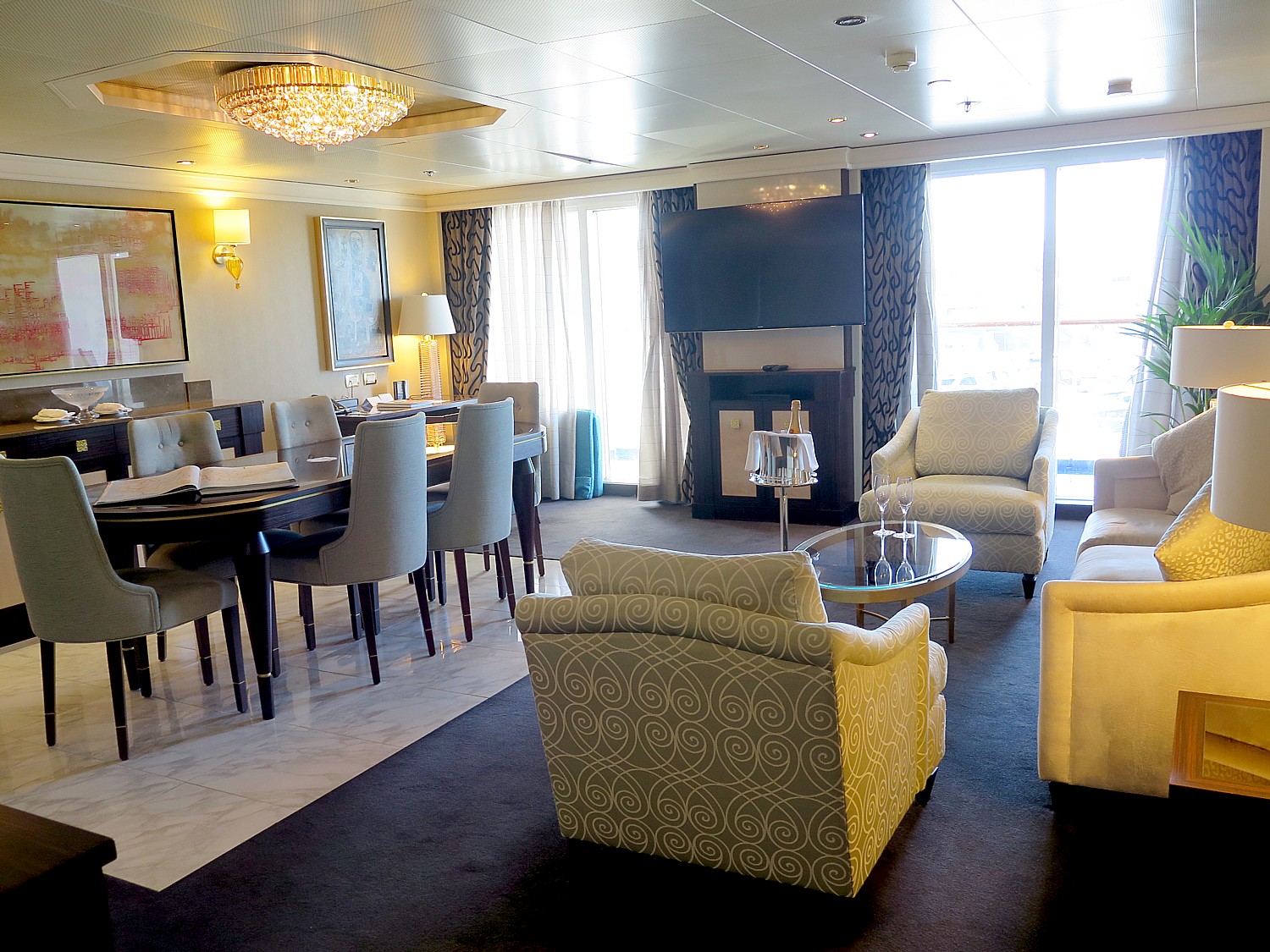
Because of the longer itineraries, cruisegoers tend to be of retirement age, who want “good food and beverage and bucket-list destinations.”
So a really significant all-inclusive feature of Regent Seven Seas Cruises are free unlimited shore excursions in every destination, as many as you like in a day. There are a limited number of optional tours, Regent Choice Shore Excursions, that because of their special content or limited availability or high cost, like heli-touring, require a discounted supplementary charge.
Free unlimited shore excursions (you can take multiple ones a day) is just the beginning. Also included are two-for-one fares; free roundtrip business class air on all intercontinental sailings or free roundtrip air on domestic flights; free unlimited Wifi; specialty restaurants with no surcharge; free unlimited beverages including fine wines and premium spirits; free open bars and lounges; in-suite mini-bar replenished daily; free pre-paid gratuities; free transfers between airport and ship; and free one-night luxury hotel package in concierge suites and above.
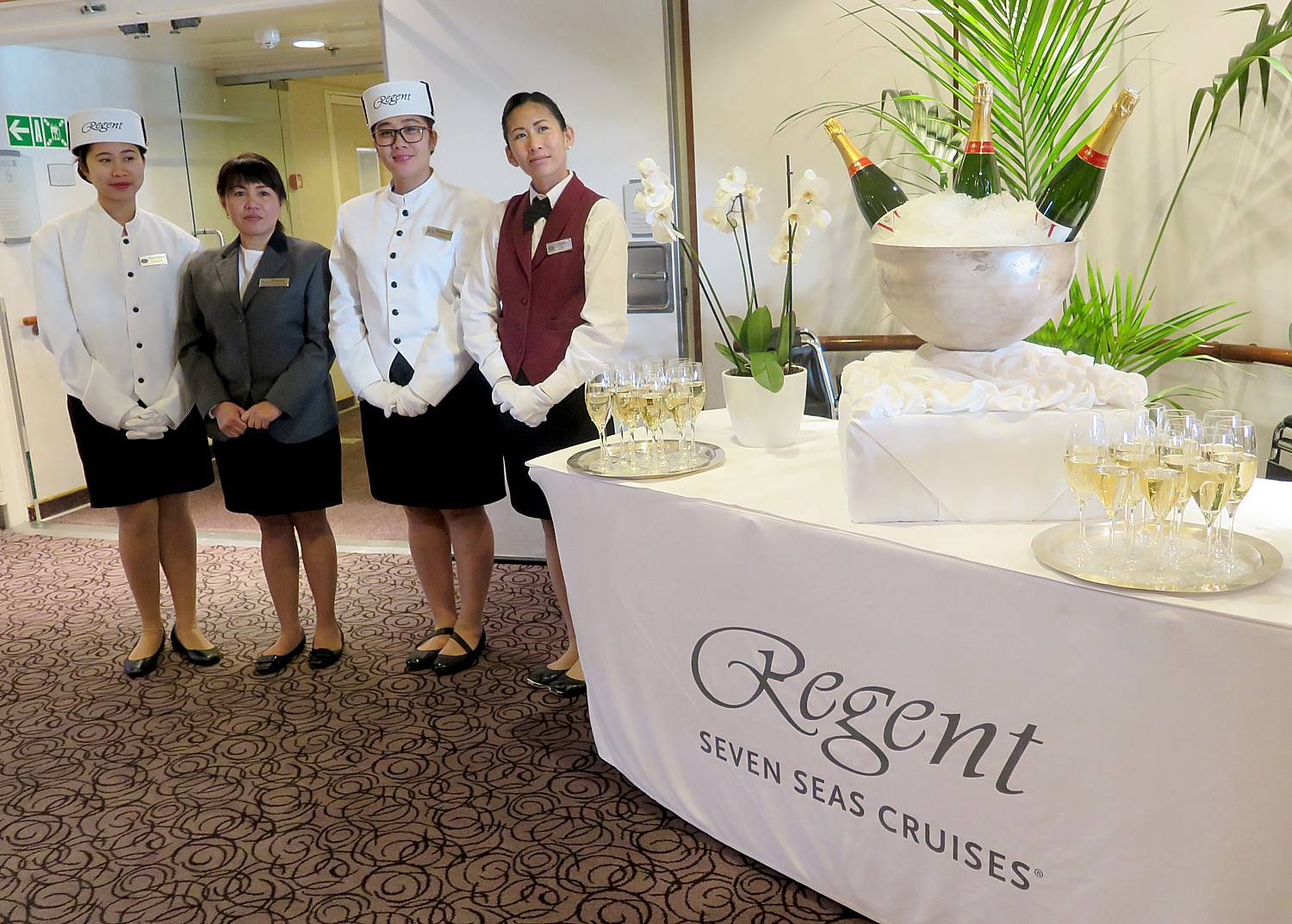
When you calculate the inclusive features, the unabashedly pricey fare becomes more of a value proposition. And, on top of that, there are special offers at RSSC’s site:
For example, the June 12, 2018, 12-day London (Southampton) sailing to Copenhagen on Seven Seas Explorer has two-for-one fares from $12,499 (with the discount) but children 17 or younger sail for $1,299.
The July 6, 2018 12-day Reykjavik to Dublin voyage on Seven Seas Navigator, priced from $9,799 pp, features a bonus savings of $1400 per suite.
A featured offer on an 11-day sailing on Seven Seas Explorer, Monte Carlo to Barcelona on April 12, 2018, with fares from $10,099 pp, features bonus savings of $2800 per suite.
Return to World Cruises
This year, Regent Seven Seas Cruises offered its first world cruise in six years on Seven Seas Navigator, beginning and ending in Miami on a circumnavigation of the globe in 128 nights, calling on six continents, 31 countries, 62 distinct ports and exploring 29 UNESCO World Heritage sites.
Navigator is also the ship for the 2018 and 2019 world cruises; Mariner, which accommodates 700 passengers, will be the ship for 2020.
World Cruises come with a slew of additional inclusive features, including roundtrip air, full medical care, and visa and passport services.
Refined Ambiance
Navigator is refinement, elegance and grace, a destination in itself. Accommodations are all-suites, nearly all with private balcony. With only 490 guests, and a staff to guest ratio of 1 to 1 ½, you feel pampered.
Regent Seven Seas refurbishes ships every 2-3 years; and in 2016, Regent initiated a two-year fleet-wide $125 million refurbishment program to bring its ships up to the standard of its newest, Seven Seas Explorer, which has been hailed as “the most luxurious cruise ship” ever built.
Navigator had just gone through a bow-to-stern refurbishment in the first phase of the renovation project and we were able to see the fresh, warm color schemes, contemporary design, plush furnishings and amenities.
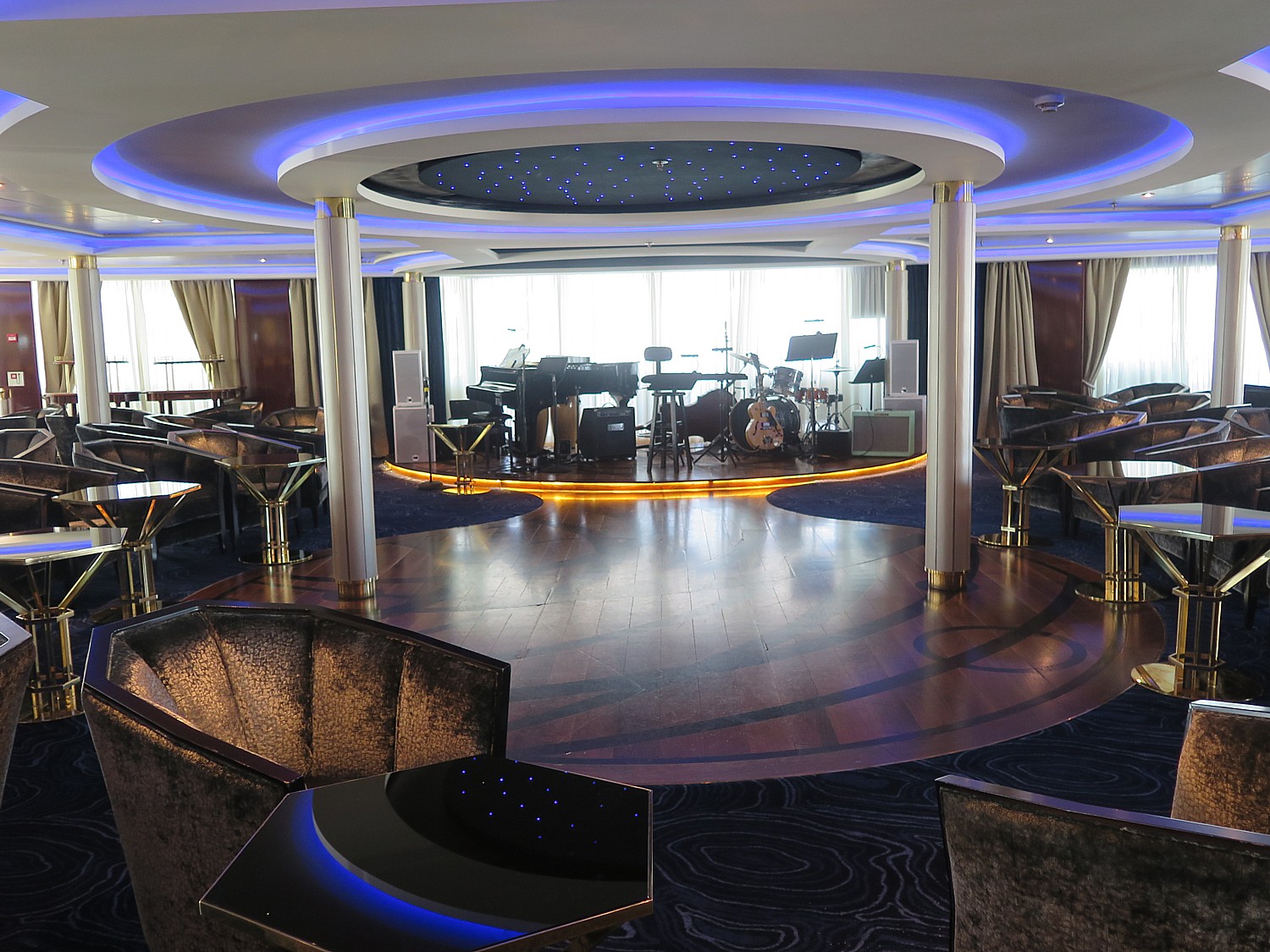
A popular space is the Galileo Lounge on Deck 11 with a décor that conveys a celestial feel, beginning with its tempered glass double-door entrance trimmed with an abstract design reminiscent of the solar system and featuring a decorative sun-shaped handle. That theme extends inside the 132-seat cocktail lounge, where a night-black oval-shaped ceiling twinkling with fiber-optic “stars” overlooks the inlaid wooden dance floor.
Navigator Lounge / Coffee Connection: By day, these intimate Deck 6 venues – connected by a central walkway – are bathed in natural light from a bank of windows overlooking the sea. By night, the Navigator Lounge transforms into a small night club, with a Steinway piano as the centerpiece. Adding to the elegance are leather-wrapped columns with a copper-topped capital and dark wooden base.
The theater is a stunning affair – sofas and easy chairs with small tables, a beautiful stage where there is nightly entertainment – Broadway reviews and Las-Vegas style entertainment performed by a small cast of 4 to 6, plus onboard lectures from the Smithsonian Collection by Smithsonian Journeys .
There is also a small casino in the style of the French and Italian Riviera, as opposed to Las Vegas glitz and noise.
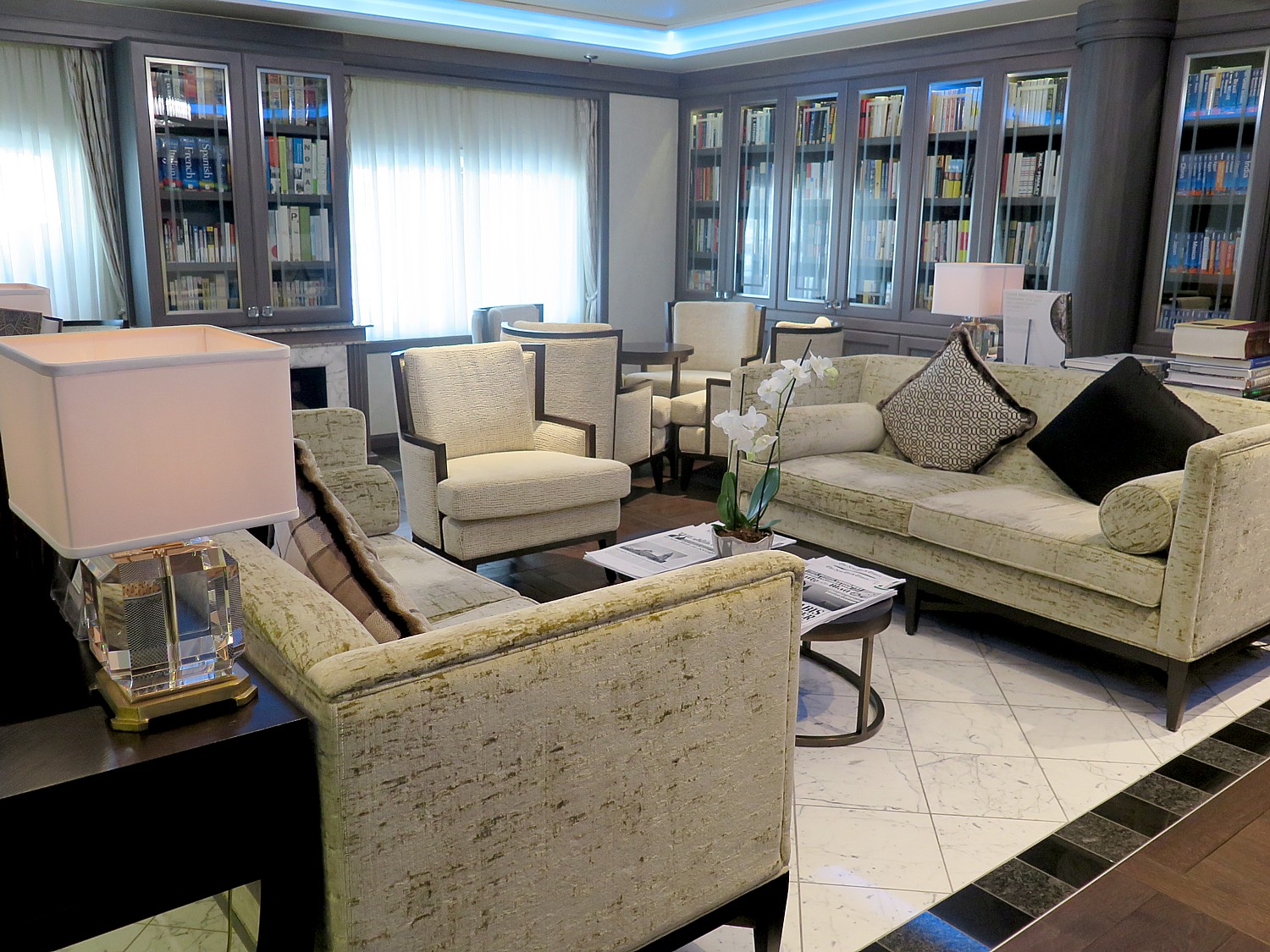
The Library is gorgeous (there is wireless access throughout the ship, free wifi).
There is an onboard Canyon Ranch SpaClub® offering various spa treatments; as well as a fitness room and yoga rooms – with free classes (stretching, pilates, yoga, spinning) offered throughout the voyage.
The outdoor pool is lovely; there is also a jogging track and miniature golf.
Cuisine
Regent Seven Seas is also known for its cuisine. In Compass Rose, the main dining room, the menu changes daily with a selection of offerings that reflect the destination, along with popular Continental cuisine standards, a selection of Canyon-Ranch healthful items, vegetarian and Kosher. The specialty restaurant on board, Prime 7, is a classic American steakhouse.
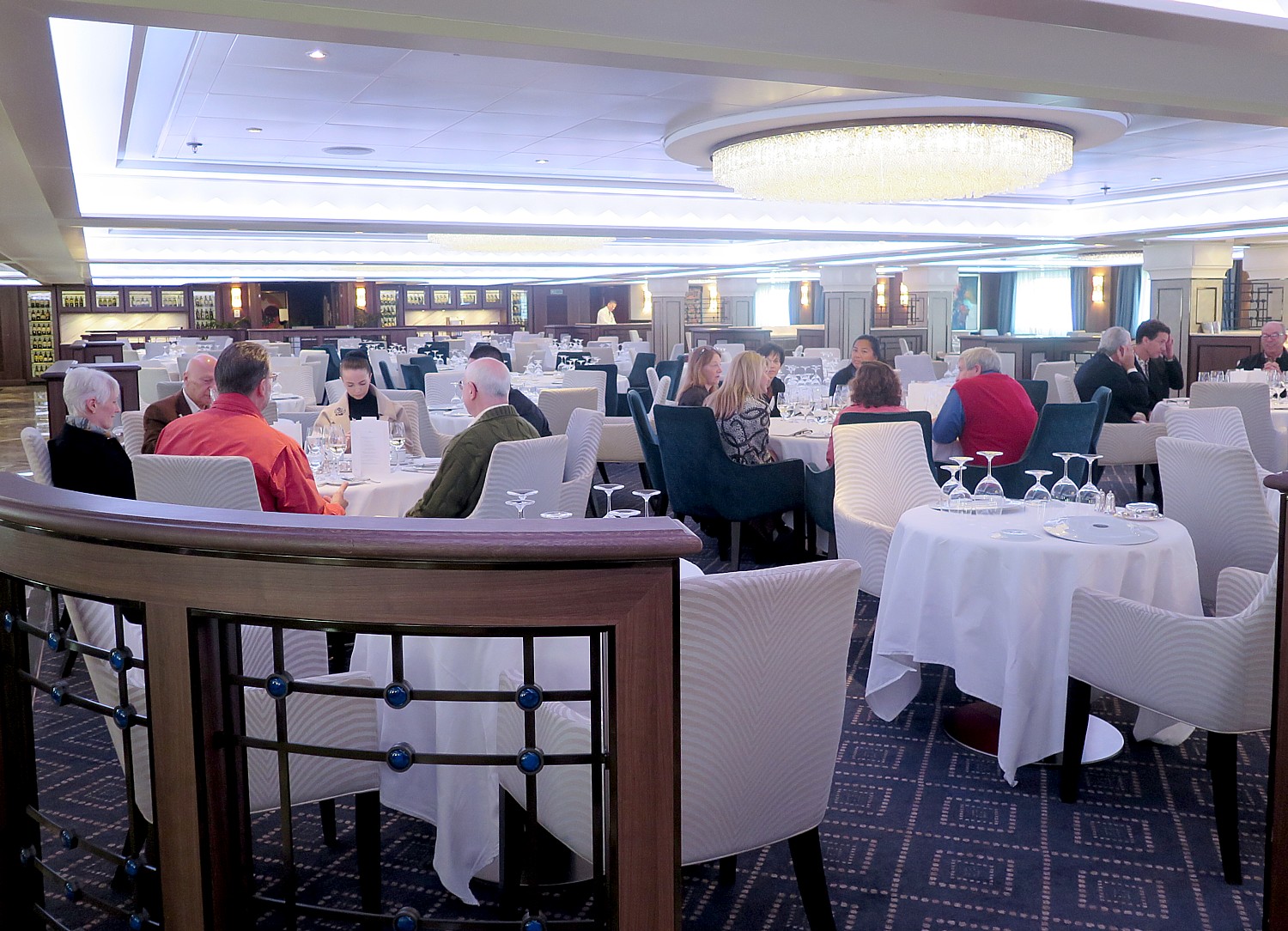
La Veranda, a lovely casual restaurant for indoor and al fresco dining with incredible ocean views, is the casual restaurant serving smorgasbord-style for breakfast and lunch that transforms into a fine dining venue, Sette Mari La Veranda, for dinner featuring regional specialties and Italian specialties.
The Pool Grill offers casual dining al fresco and a popular Burger Bar. There are culinary demonstrations and wine tastings.
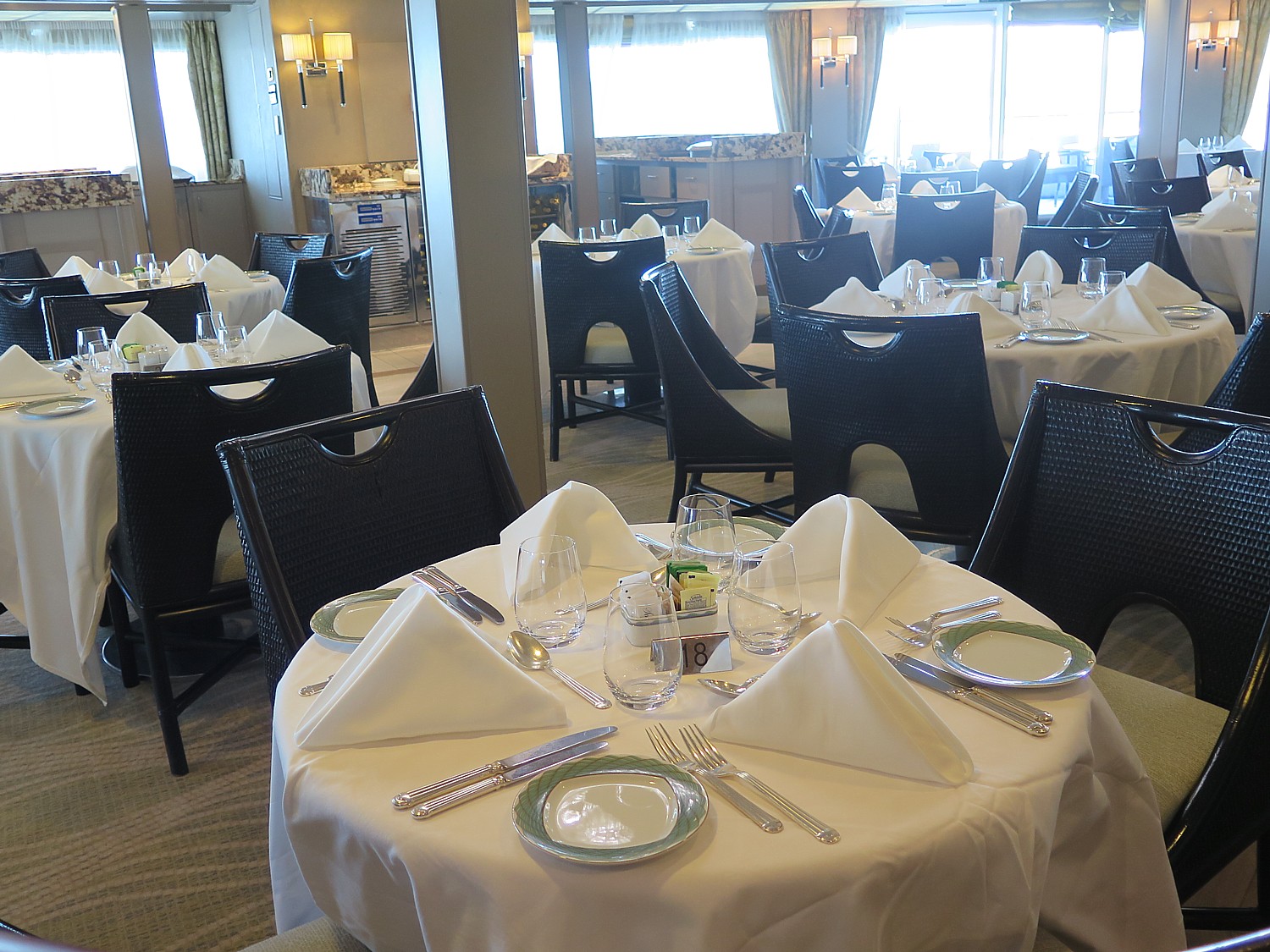
Suites with Benefits
Regent Seven Seas prides itself on being the most inclusive luxury cruising experience afloat, but as the suite category increases, so do added benefits:
The Concierge Suite Category, 356 sq ft with 55 sq ft balcony, adds free one-night pre-cruise luxury hotel package that includes ground transfers, breakfast, porterage; priority online shore excursion and dining reservations; binoculars; Espresso Maker & cashmere blankets, commemorative gift plus the rest of the amenities.
The Penthouse Suite category, 356-476 sq. plus 55-60 sq ft. balcony adds in personal butler; daily canapés; Guerlain bath amenities; in-suite I-Pad; personalized stationery; complimentary pressing on first night.
The Navigator Suite category, ranging from 414 to 495 sq ft with balcony, adds a welcome bottle of Veuve Clicquot and fresh flowers; personalized in-suite full-liquor bar set-up; in-suite caviar service; delivery of up to three daily newspapers and world atlas; in-suite Blue-ray Player; selection of Fig & Tea Leaves Bath Salts; luxe fruit arrangement, plus all the amenities provided in Penthouse, Concierge.
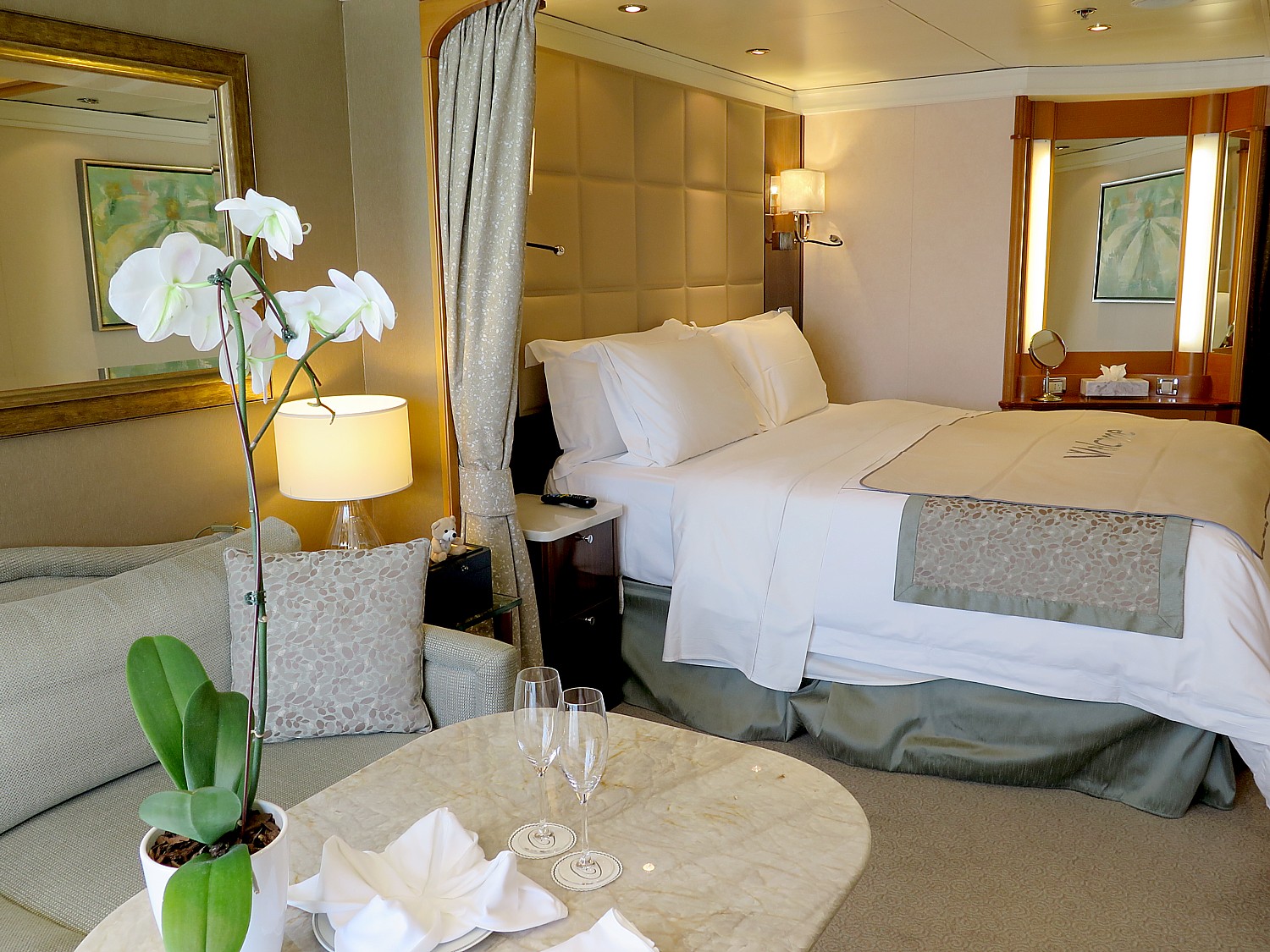
The Master Suite category, ranging in size from 1021 to 1173 sq ft with 100 sq ft balcony, some with full wrap-around and the Grand Suite Category, 539 sq ft., plus 200 sq. ft balcony, some with full wrap-around balcony, adds on Dinner with the Captain; guaranteed reservation each night in specialty restaurant of your choice; in-suite dining menu; complimentary 25 minute personal fitness session at the Canyon Ranch SpaClub® Fitness Center; in-suite complimentary cocktail party for eight; Guerlain Box; Bottega Veneta bath amenities (in addition to the others) and Tea Forte set-up.
The suites are have big-screen TVs; walk-in closets equipped with plush terry robes and slippers; umbrella, hats, bag; bathroom well stocked with a selection of top-flight toiletries; an amenities box of everything you might think of (with a plush bear); liquor set-up; coffee-maker.
And, in the category of “they think of everything”, each deck has a launderette that is available to guests – extremely popular, especially on longer cruises.
Events at Sea
With just 245 suites, Navigator is the smallest ship in Regent Seven Seas’ fleet, and its size, equivalent to a luxury boutique hotel, makes it ideal for corporate incentives, meetings and events.
In fact, organizations can charter the ship –about $1.2 million might do it – for a three or four-day sailing and RSSC will alter the itinerary, bring the ship to you, and customize the cruise, while incorporating all the inclusive features (shore excursions can include team-building activities).
The ships are ideal size for corporate meetings, incentives, or events, and a cruise is ideal because everything is included, the participants spend their time together, there are venues for meals, entertainment, and it has the allure of being luxurious, glamorous, special and an experience that cannot be duplicated.
Everyone who sails on Regent Seven Seas is automatically inducted into the Seven Seas Society, a loyalty program that comes with exclusive rewards and benefits such as priority online shore excursion and dining reservations, free garment pressing and WiFi.
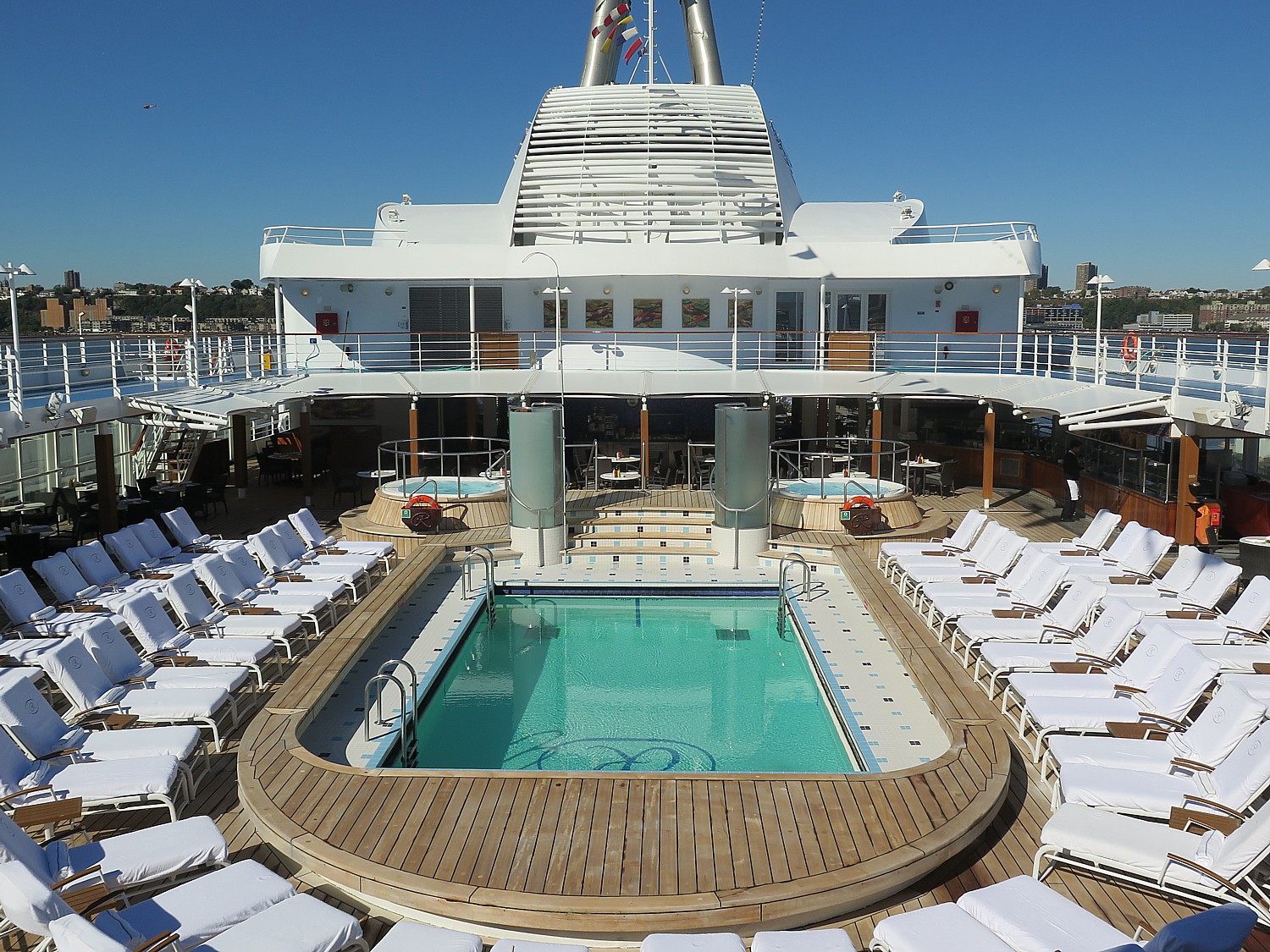
Regent Seven Seas Cruises is part of Norwegian Cruise Line Holdings Ltd., a leading global cruise company which also operates Norwegian Cruise Lines and Oceania Cruises. With a combined fleet of 22 ships and around 45,000 berths, these three brands offer itineraries to more than 520 destinations worldwide. The company is introducing five more ships through 2019.
Norwegian Cruise Line is an innovator in cruise travel, most notably with the introduction of “Freestyle Cruising,” which revolutionized the industry by giving guests more freedom and flexibility. Also, The Haven, which is a luxury enclave with suites, its own private pools and dining, concierge service and personal butlers.
Oceania Cruises offers immersive destination experiences with destination-rich itineraries spanning the globe and the finest cuisine at sea.
Regent Seven Seas and Norwegian Cruise Lines have both undertaken fund-raising campaigns to help the recovery in Caribbean islands so badly damaged by the recent hurricanes.
Nine of the line’s itineraries have had some adjustments – six replaced calls at San Juan with St. Kitts.
For more information about Regent Seven Seas Cruises, visit www.RSSC.com, call 844-4REGENT (844-473-4368) or contact a professional travel agent.
_______________________
© 2017 Travel Features Syndicate, a division of Workstyles, Inc. All rights reserved. Visit goingplacesfarandnear.com, www.huffingtonpost.com/author/karen-rubin , and travelwritersmagazine.com/TravelFeaturesSyndicate/. Blogging at goingplacesnearandfar.wordpress.com and moralcompasstravel.info. Send comments or questions to [email protected]. Tweet @TravelFeatures. ‘Like’ us at facebook.com/NewsPhotoFeatures


